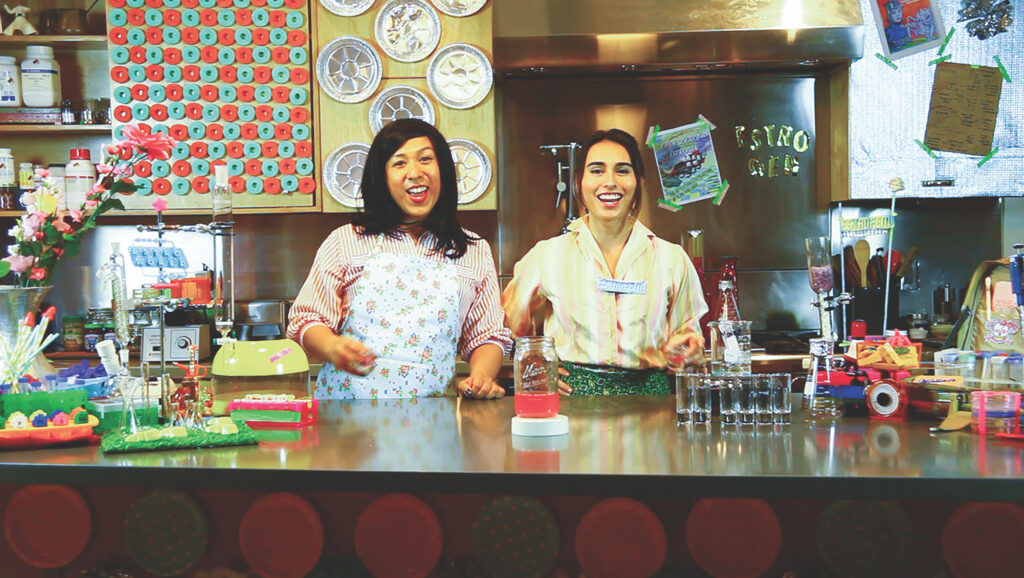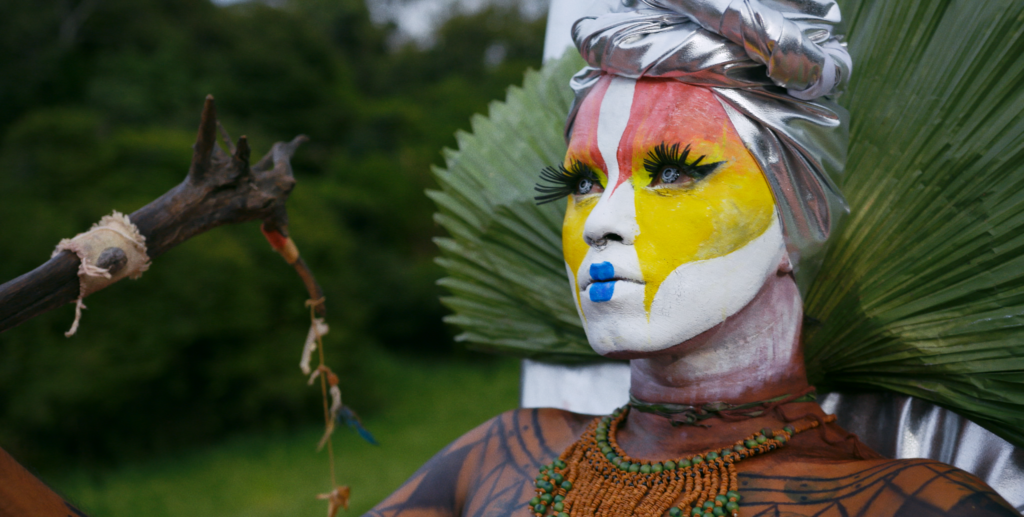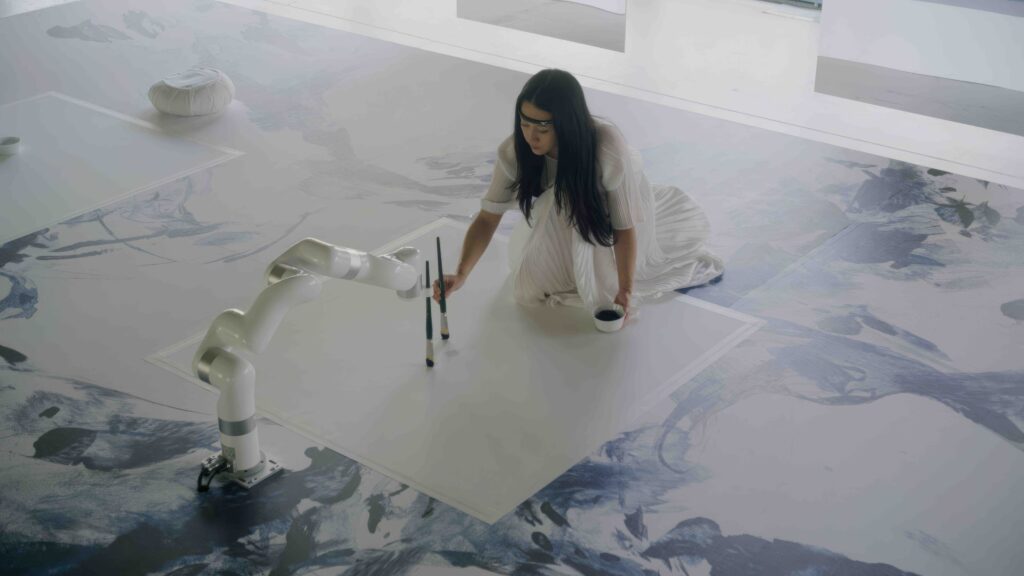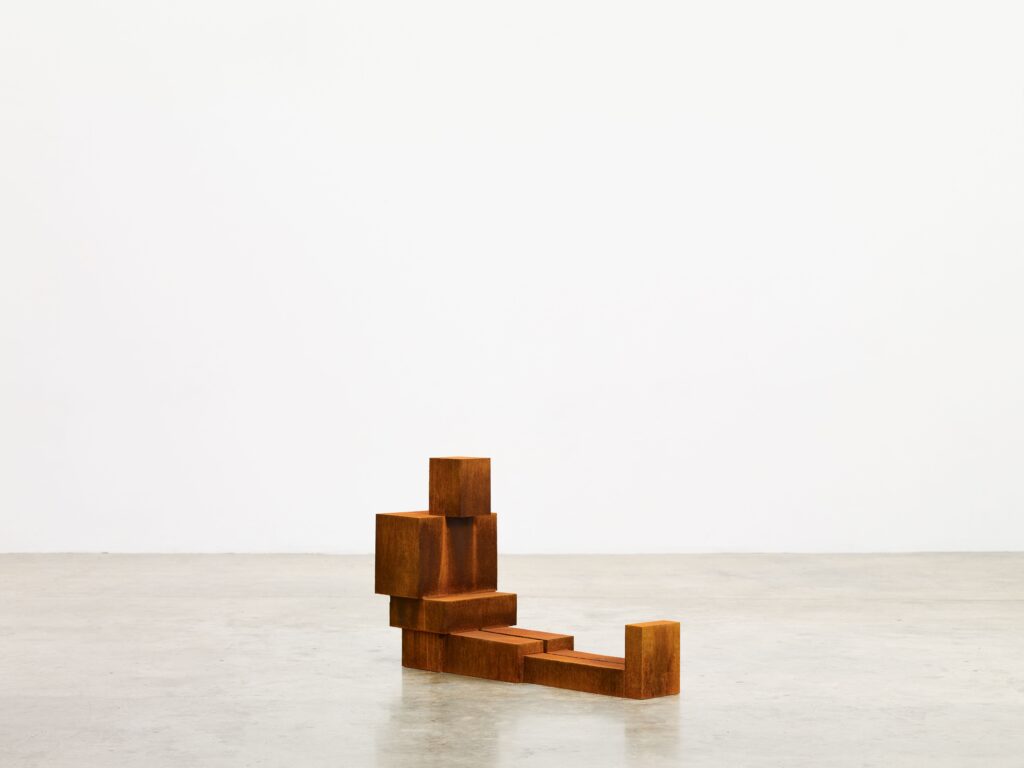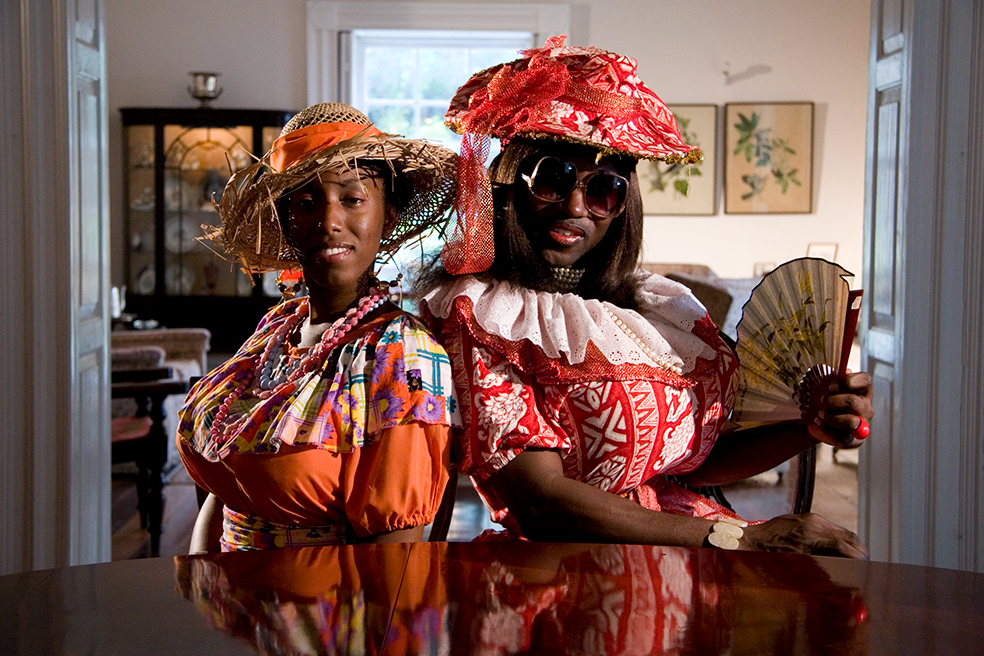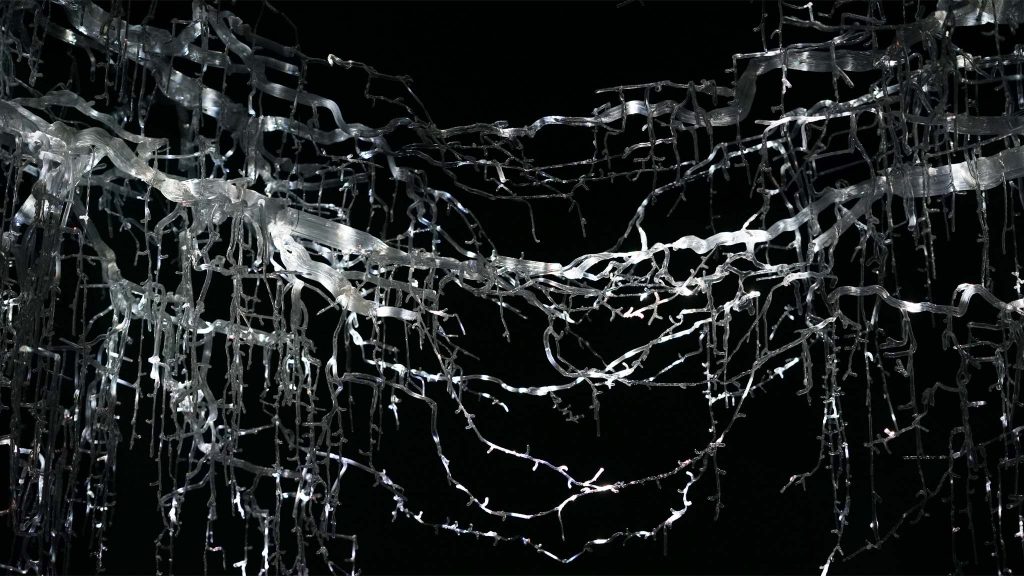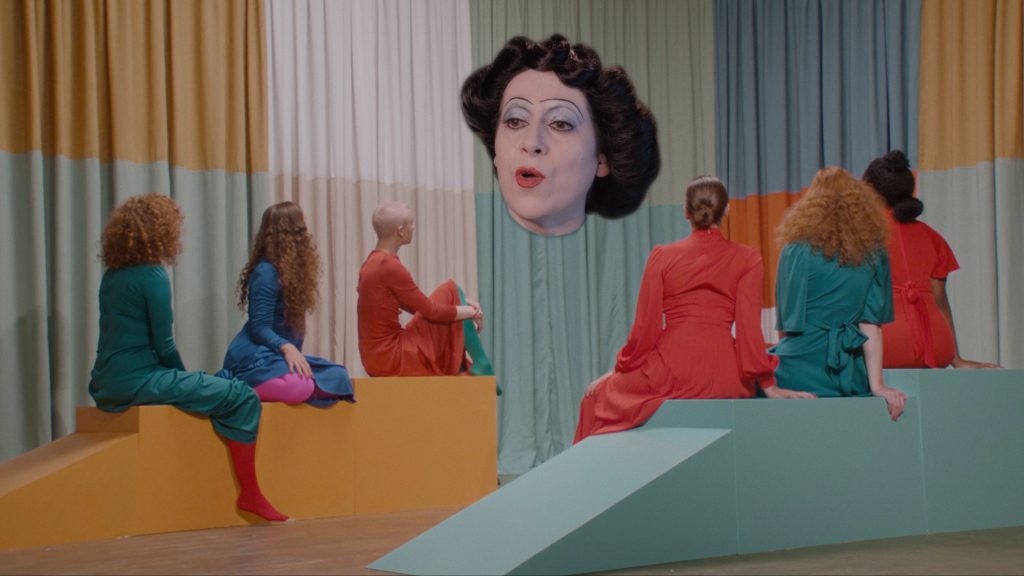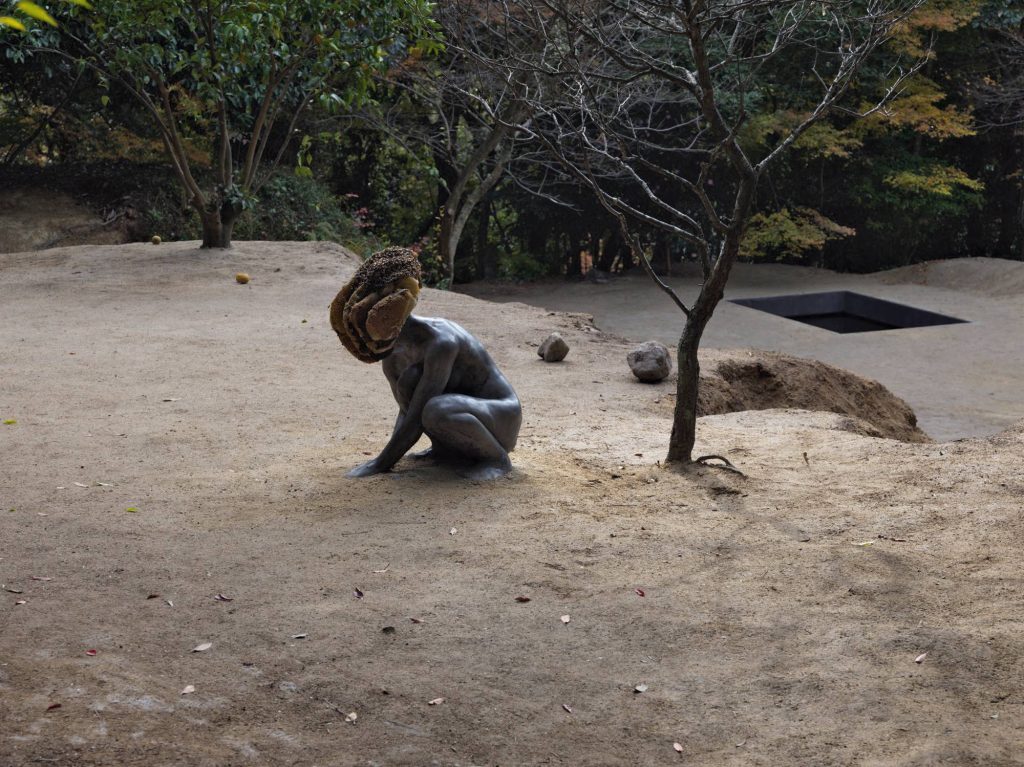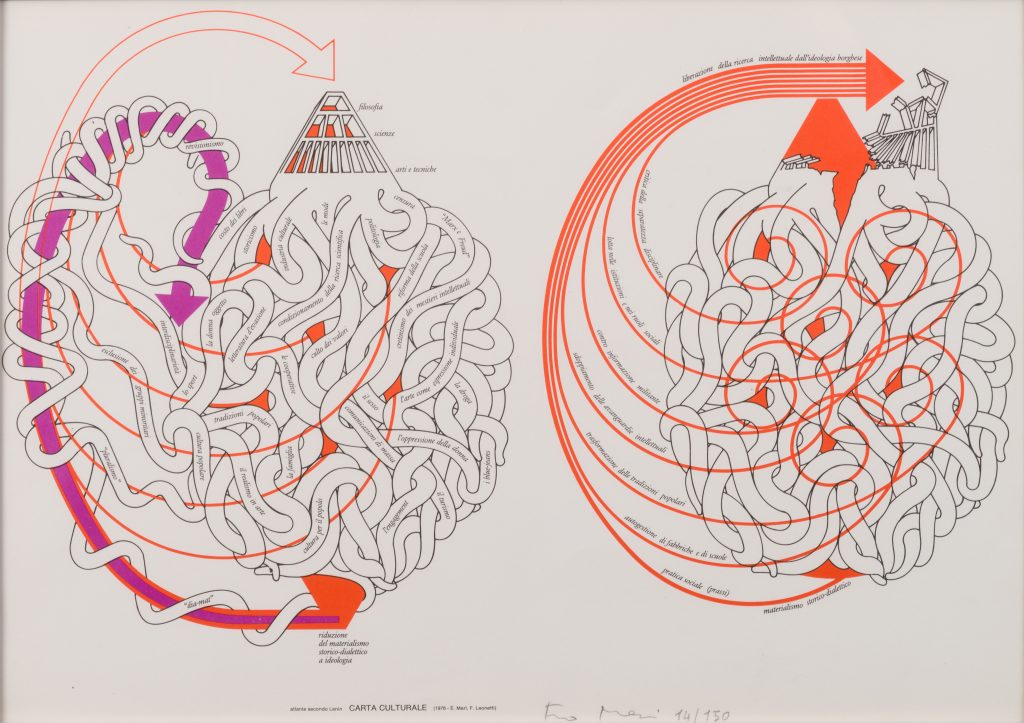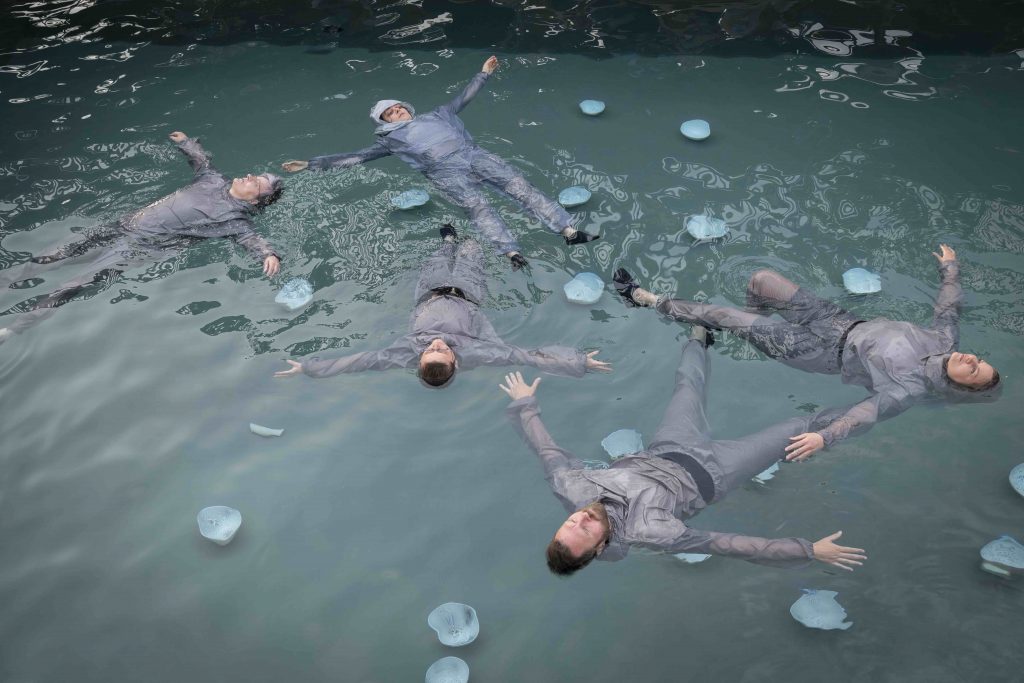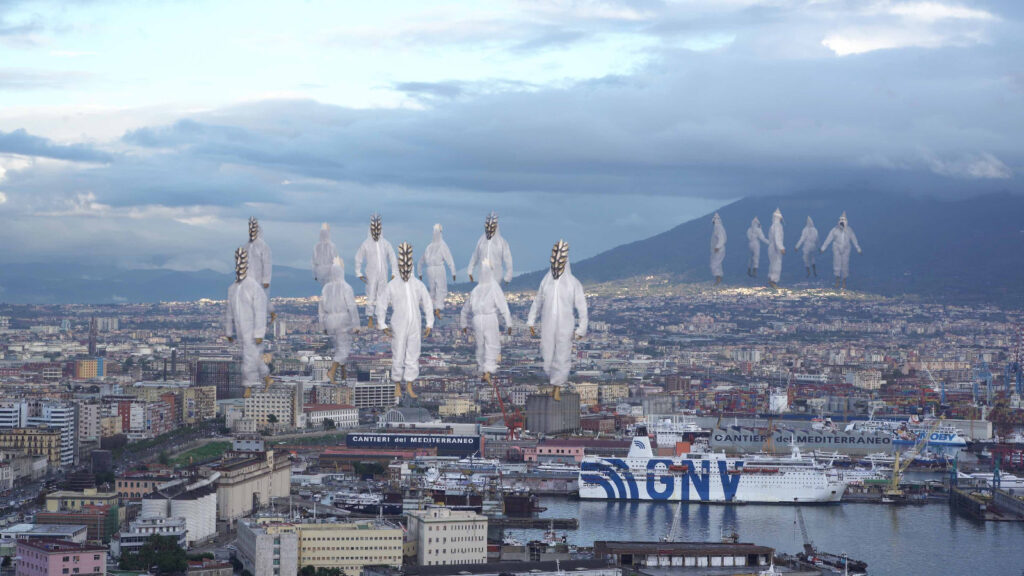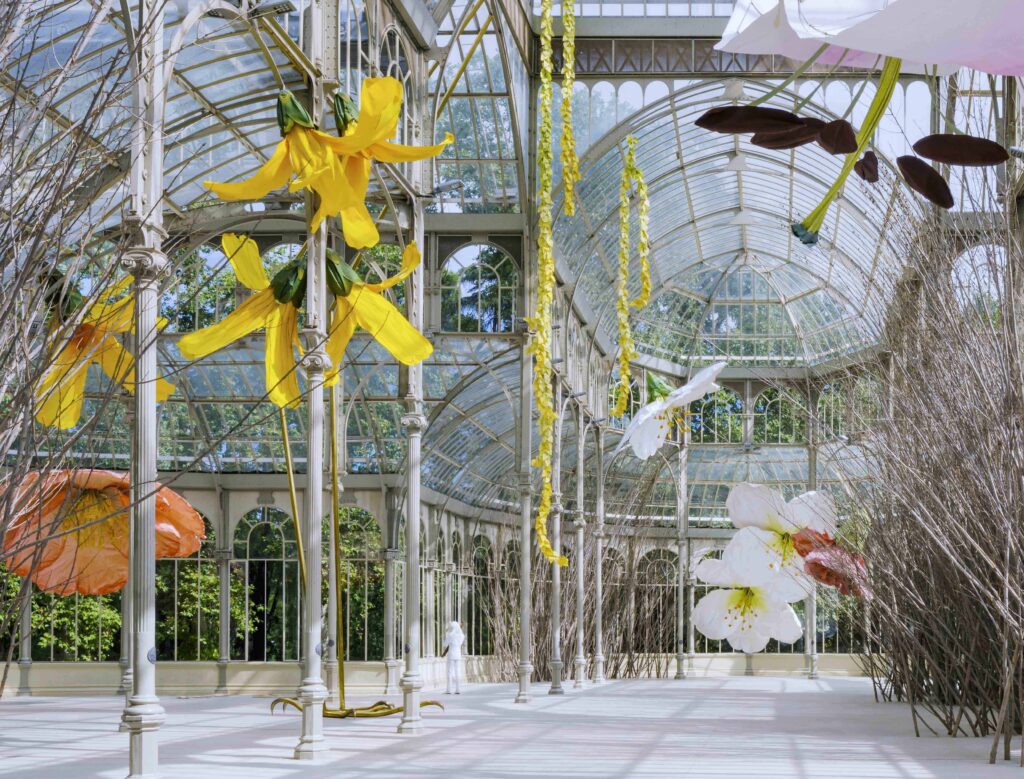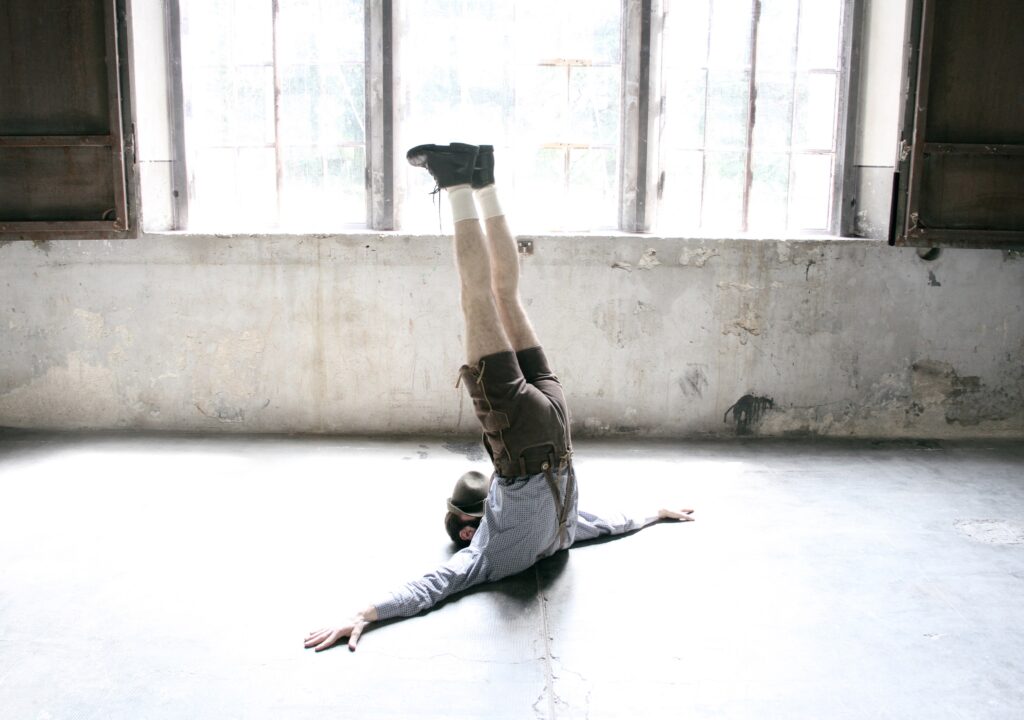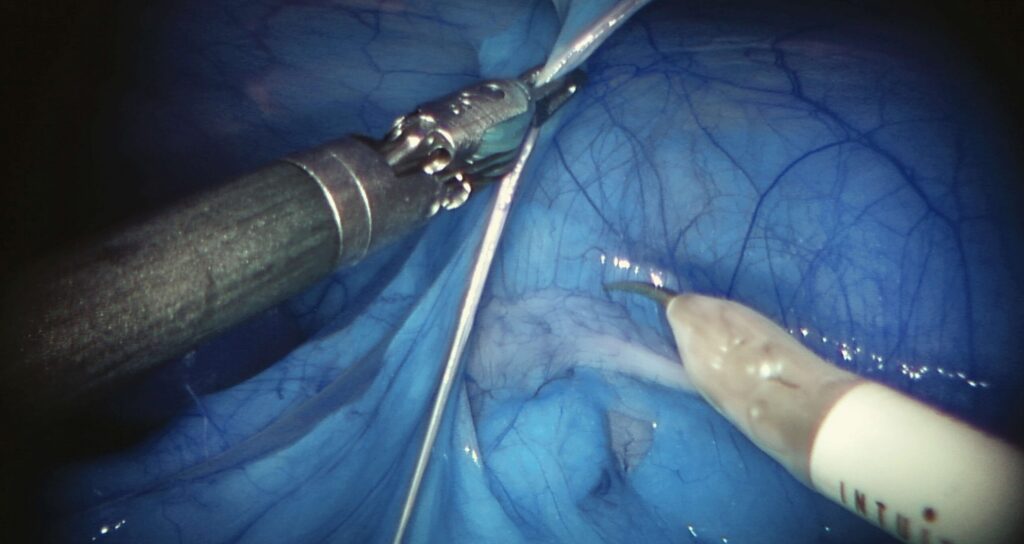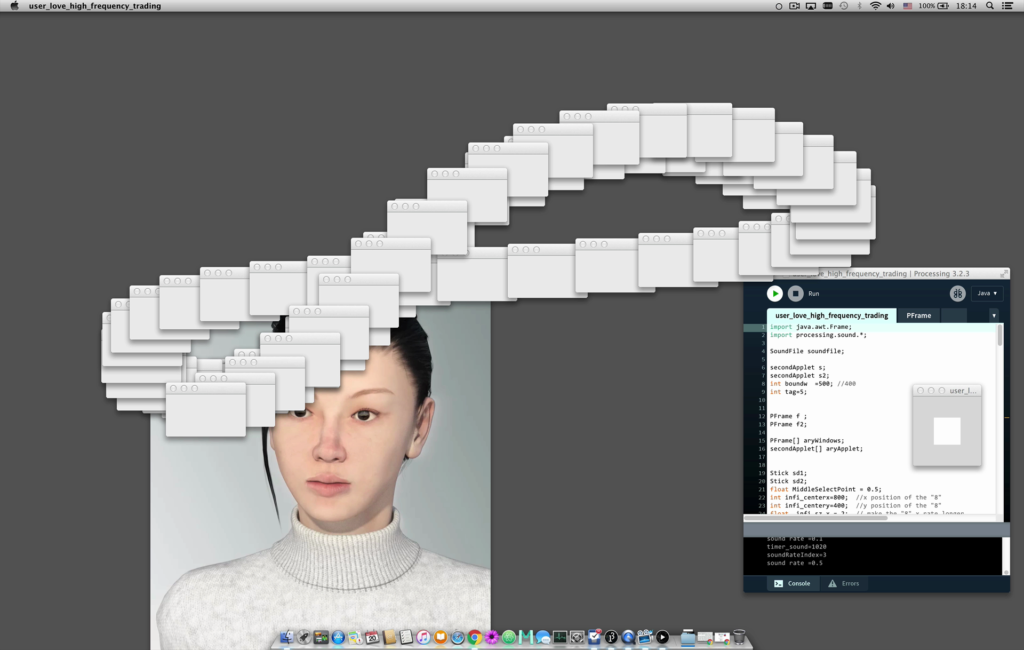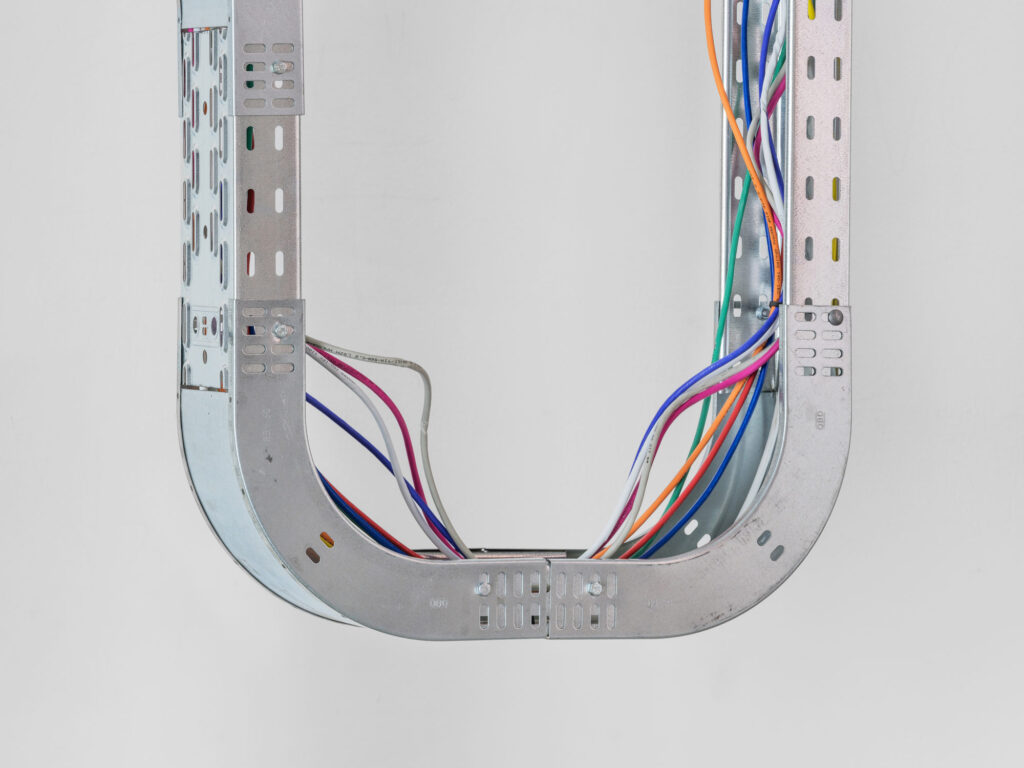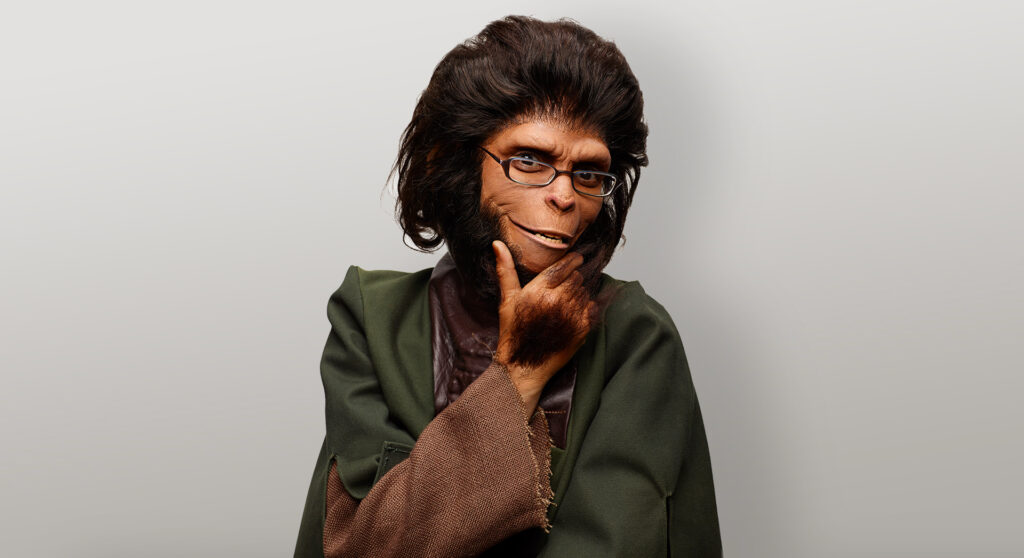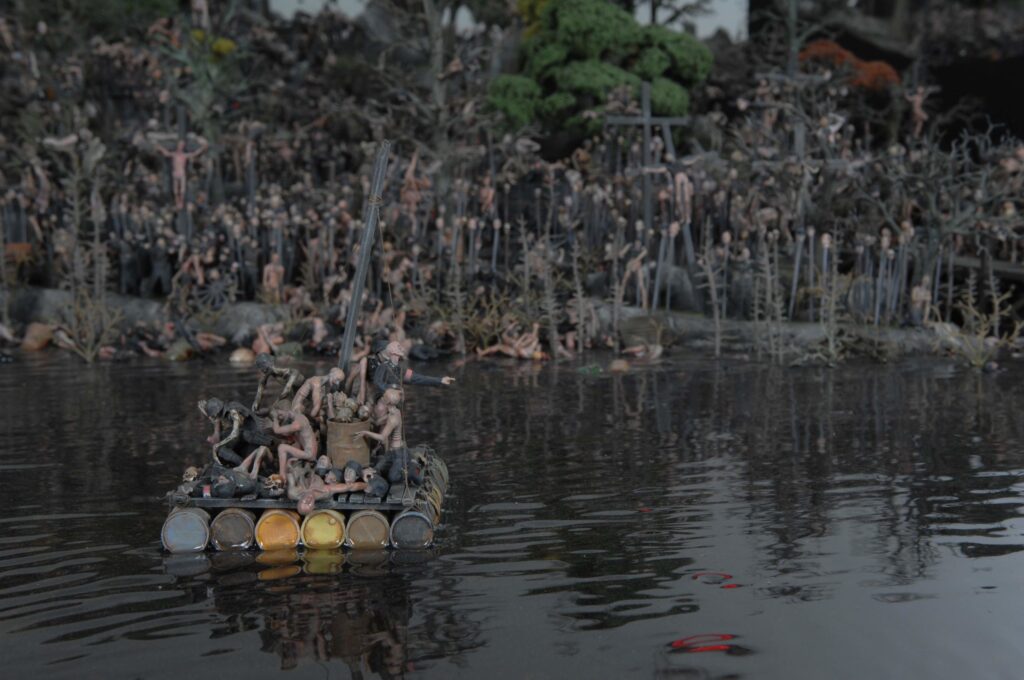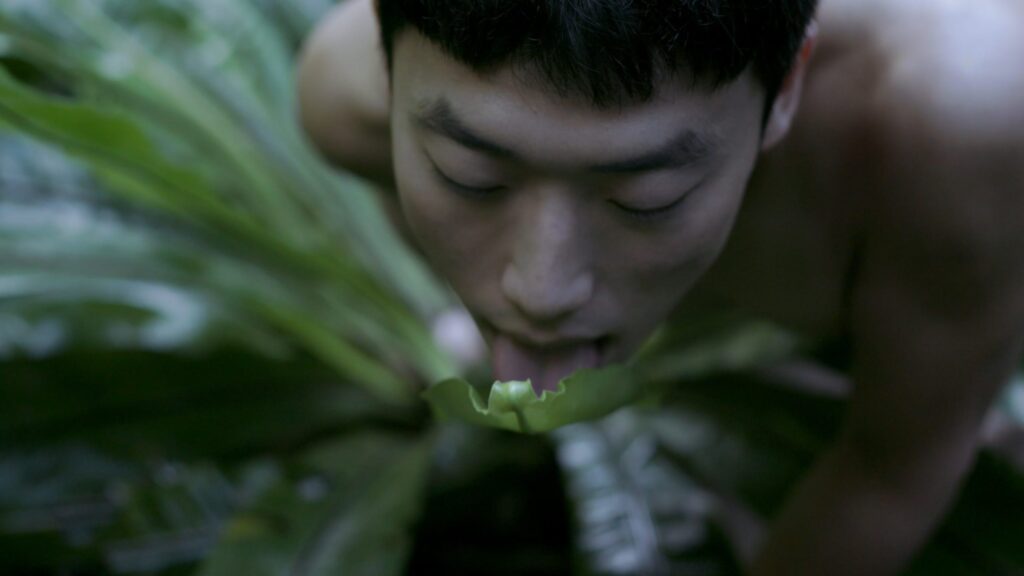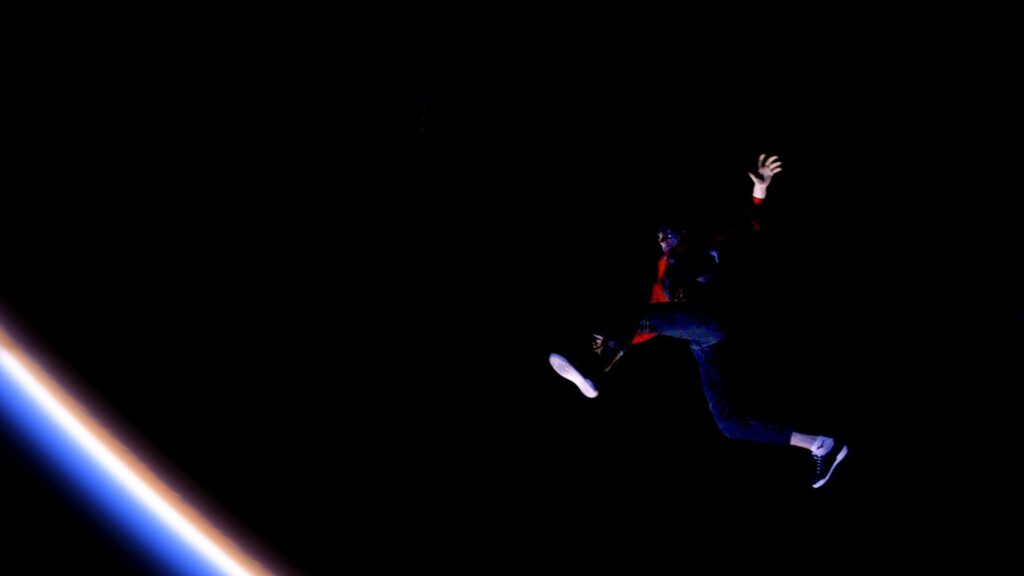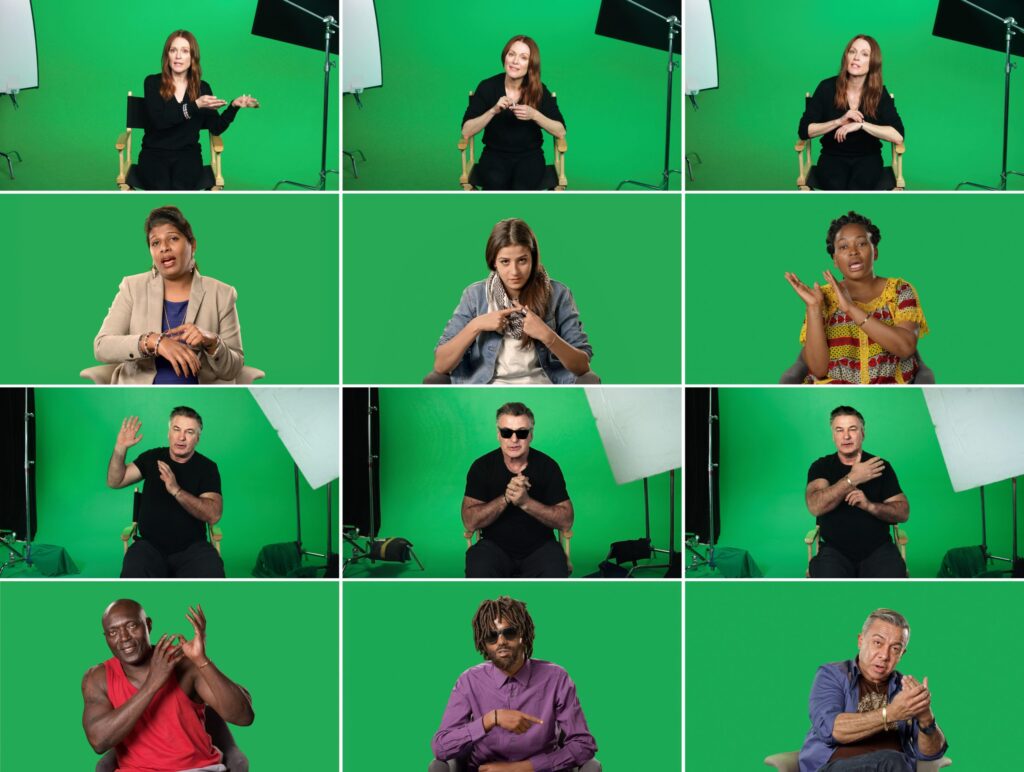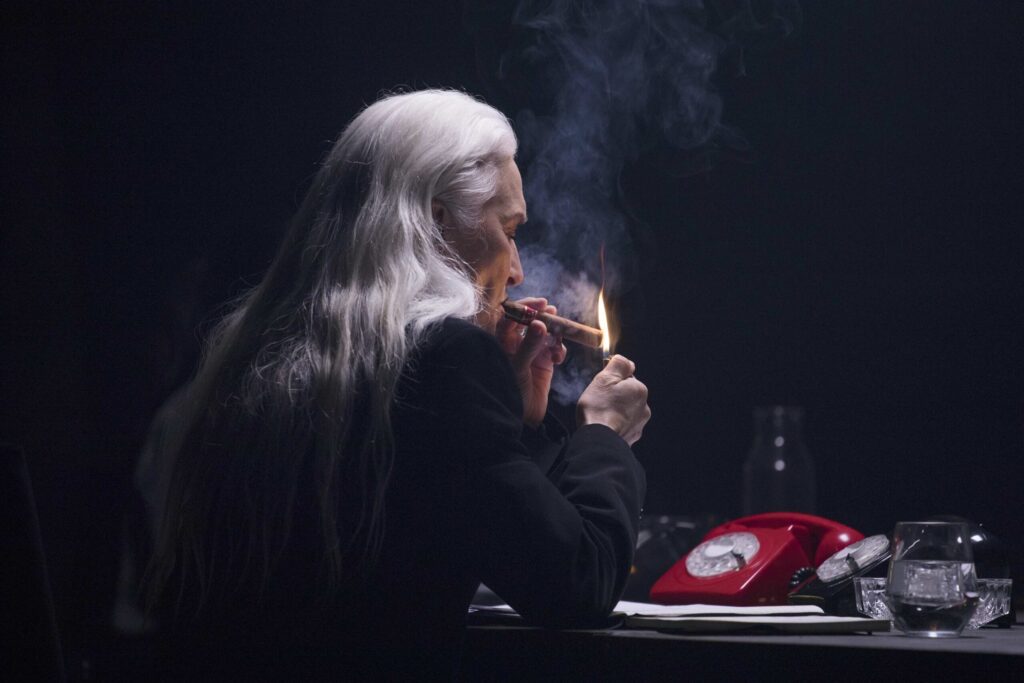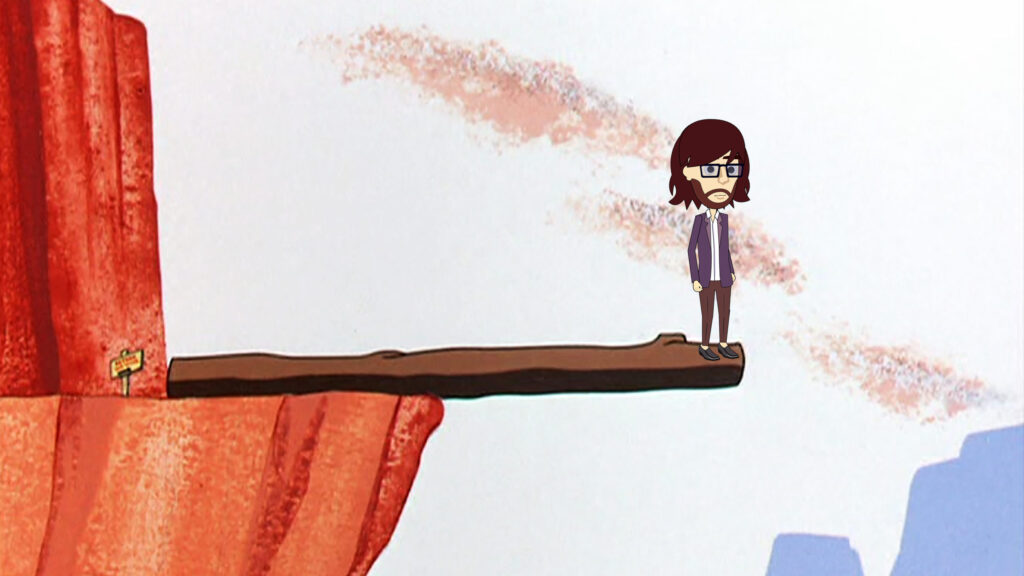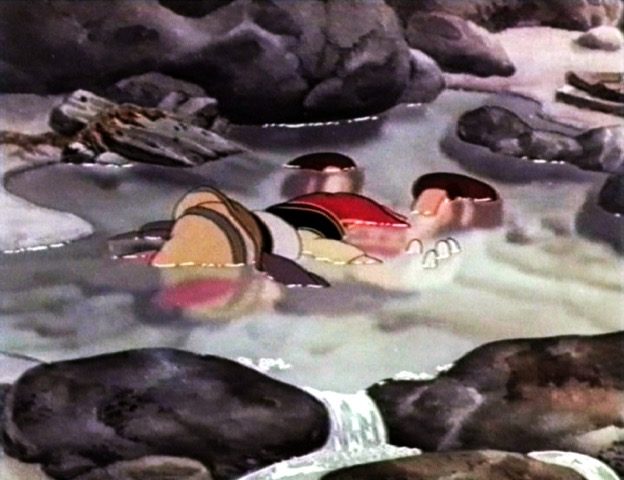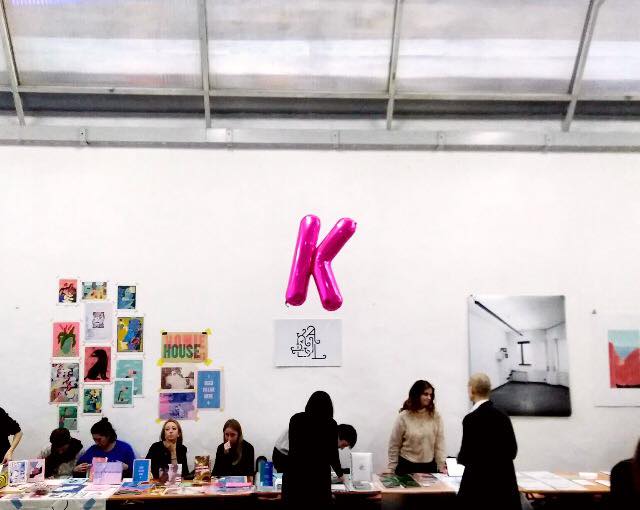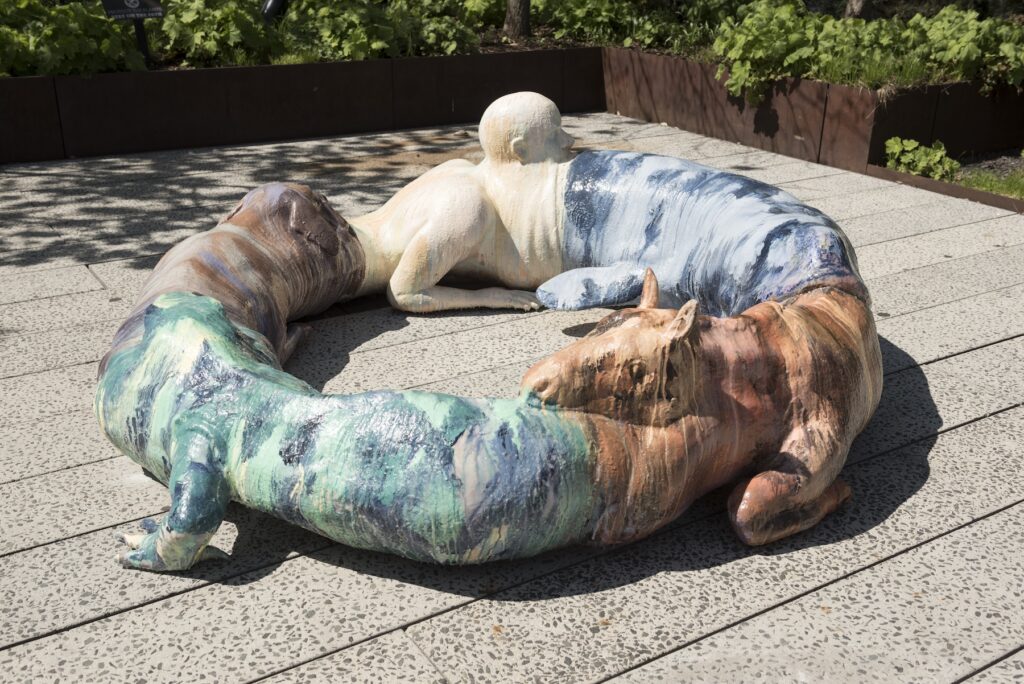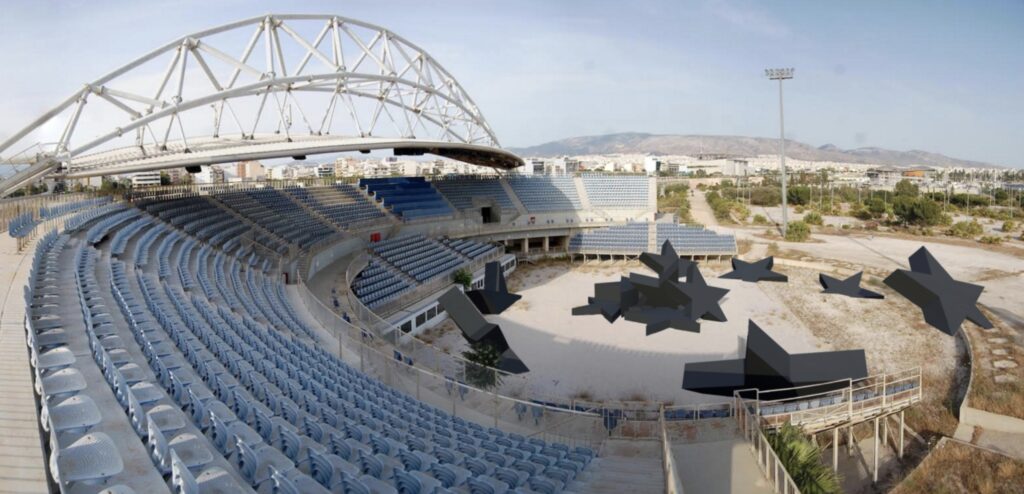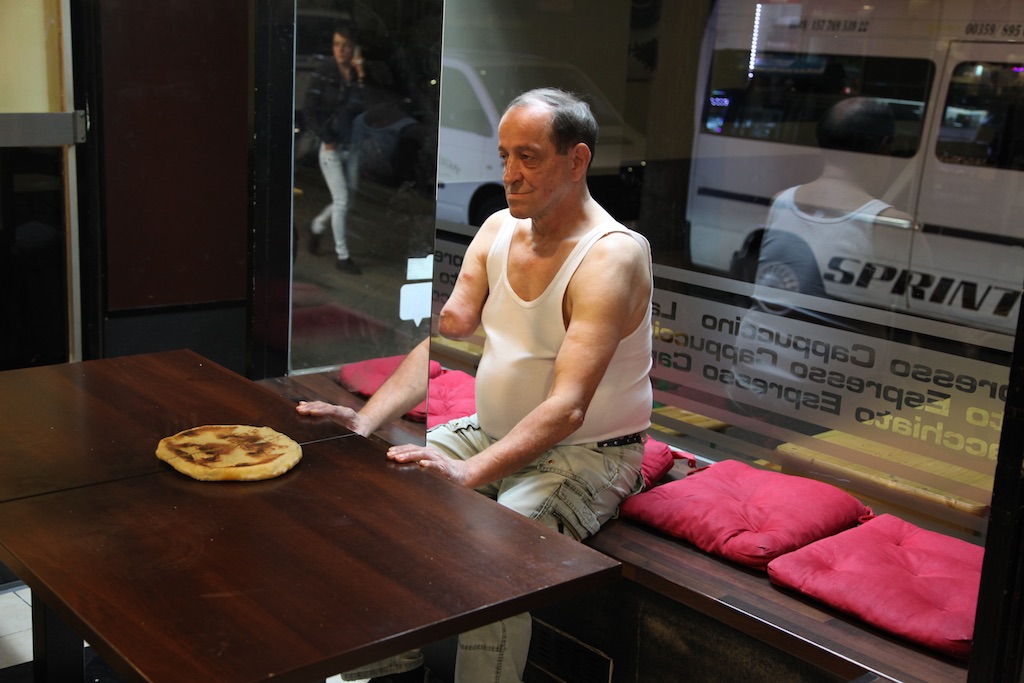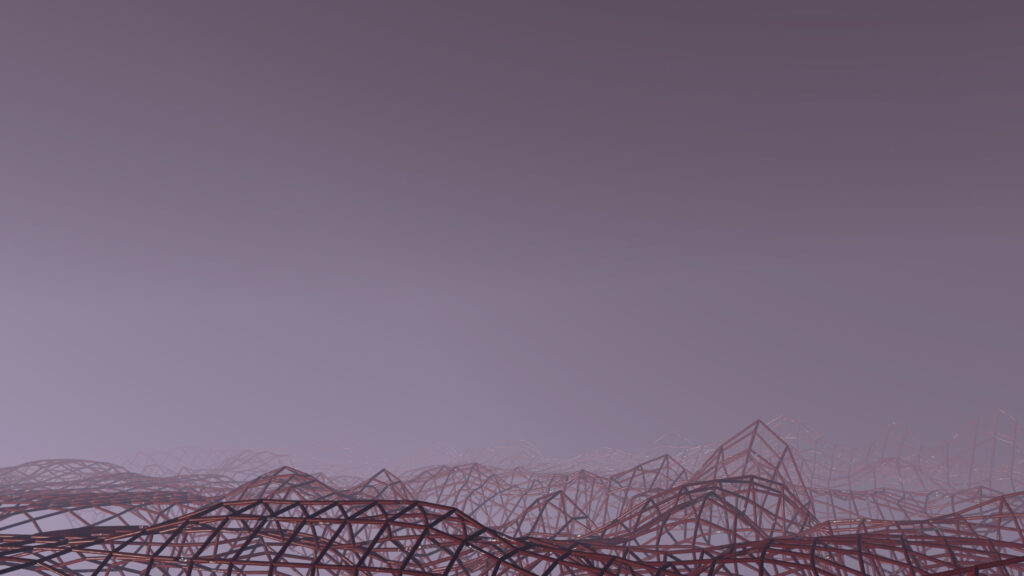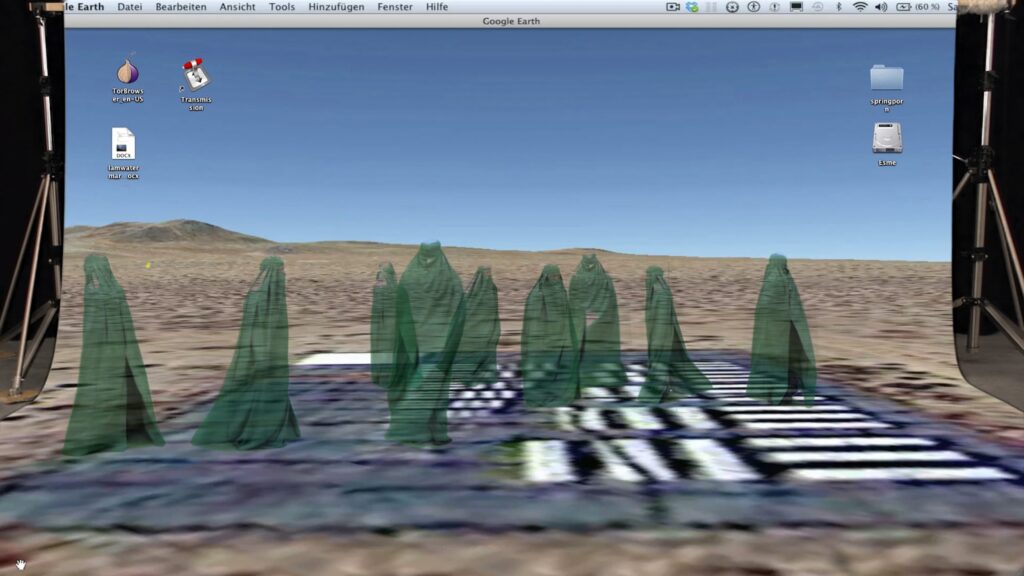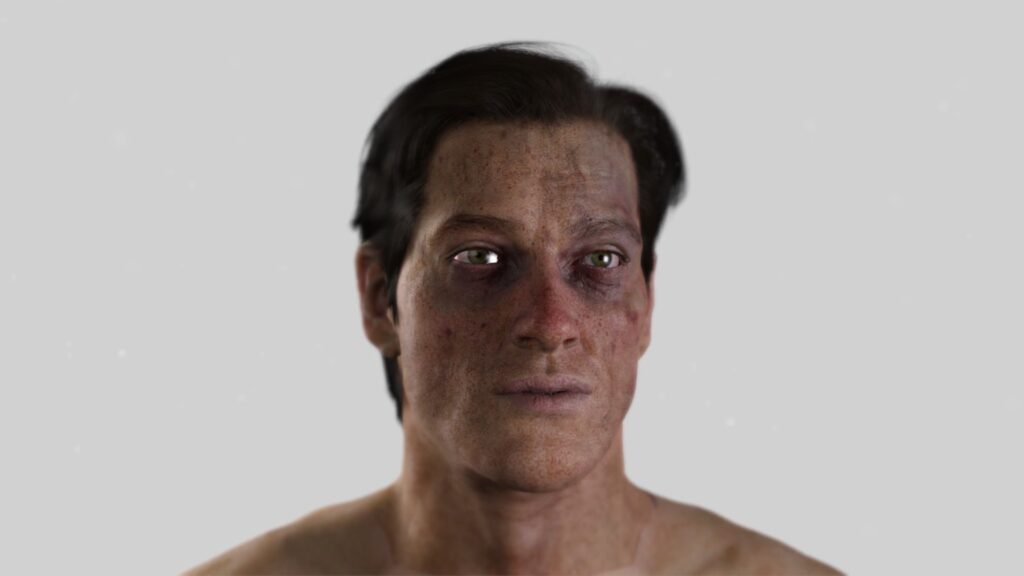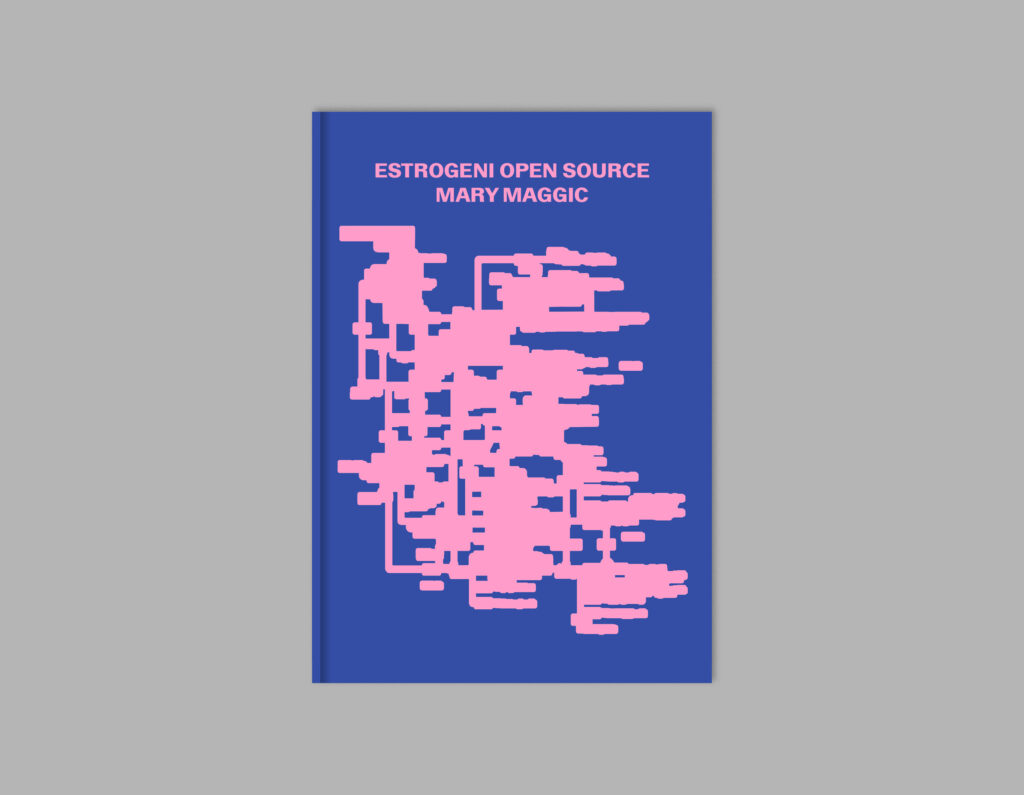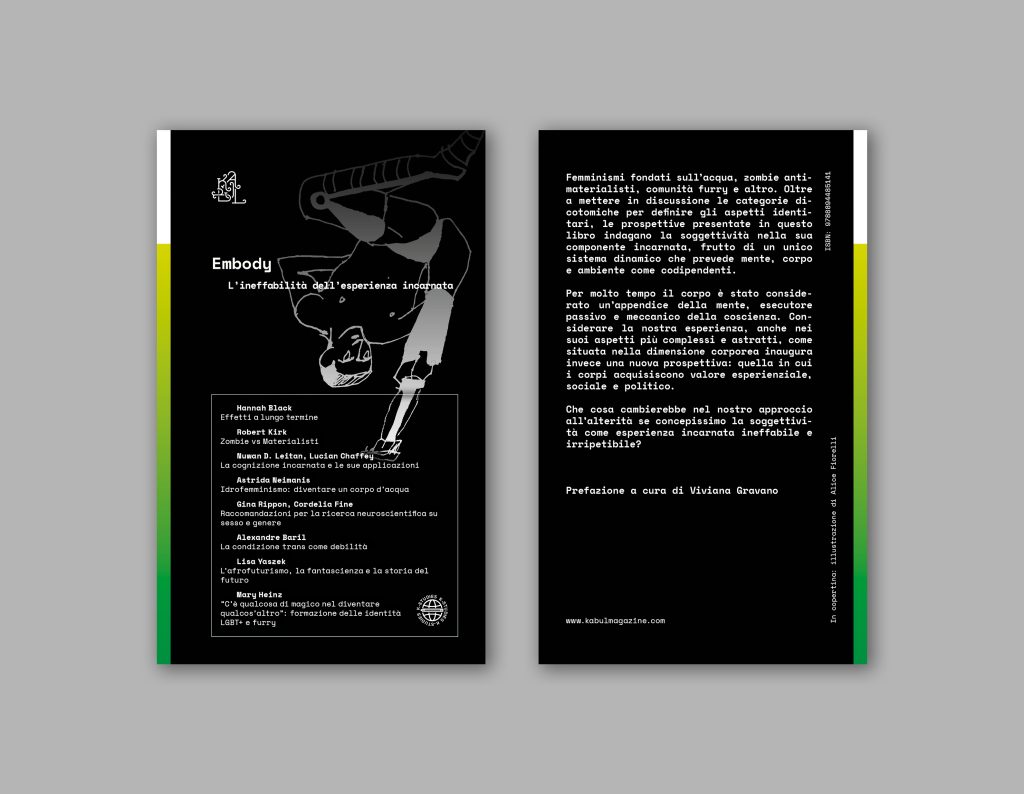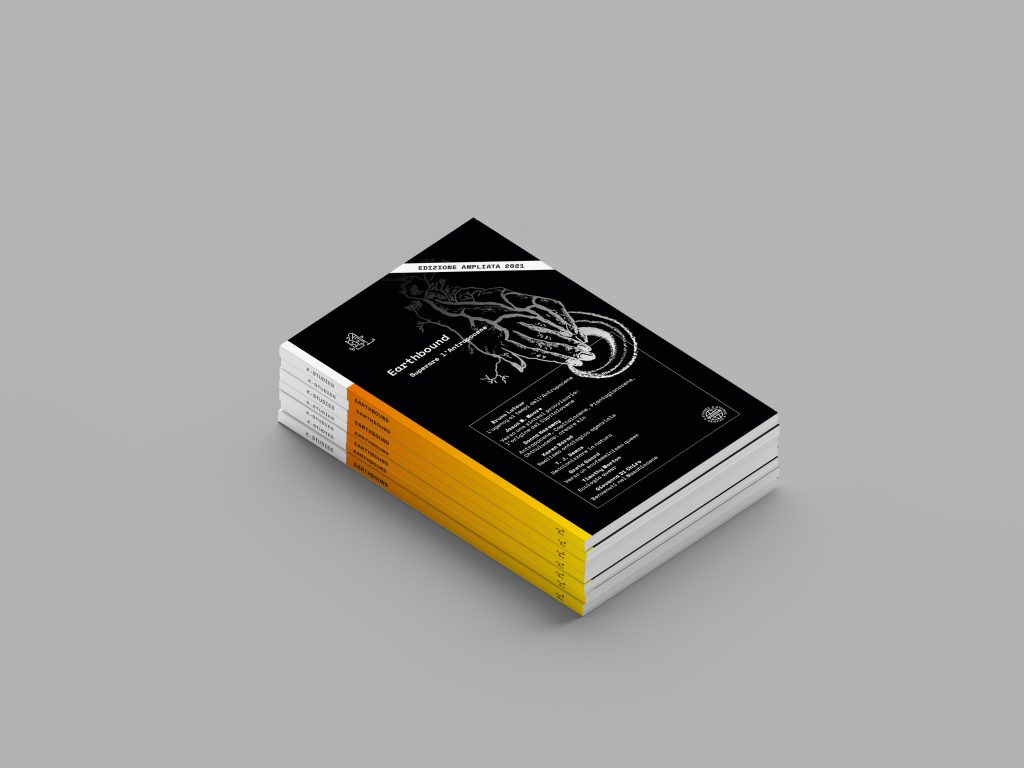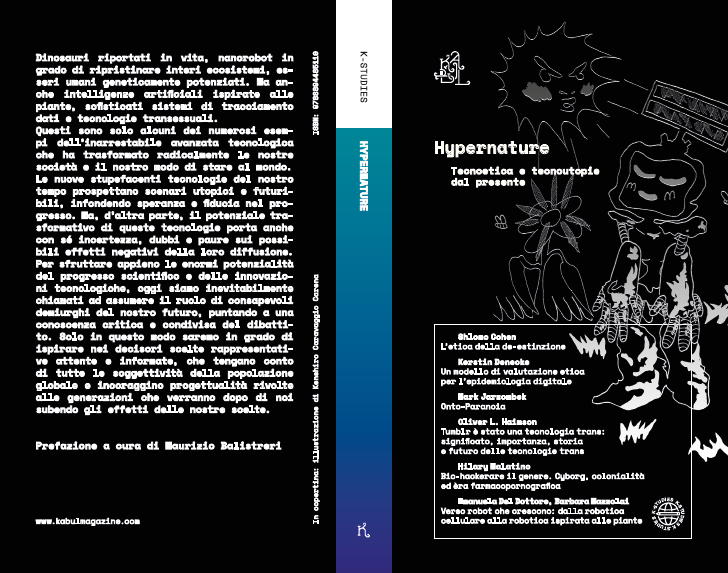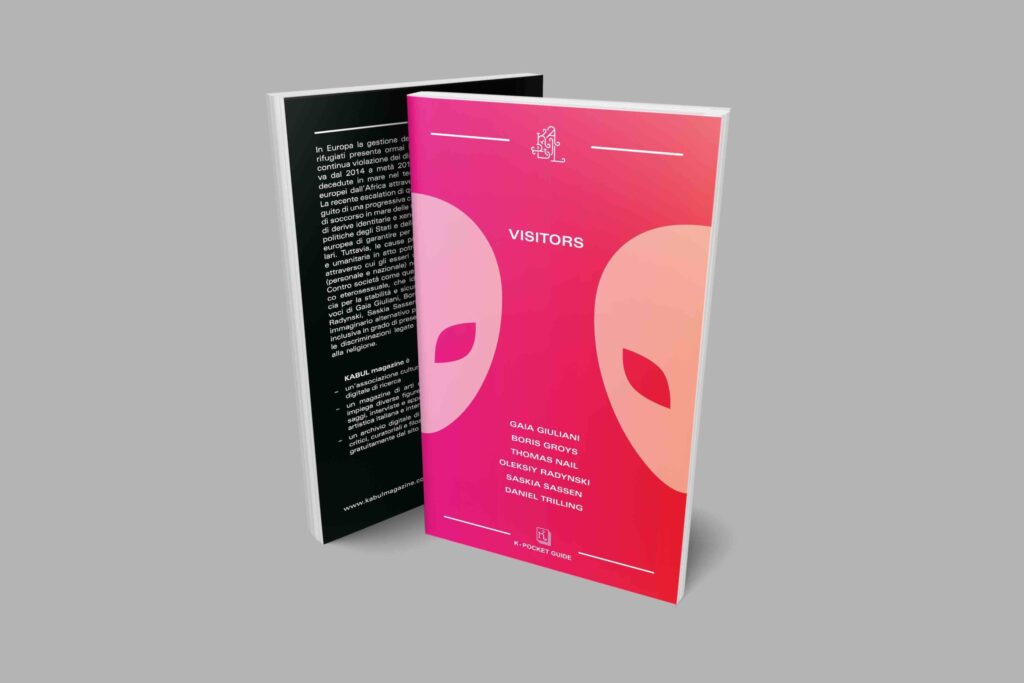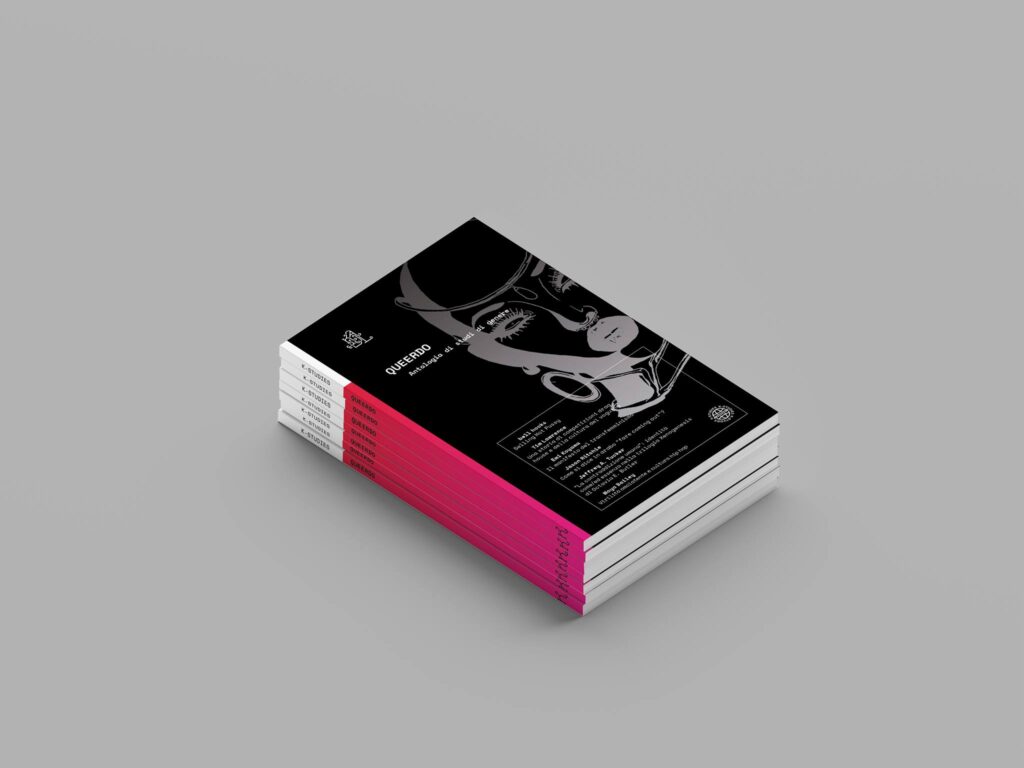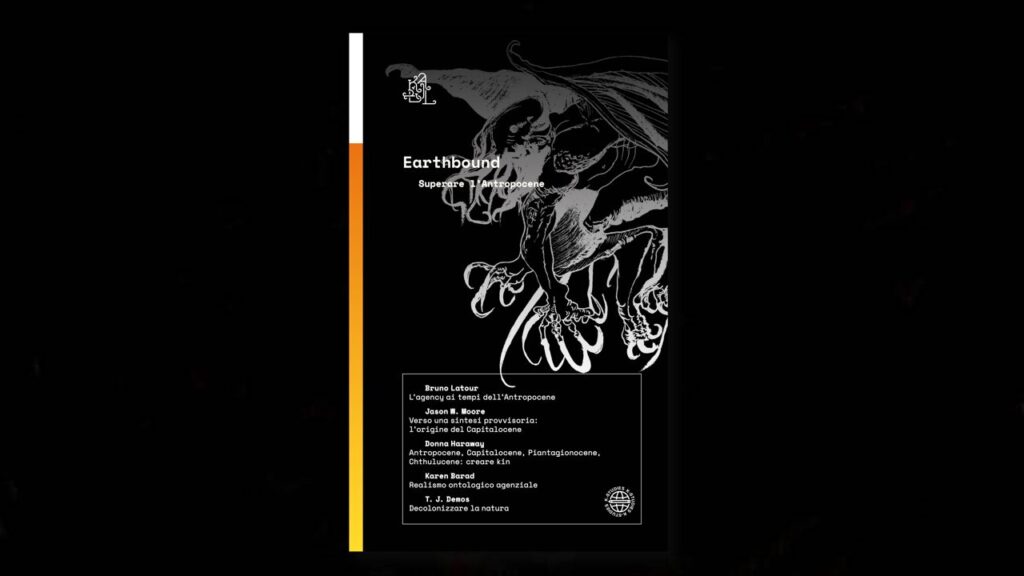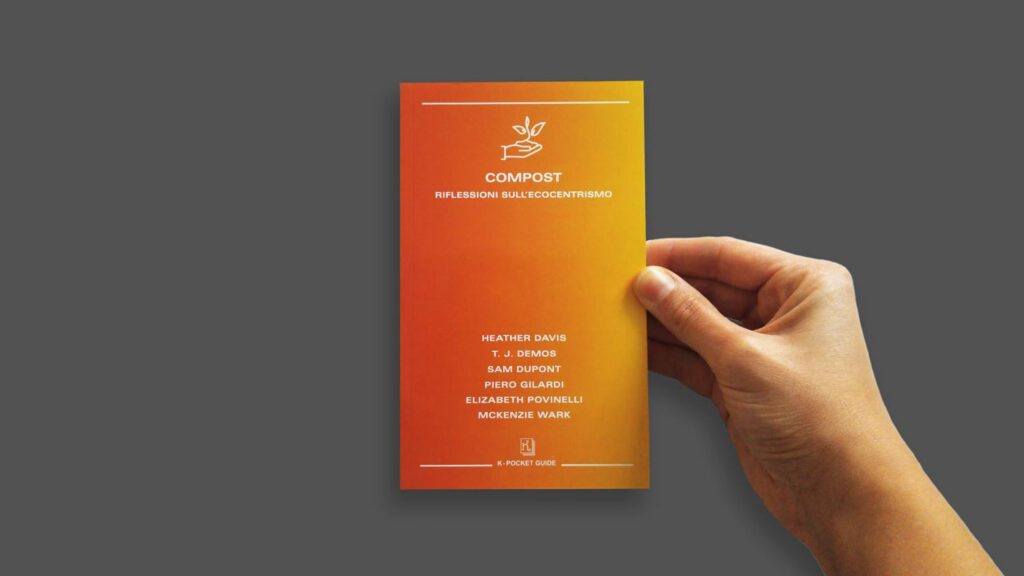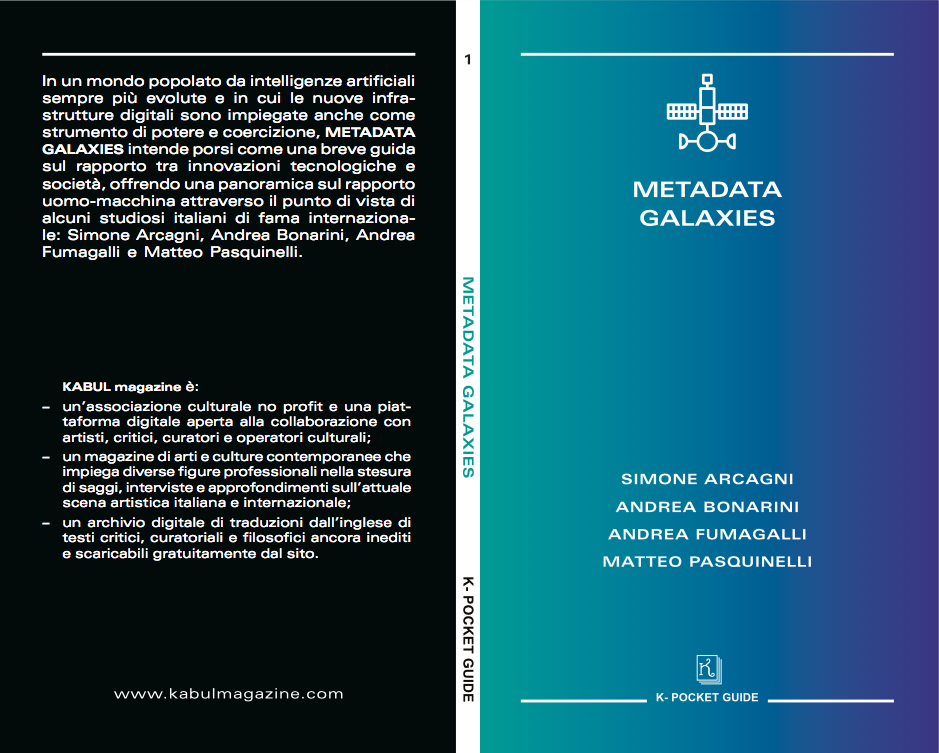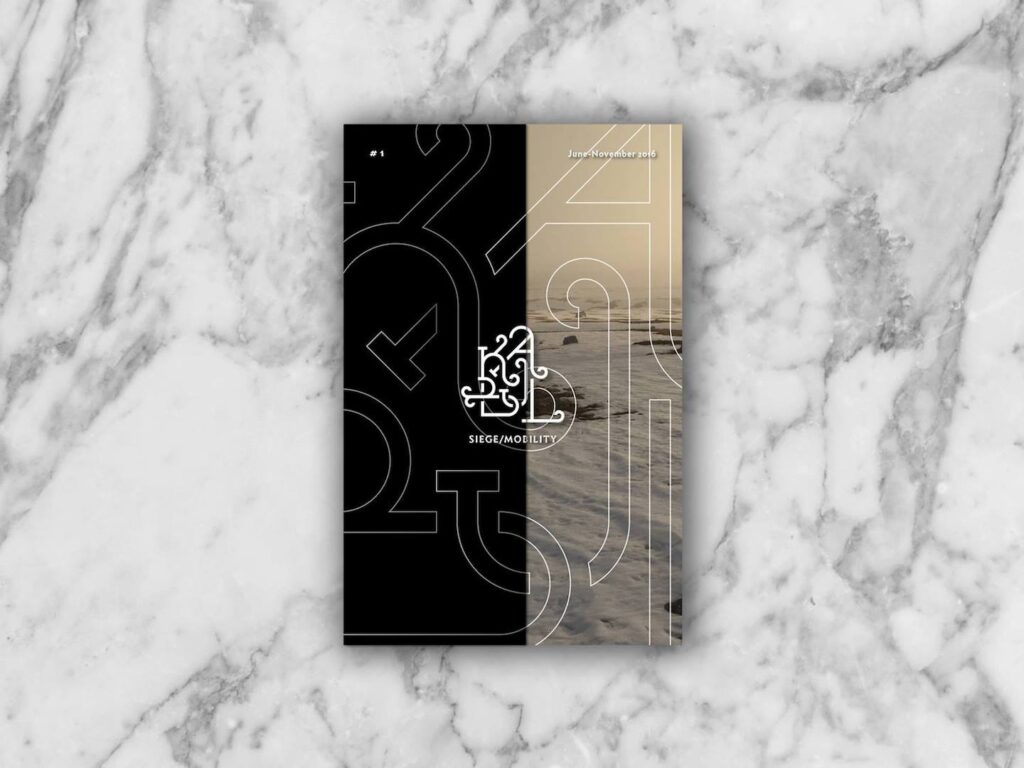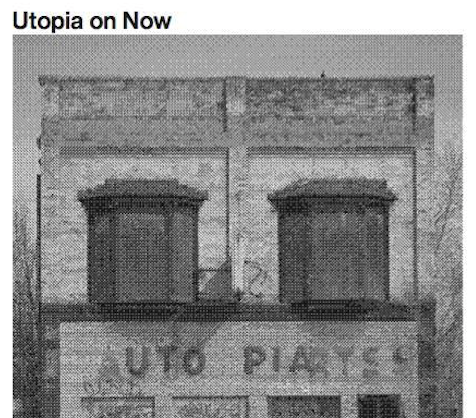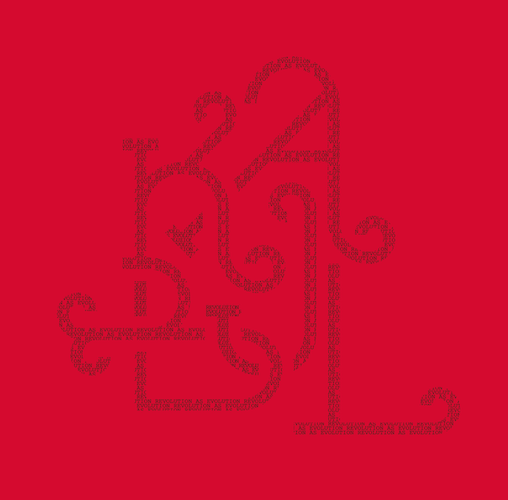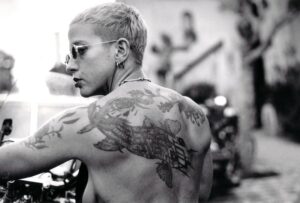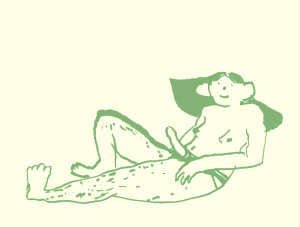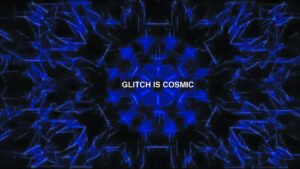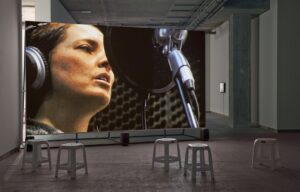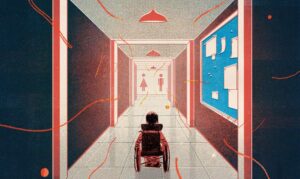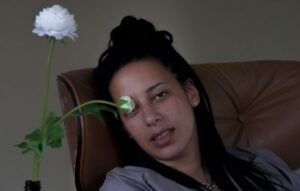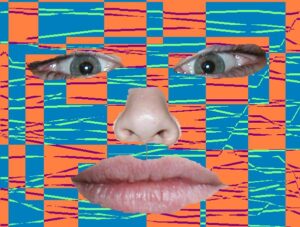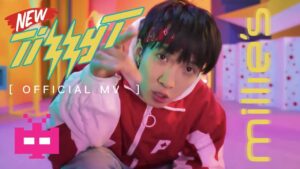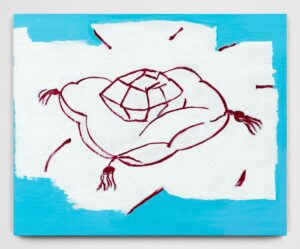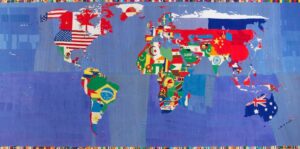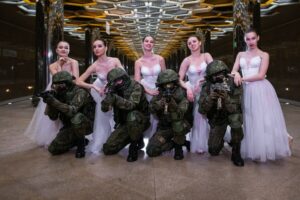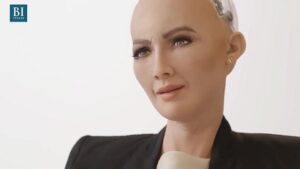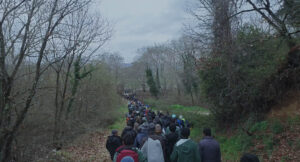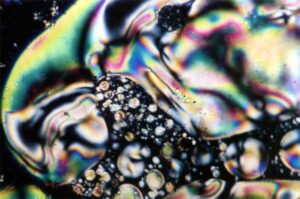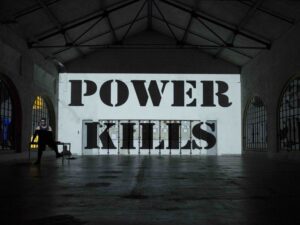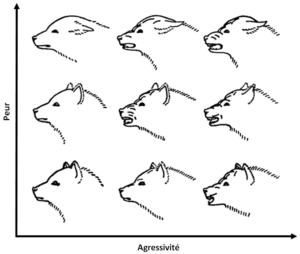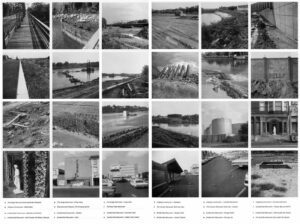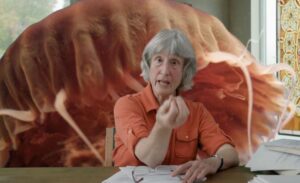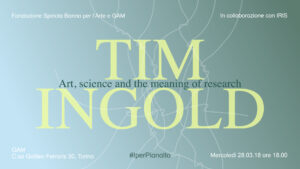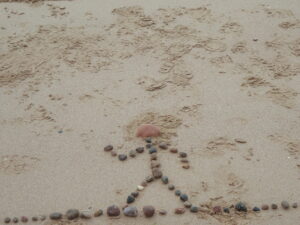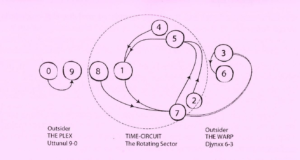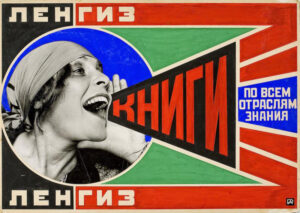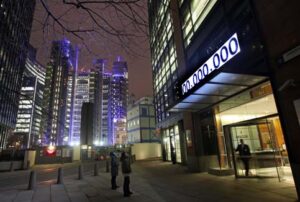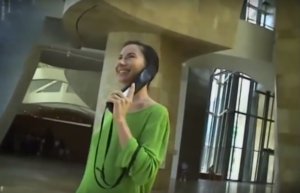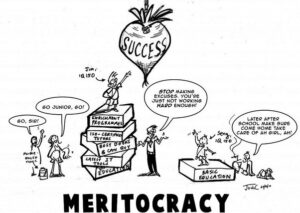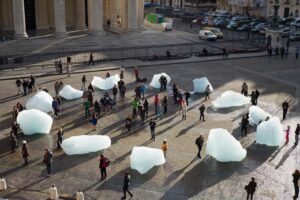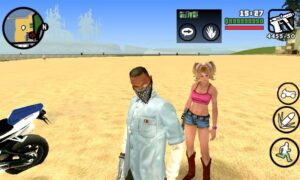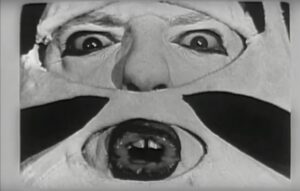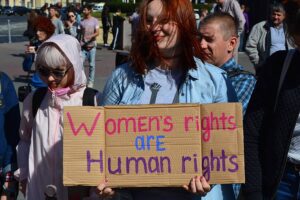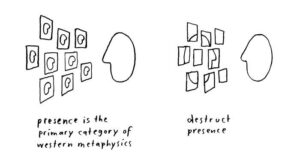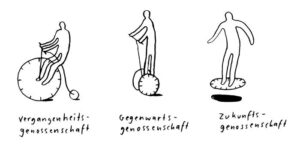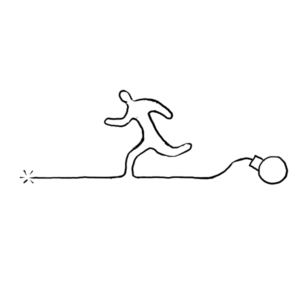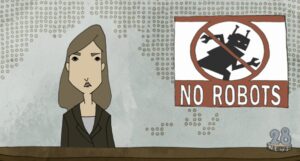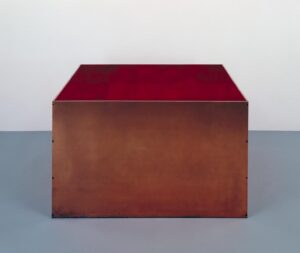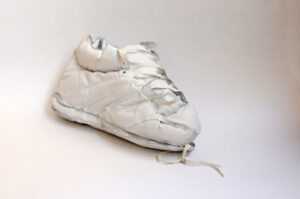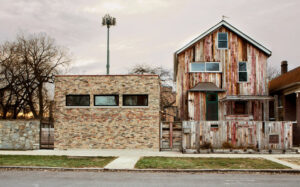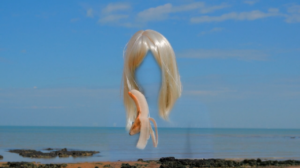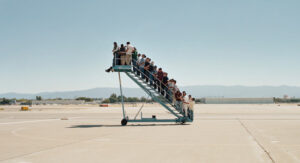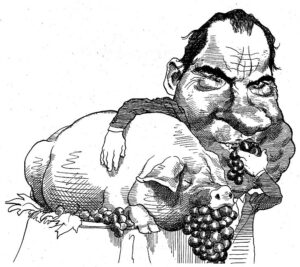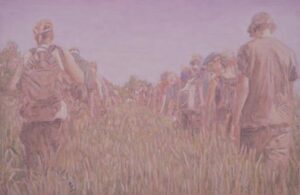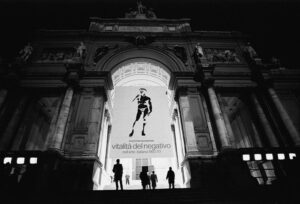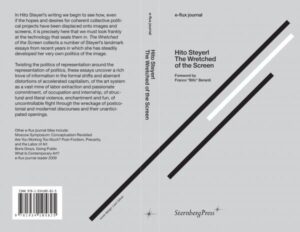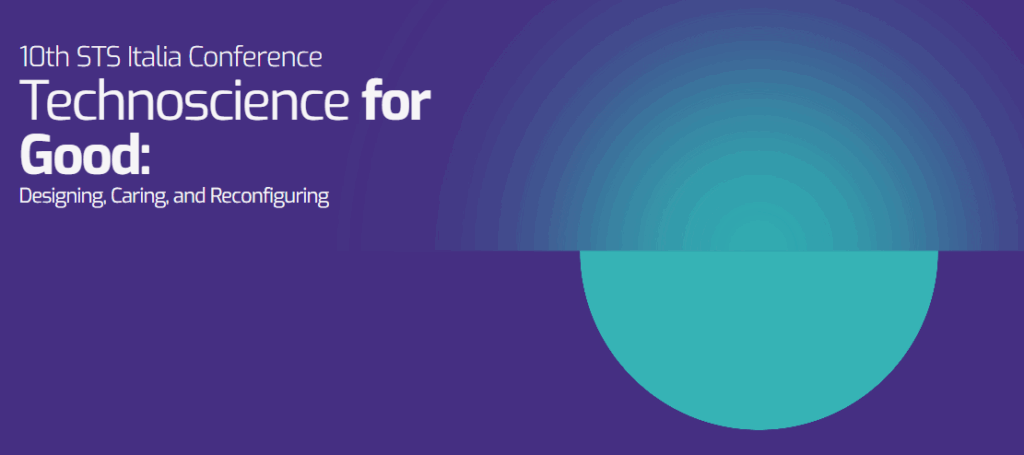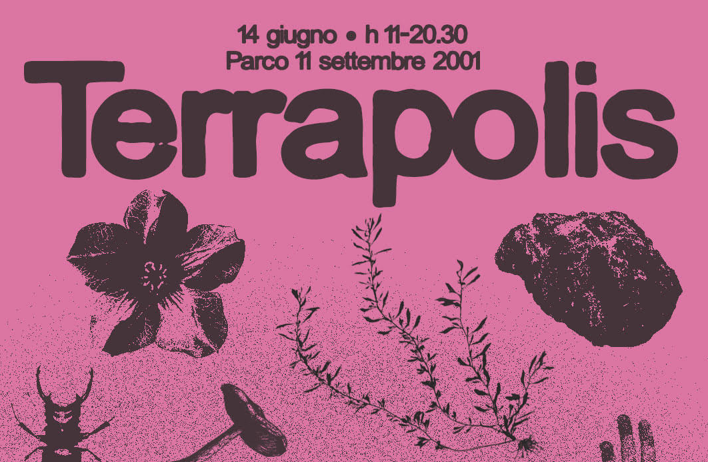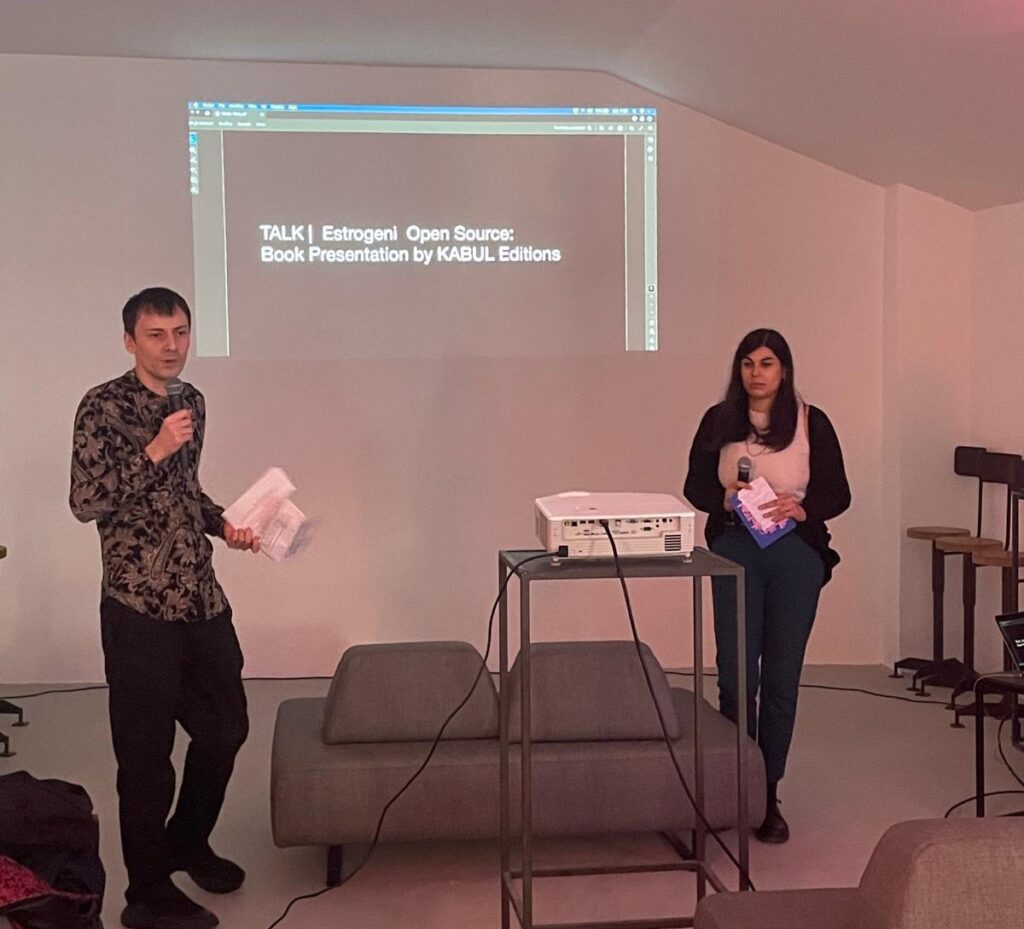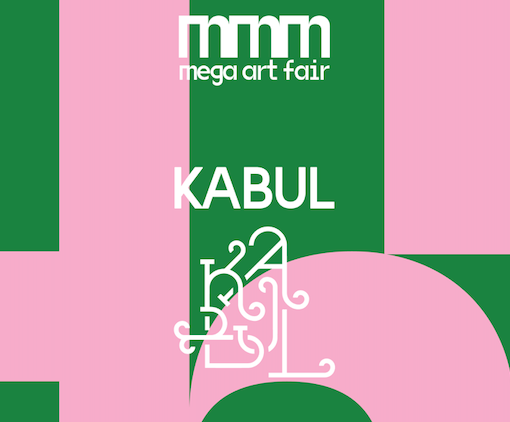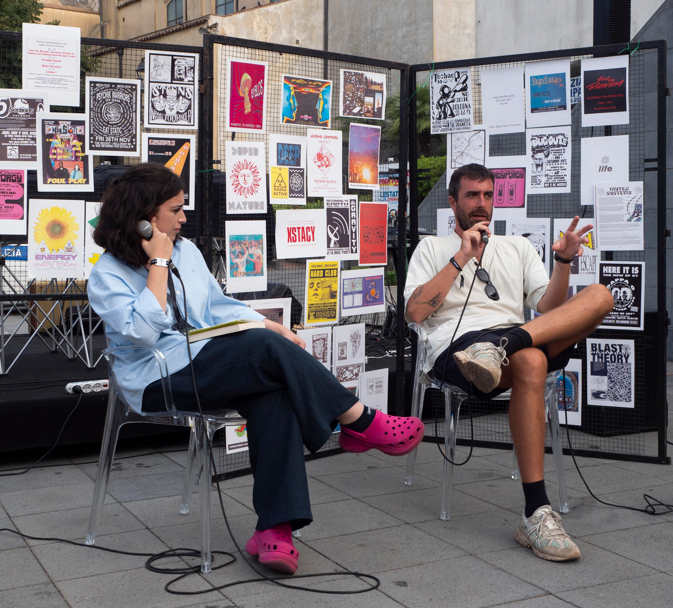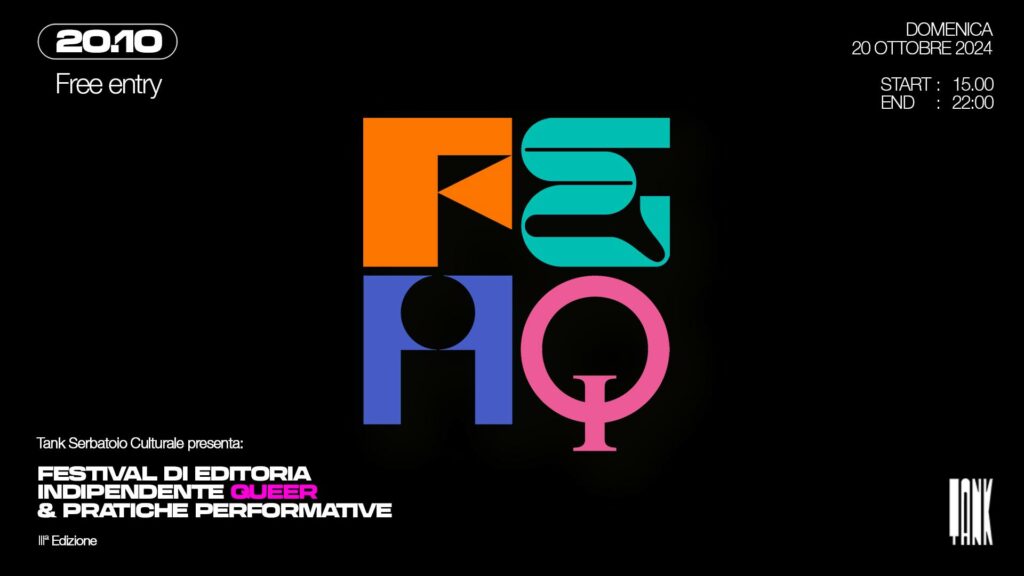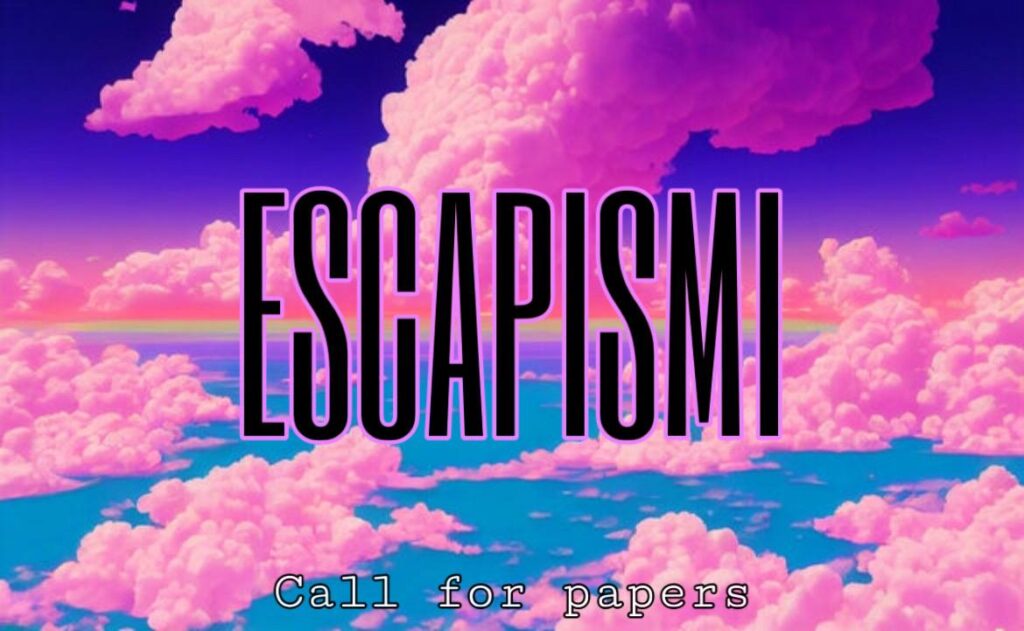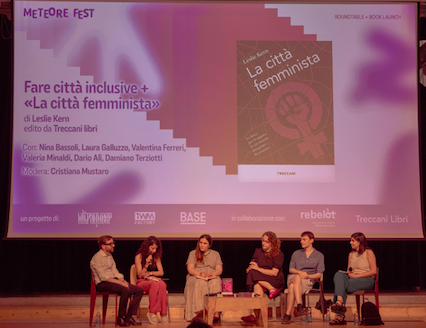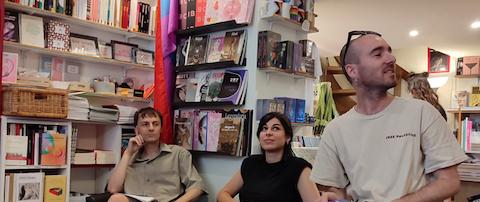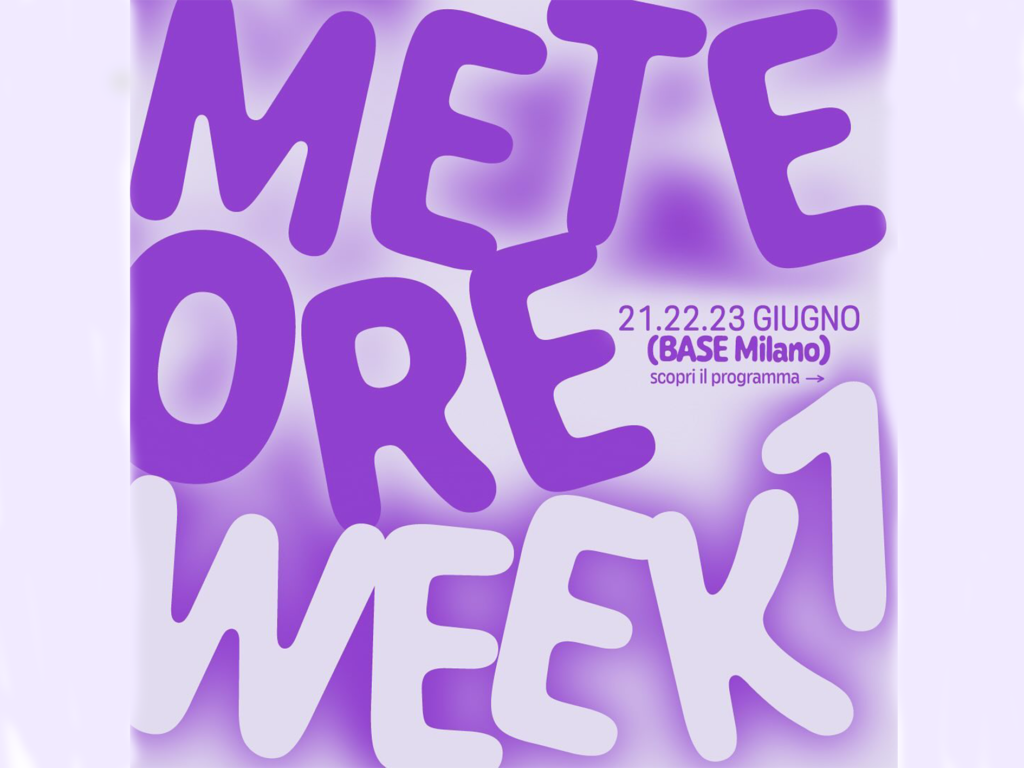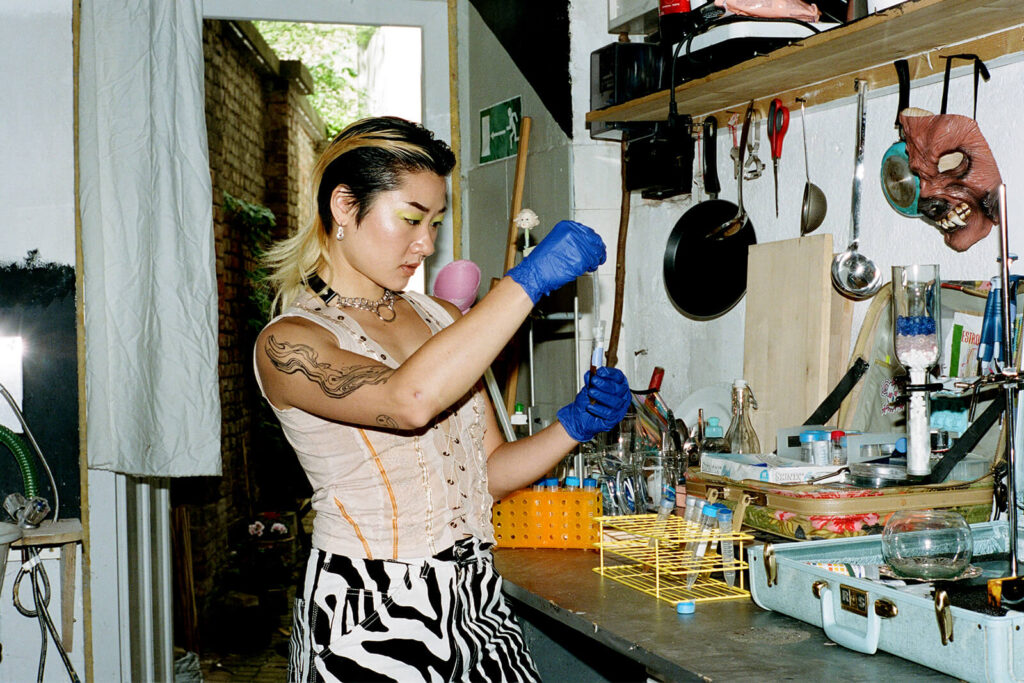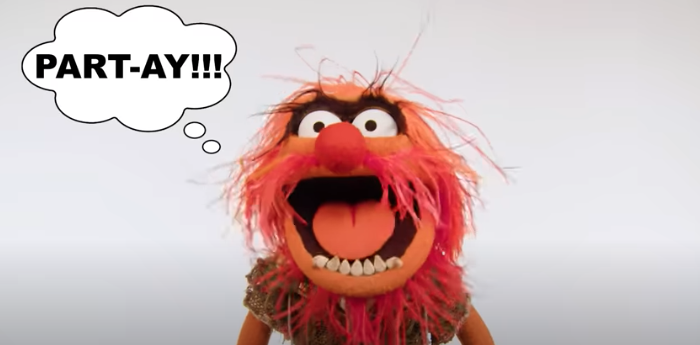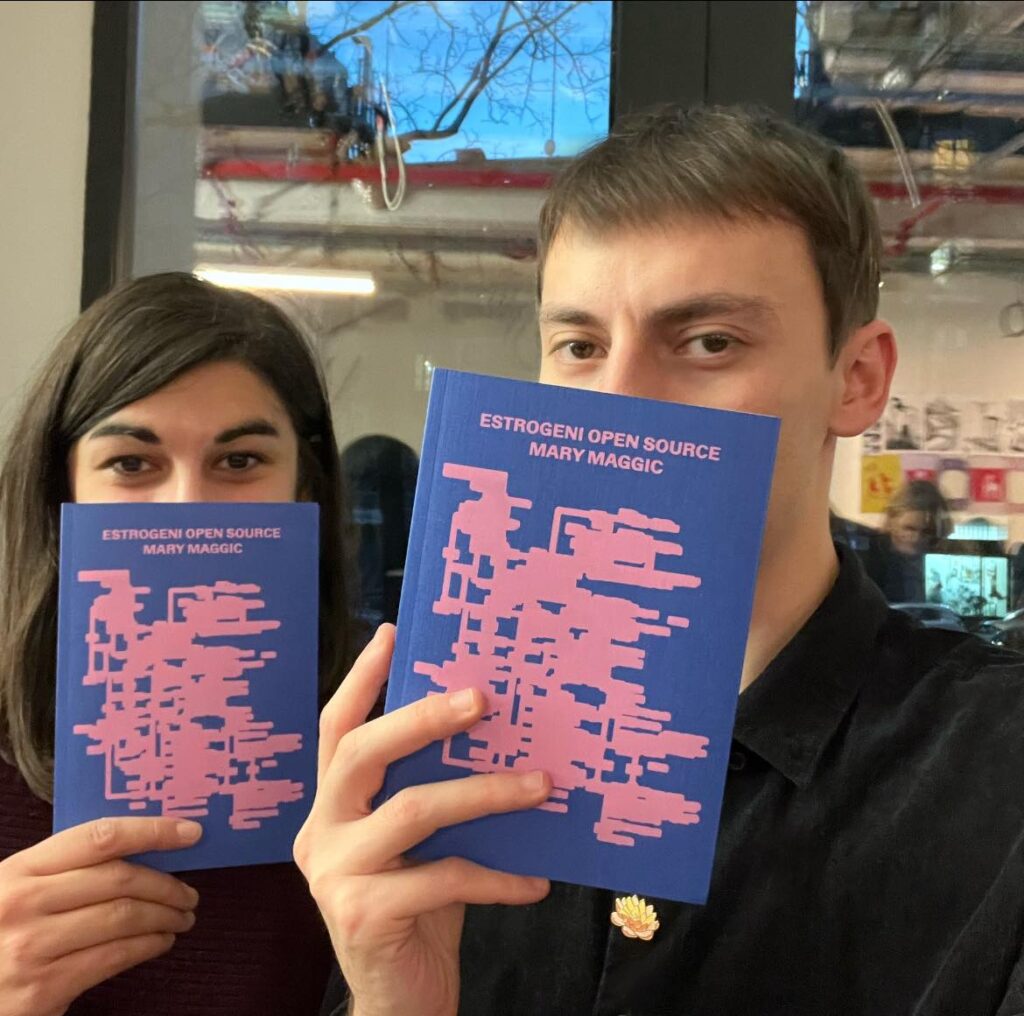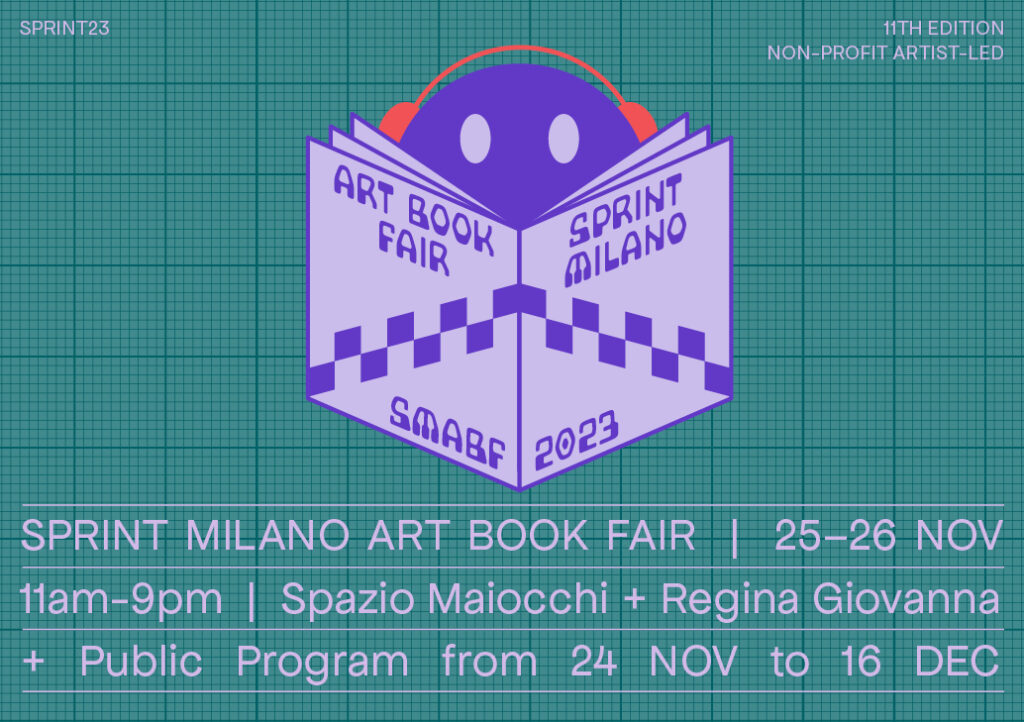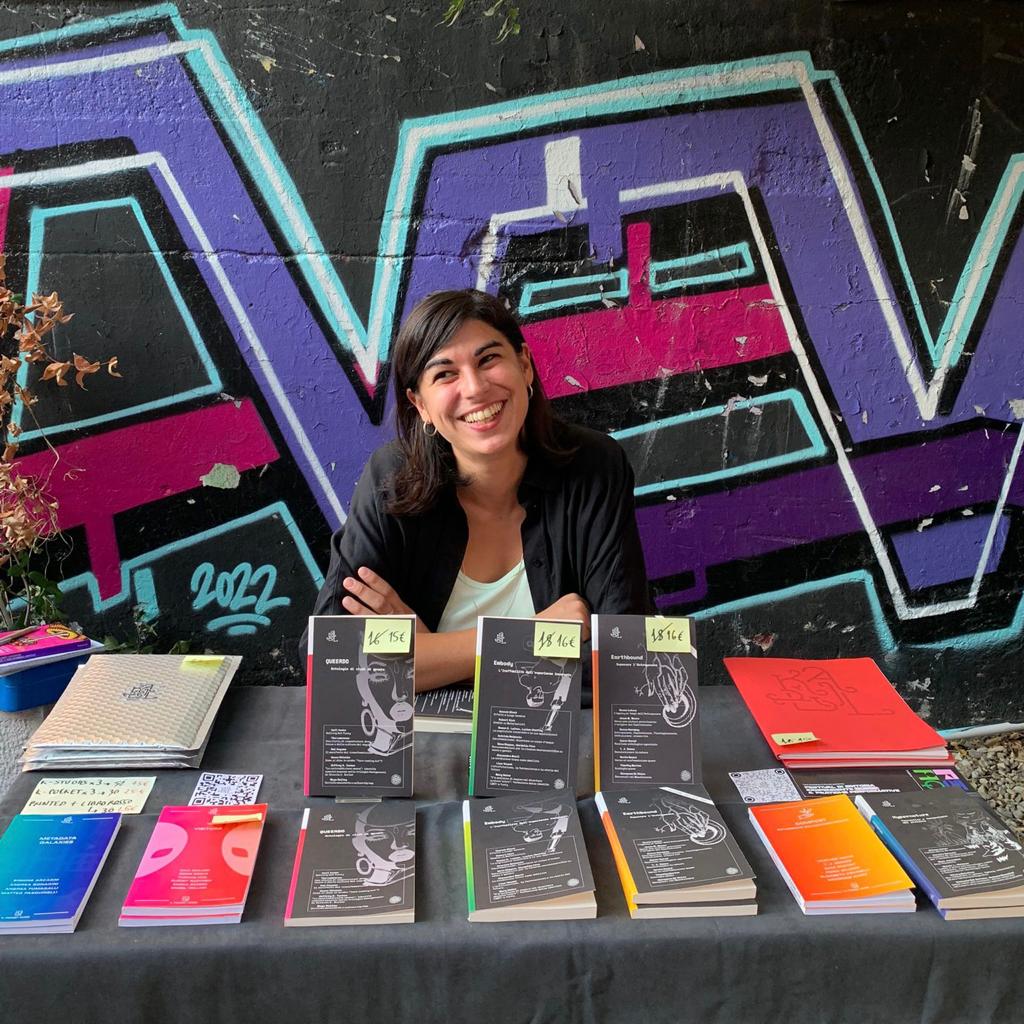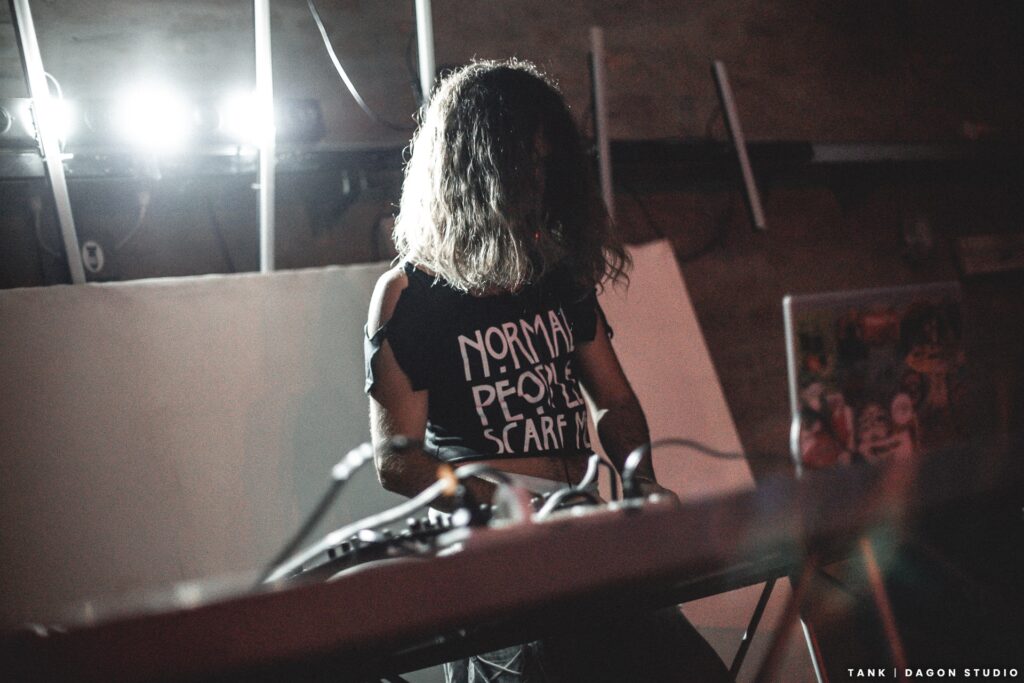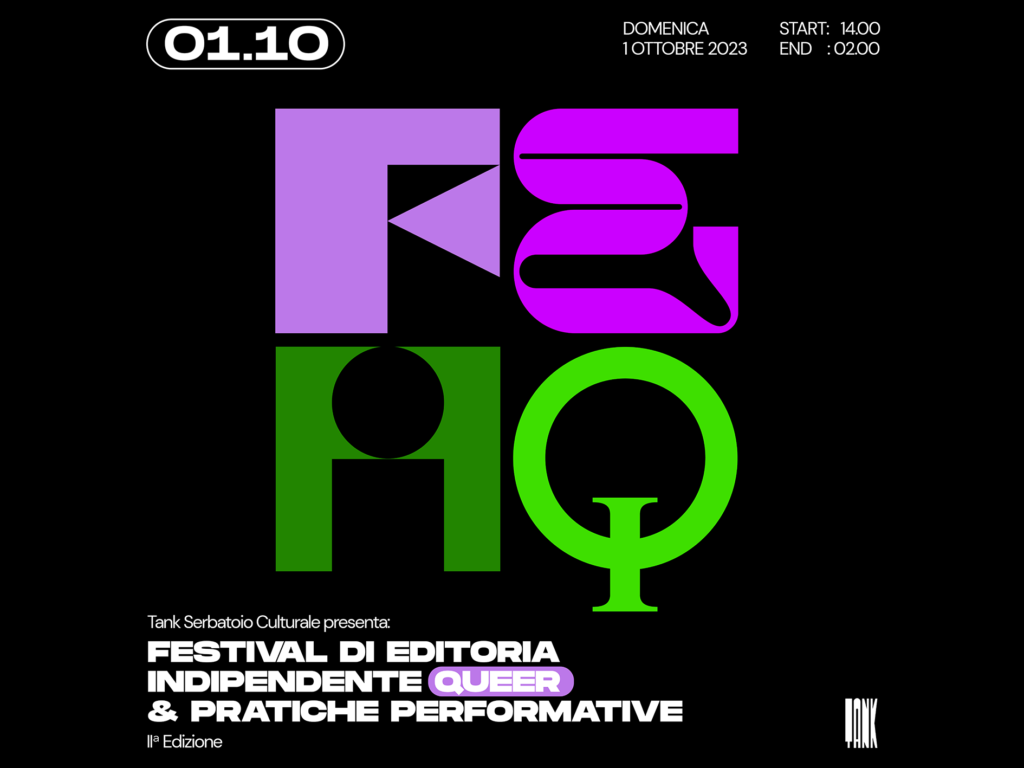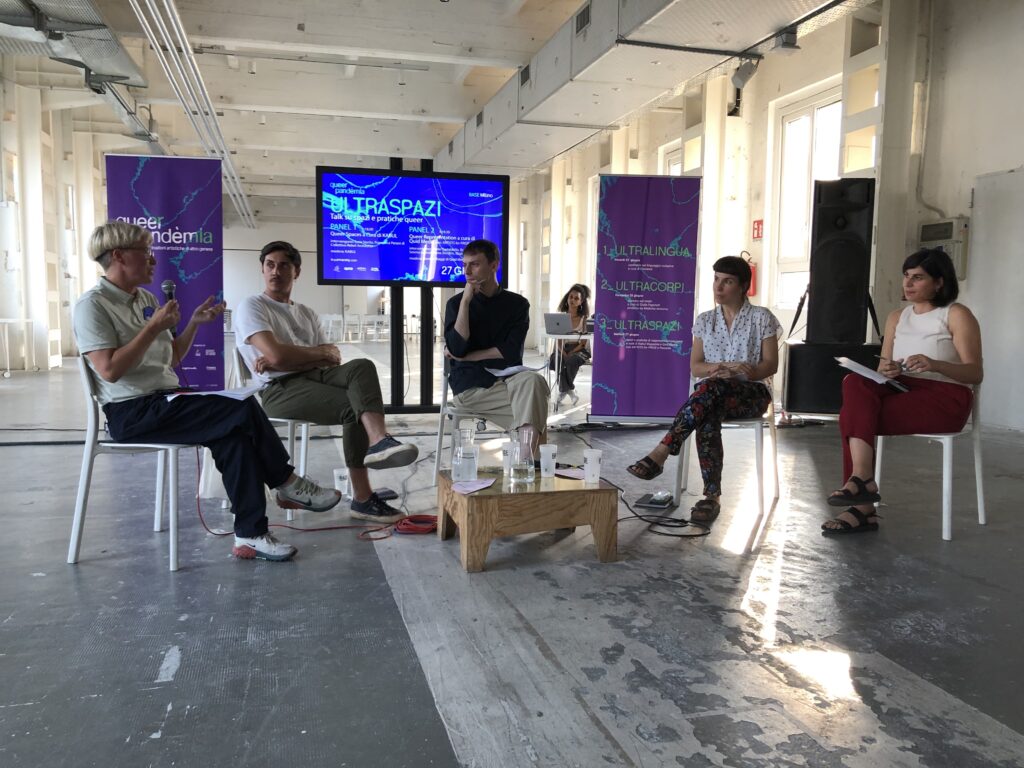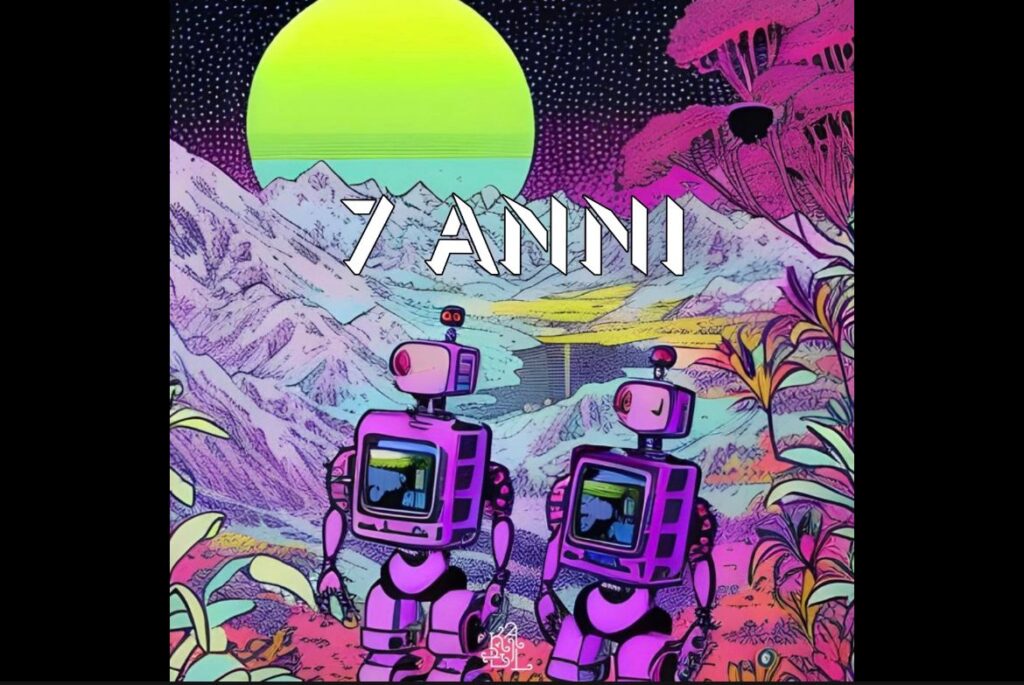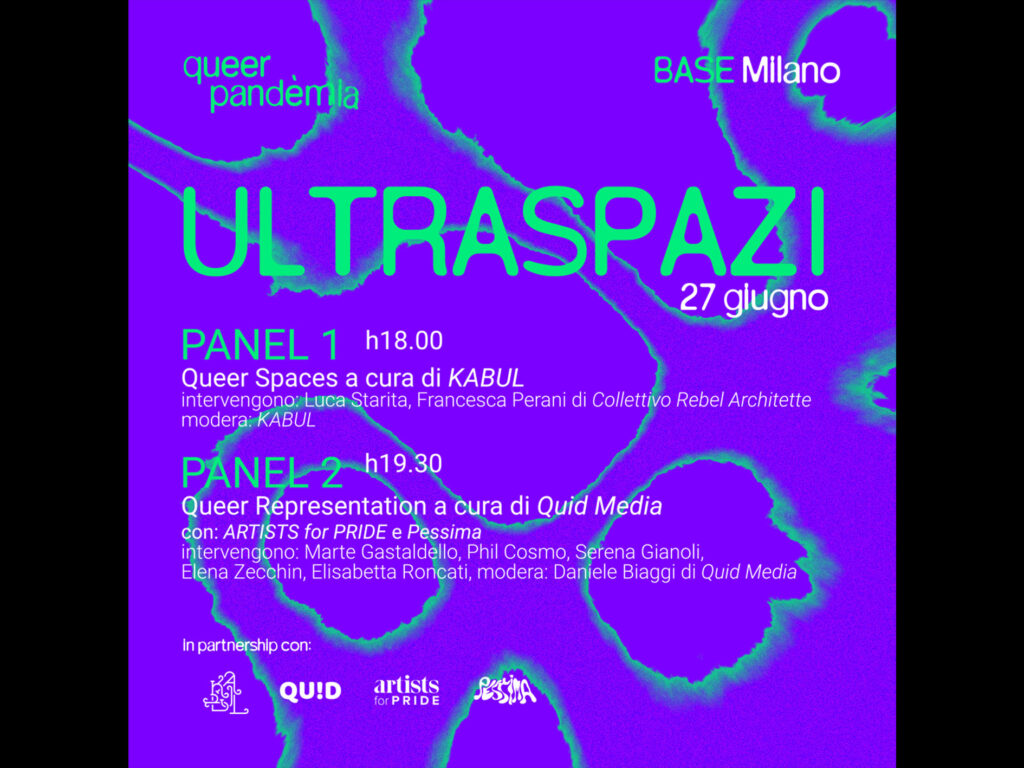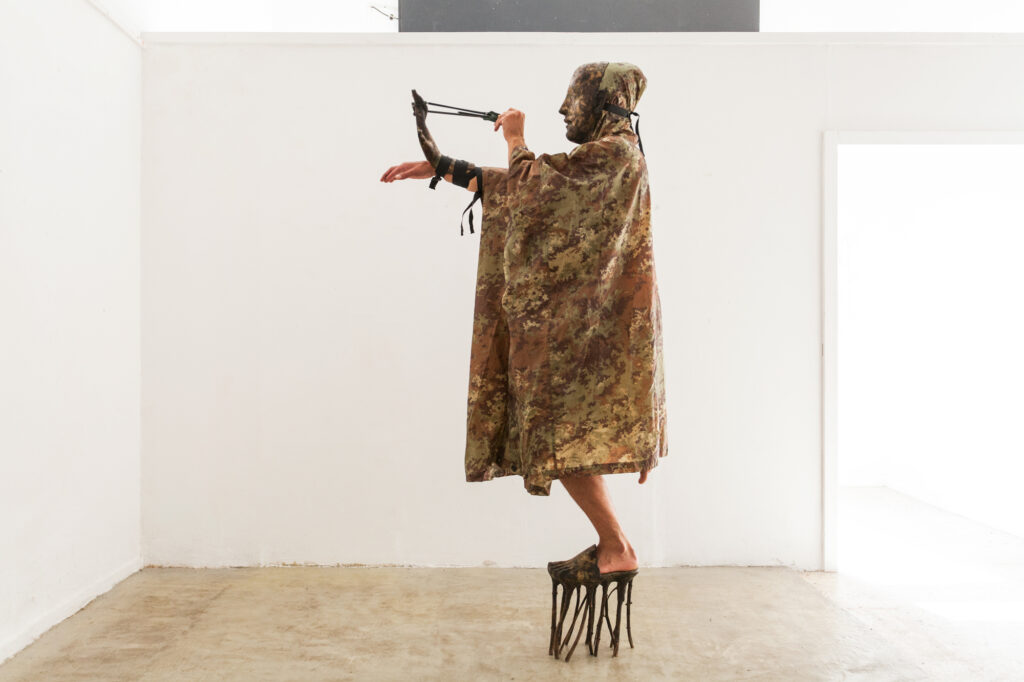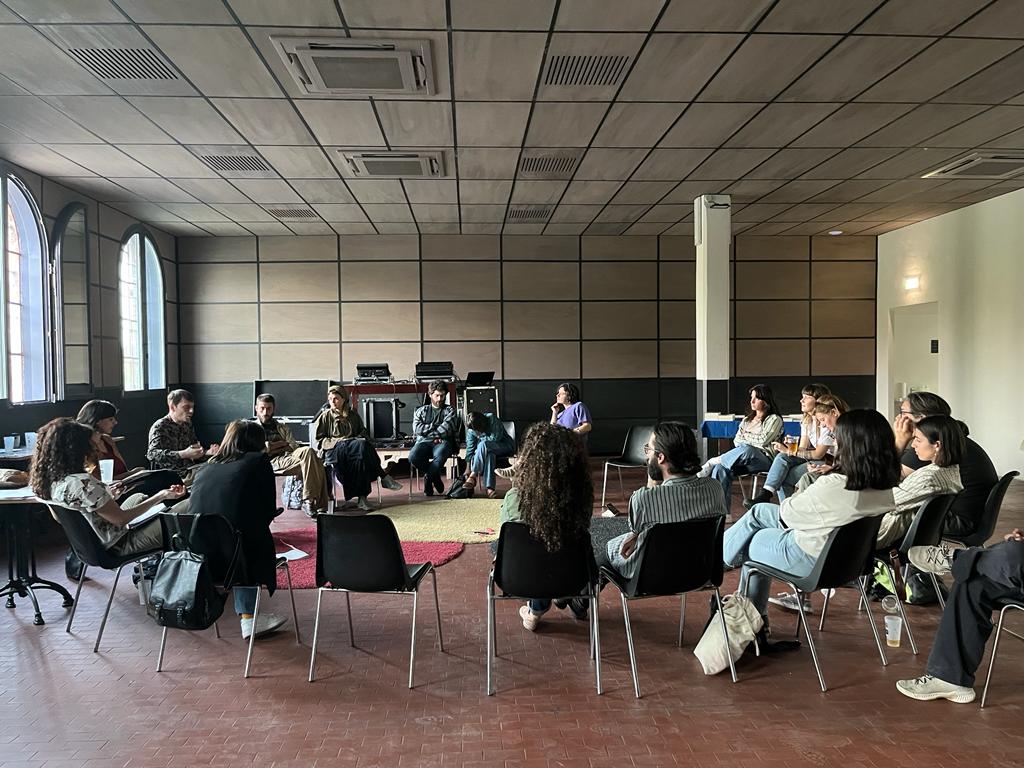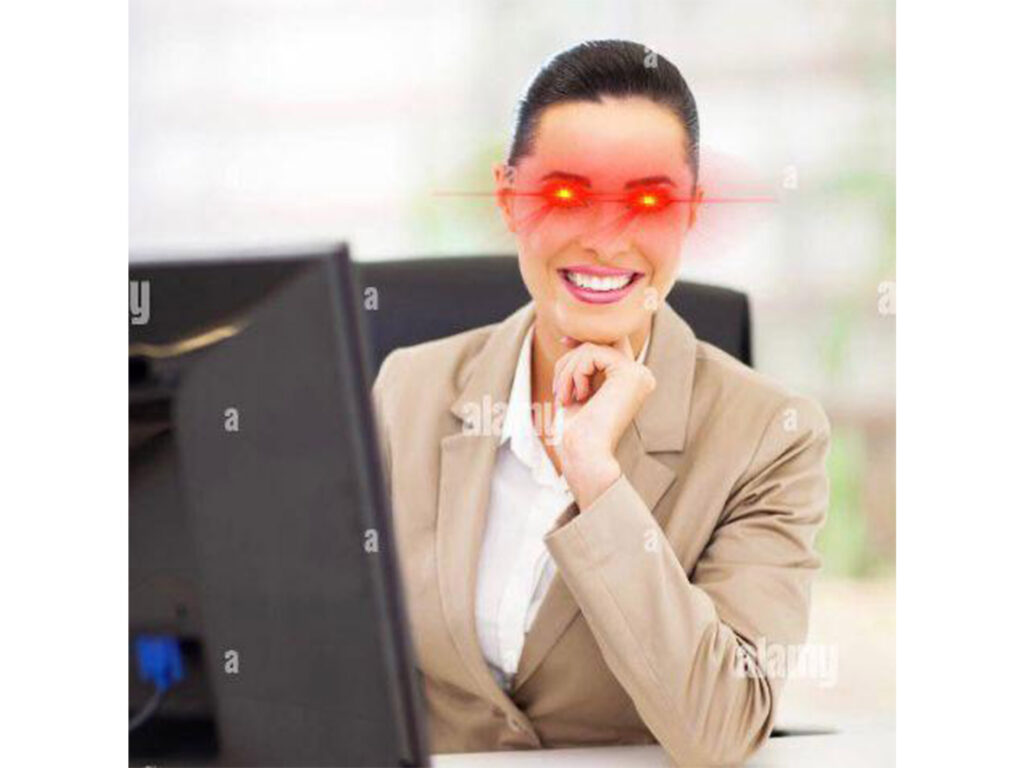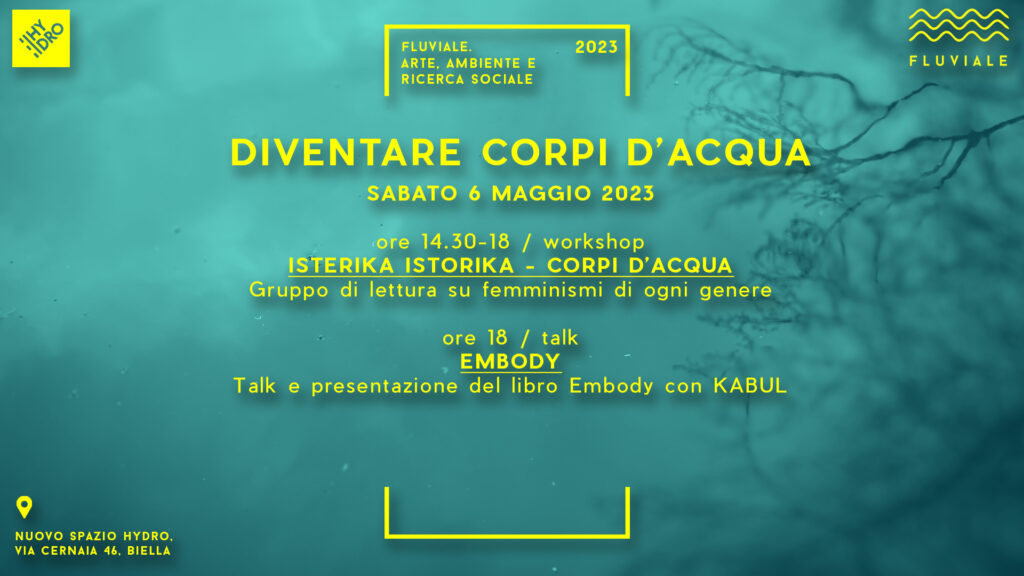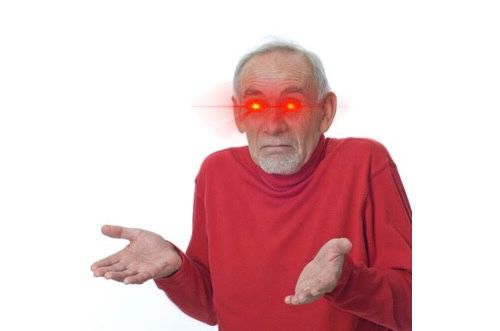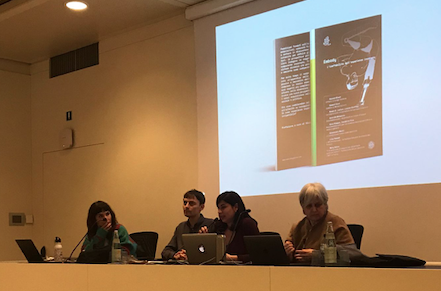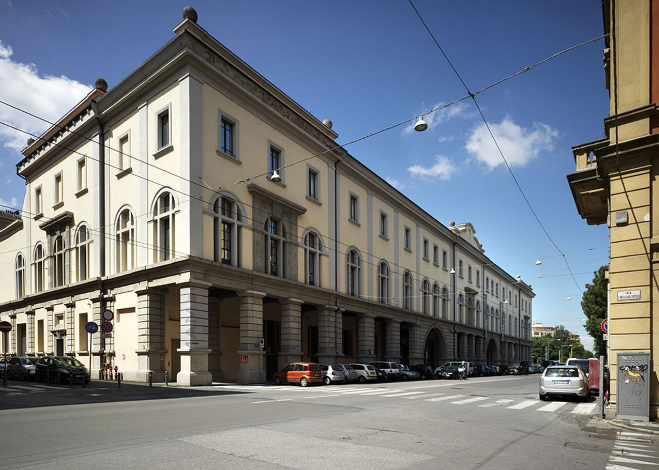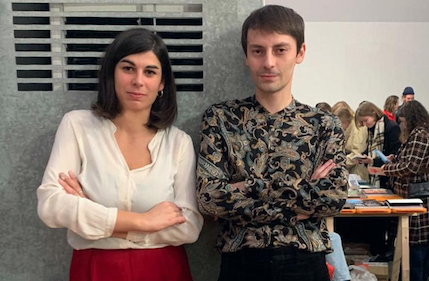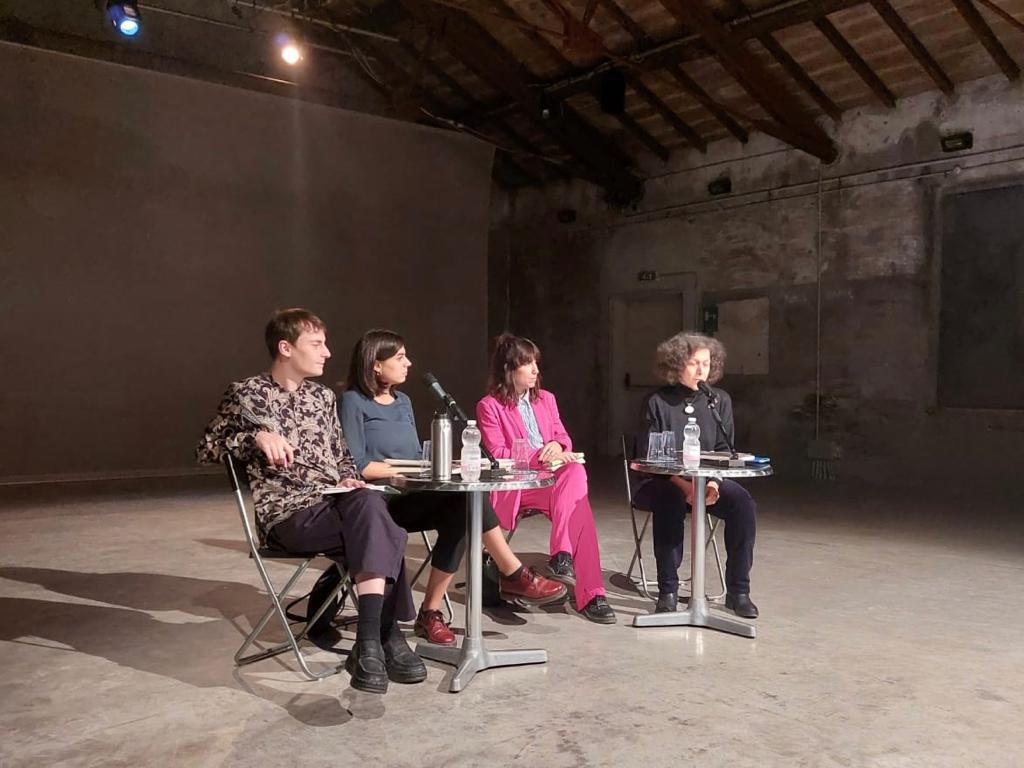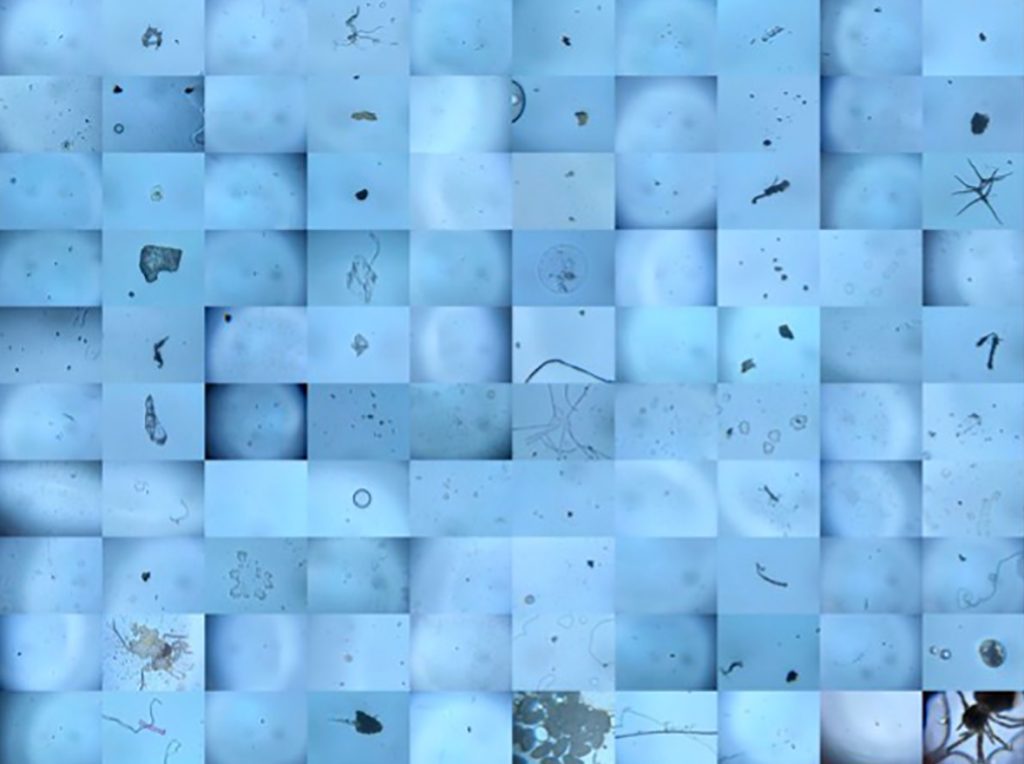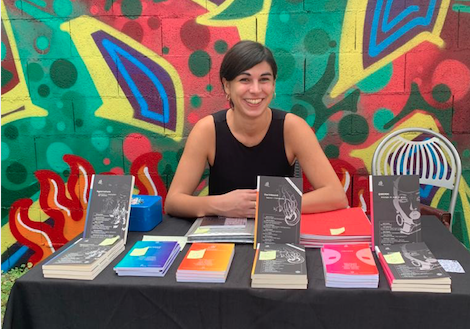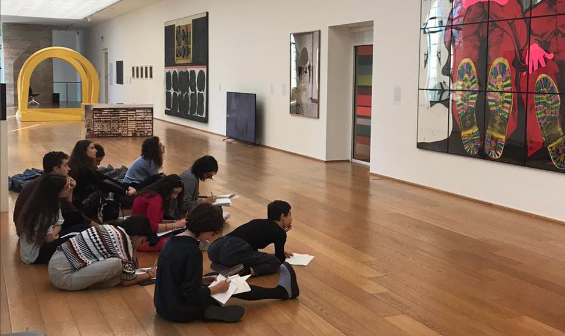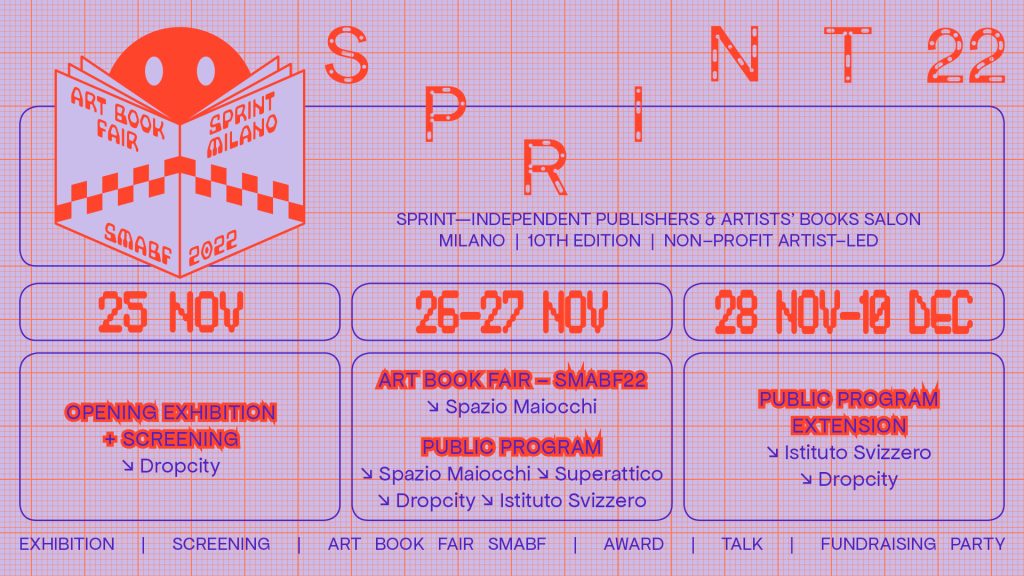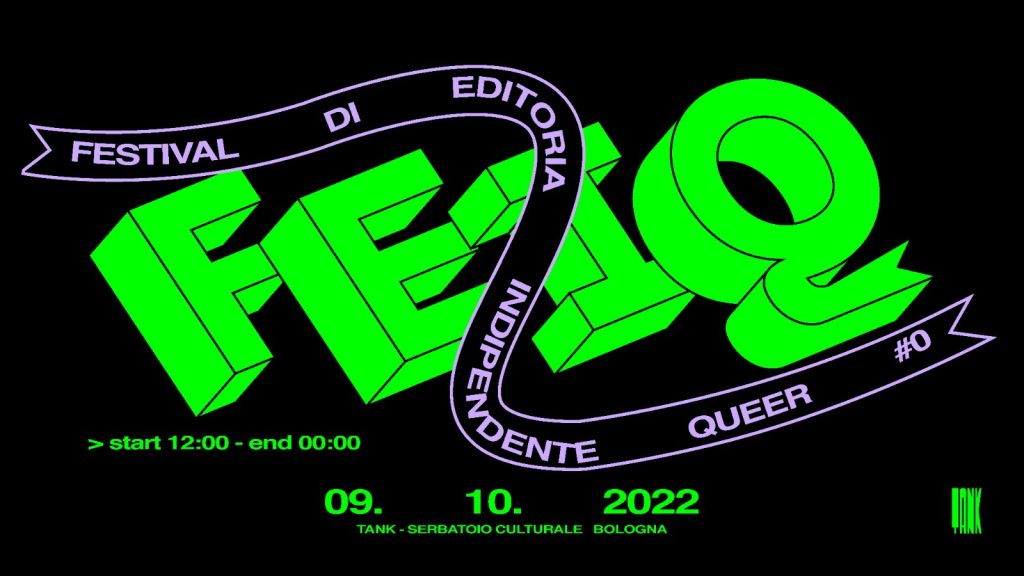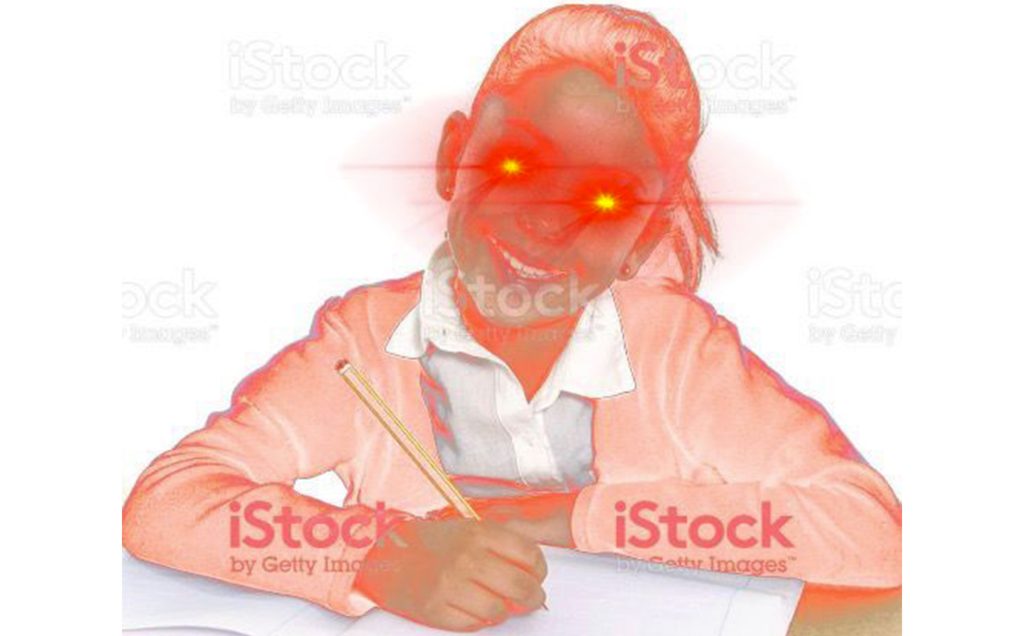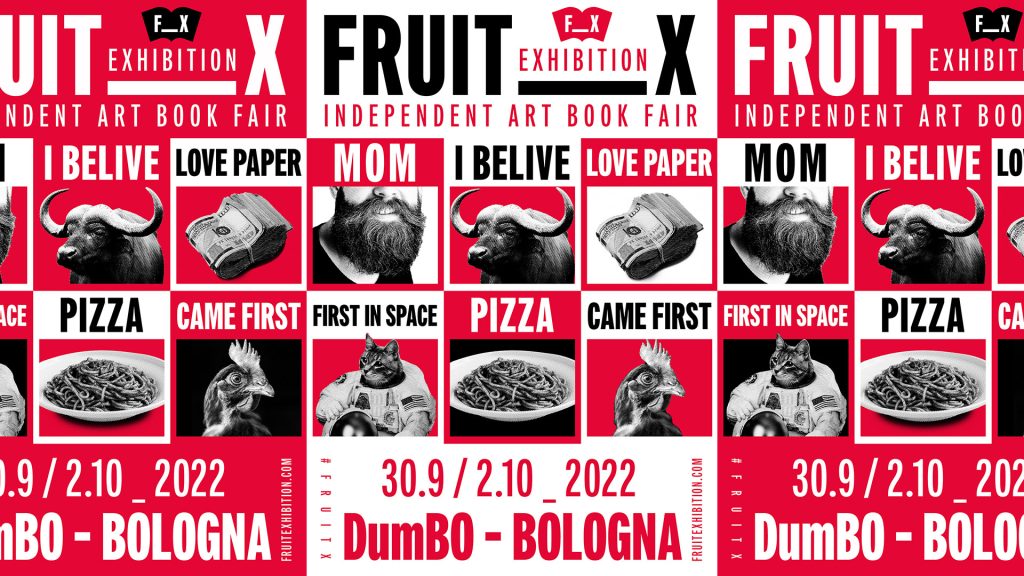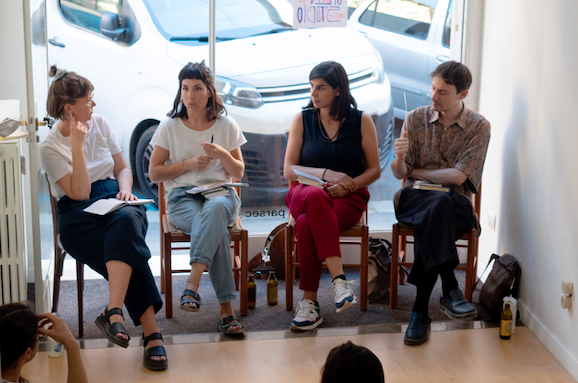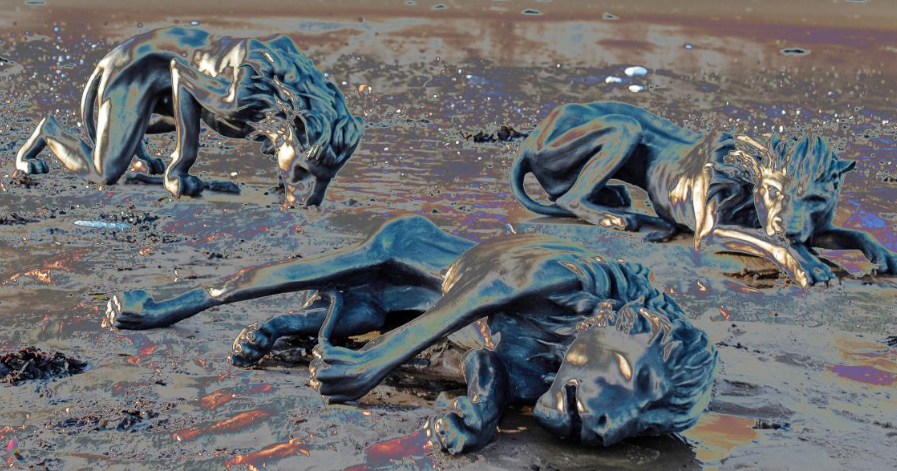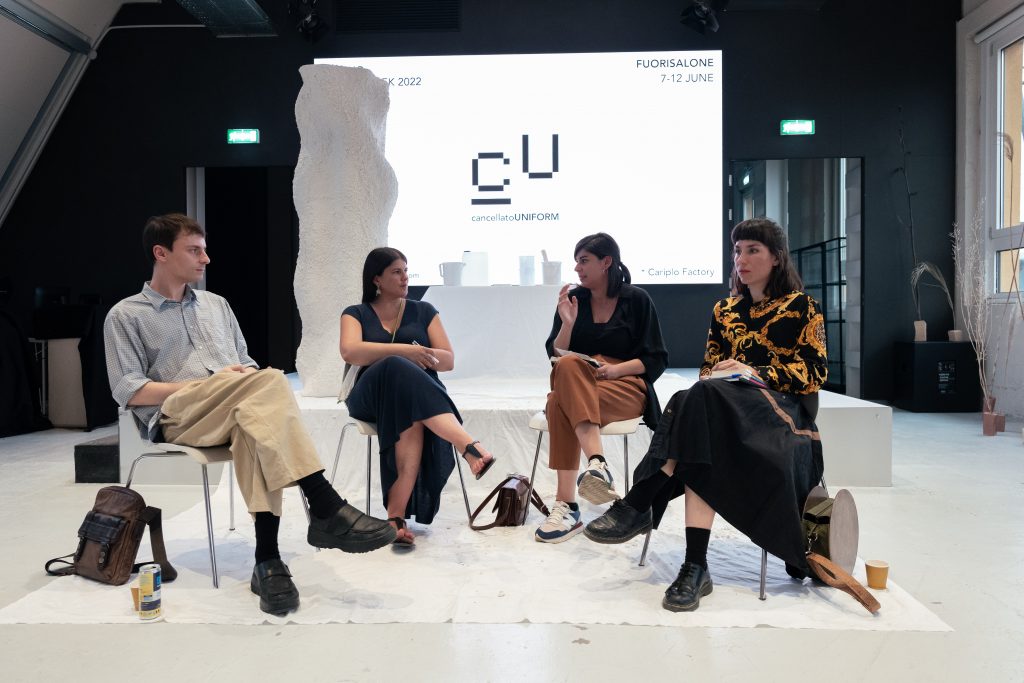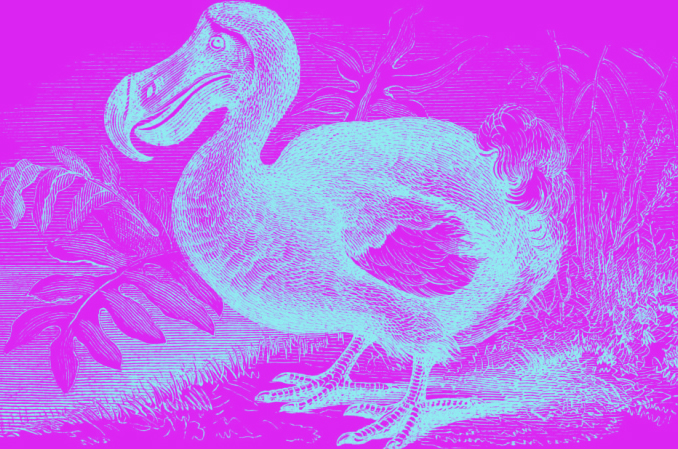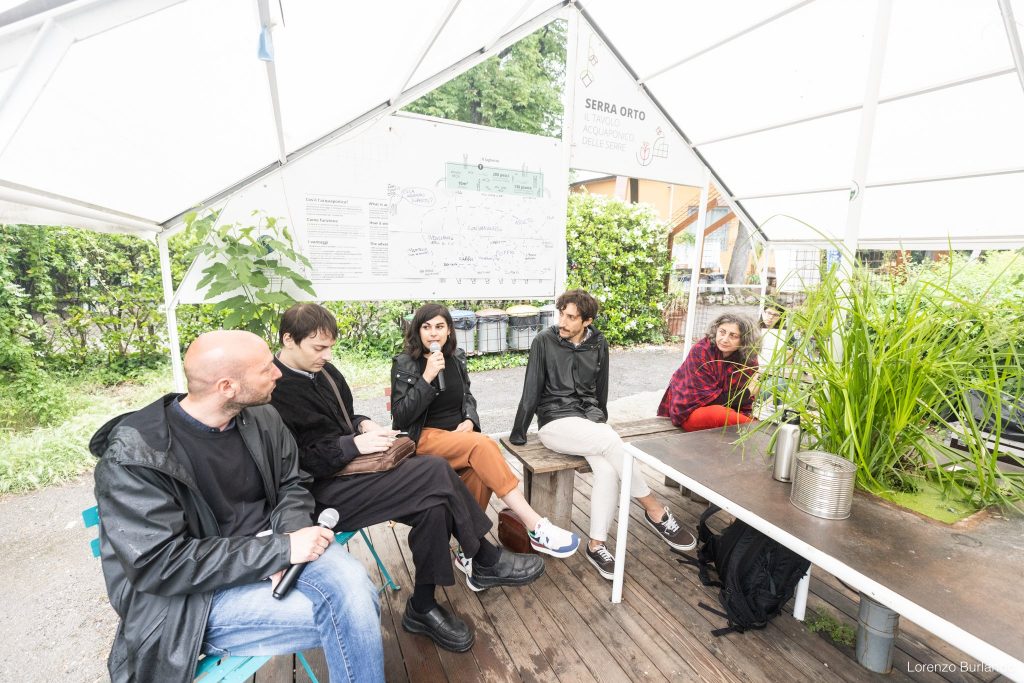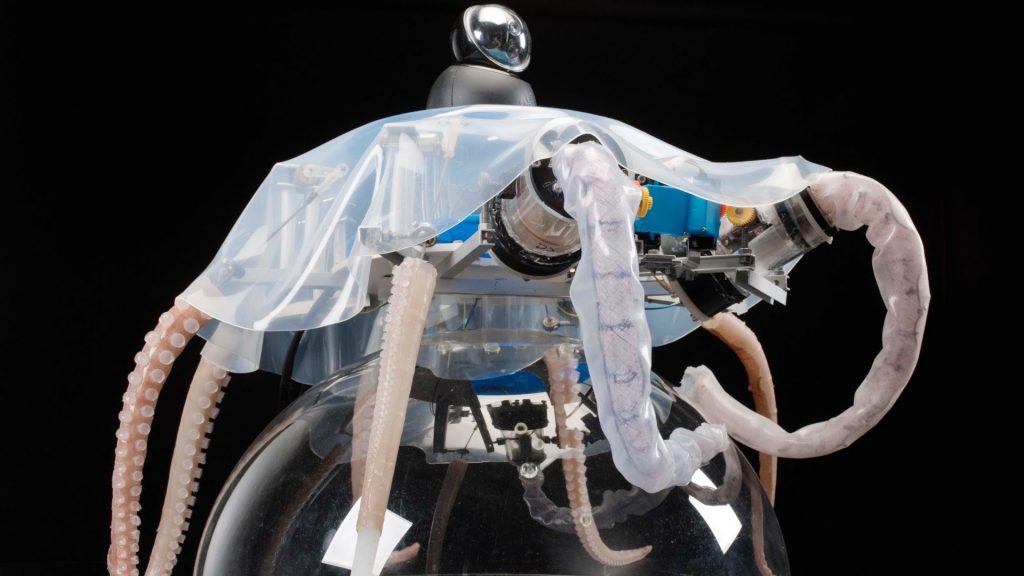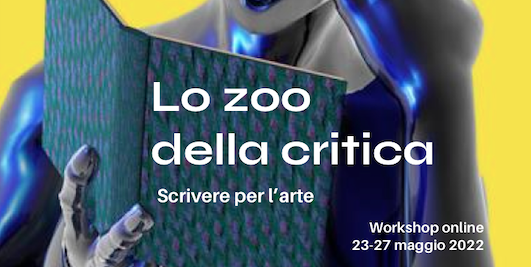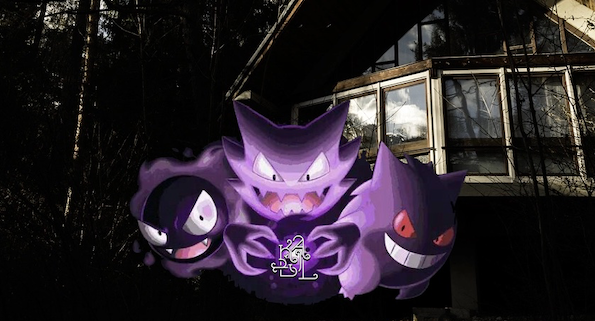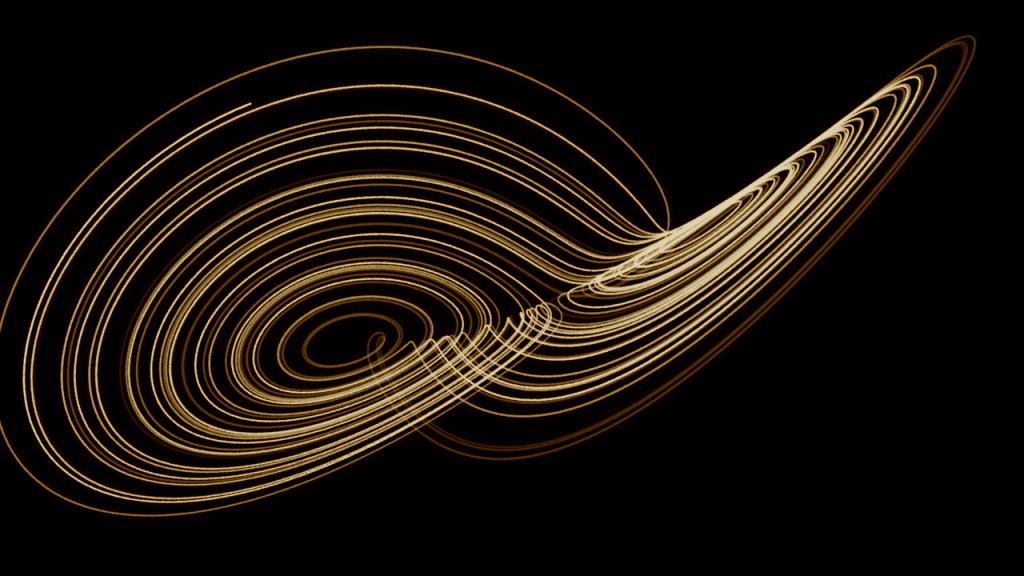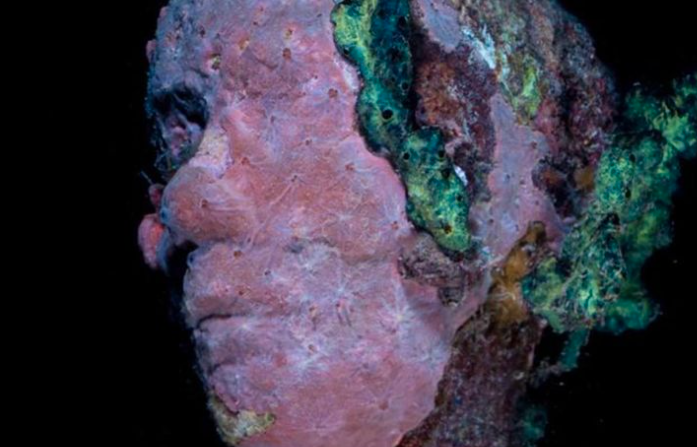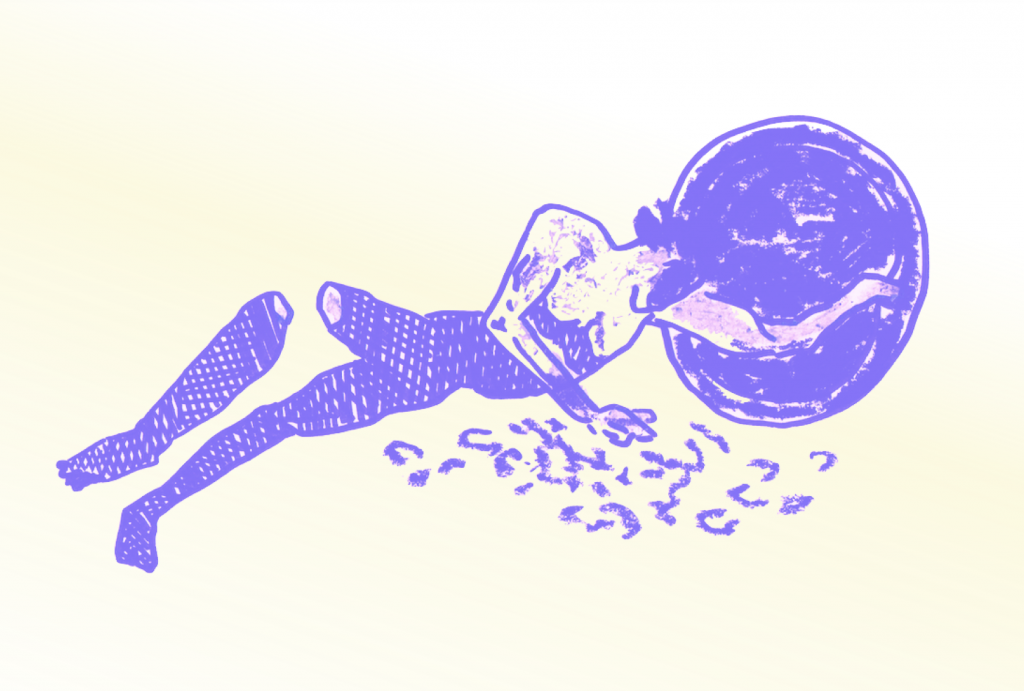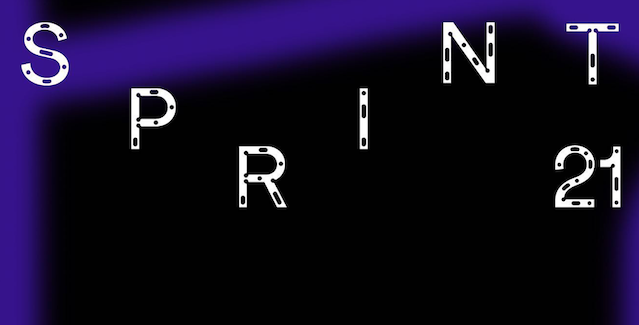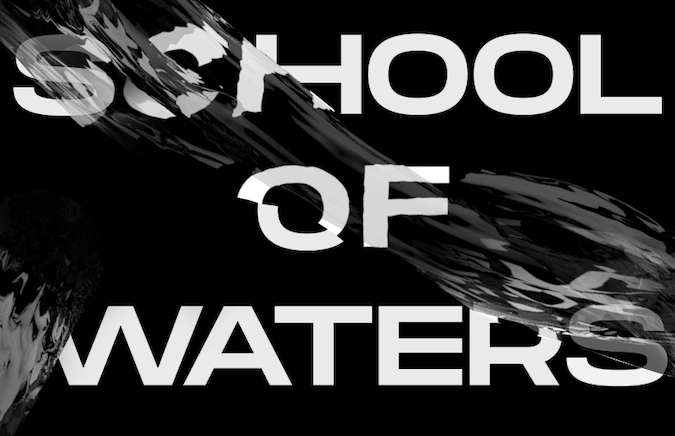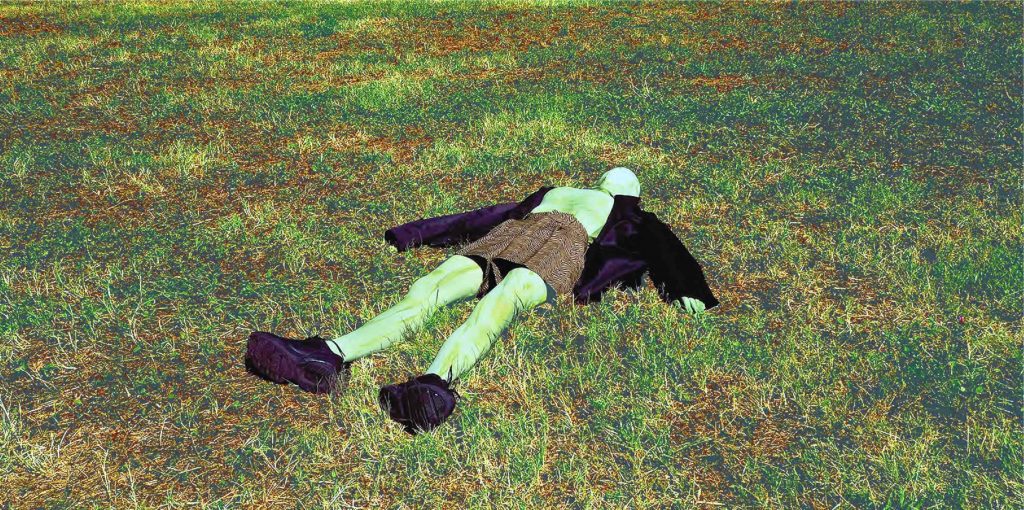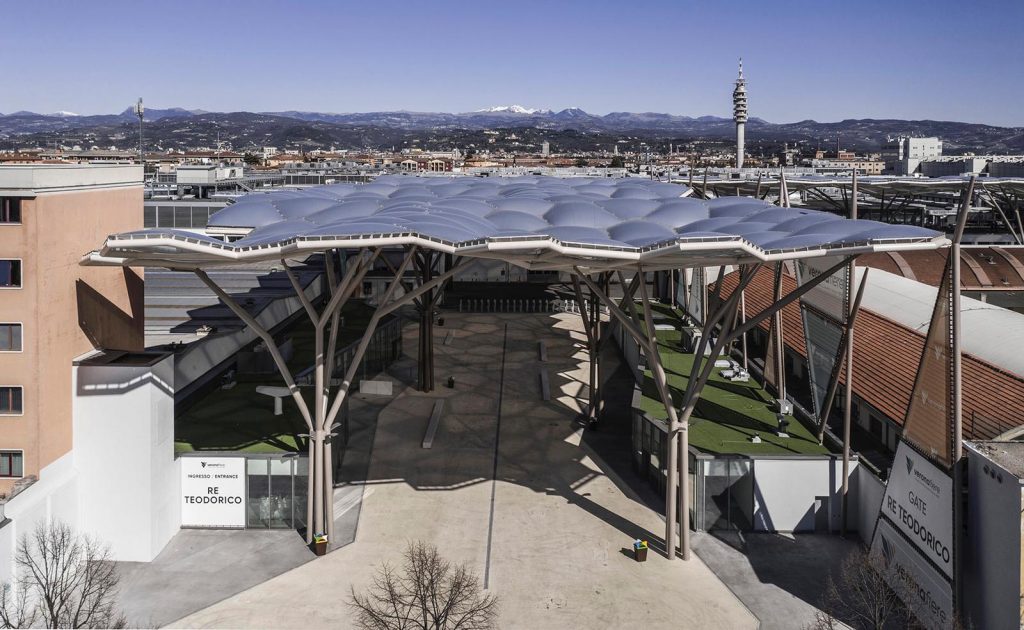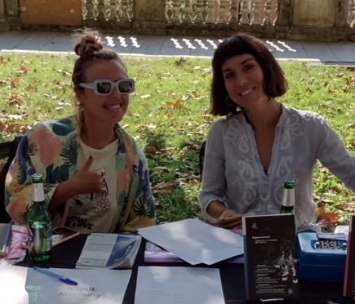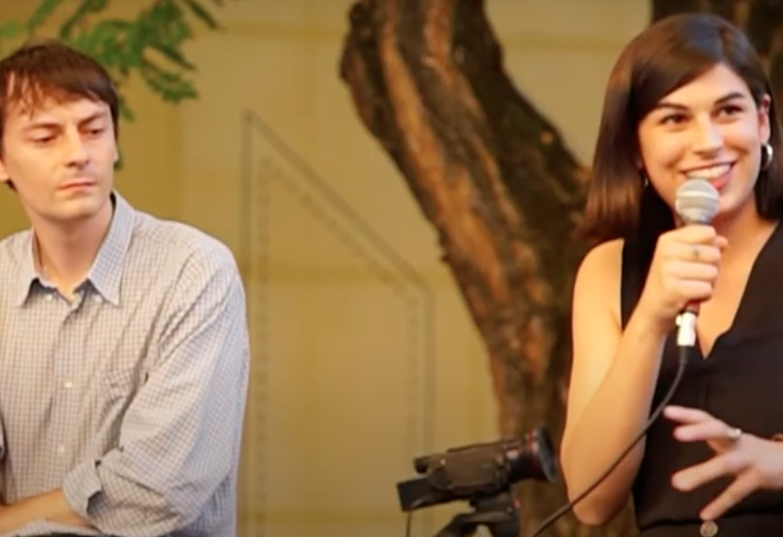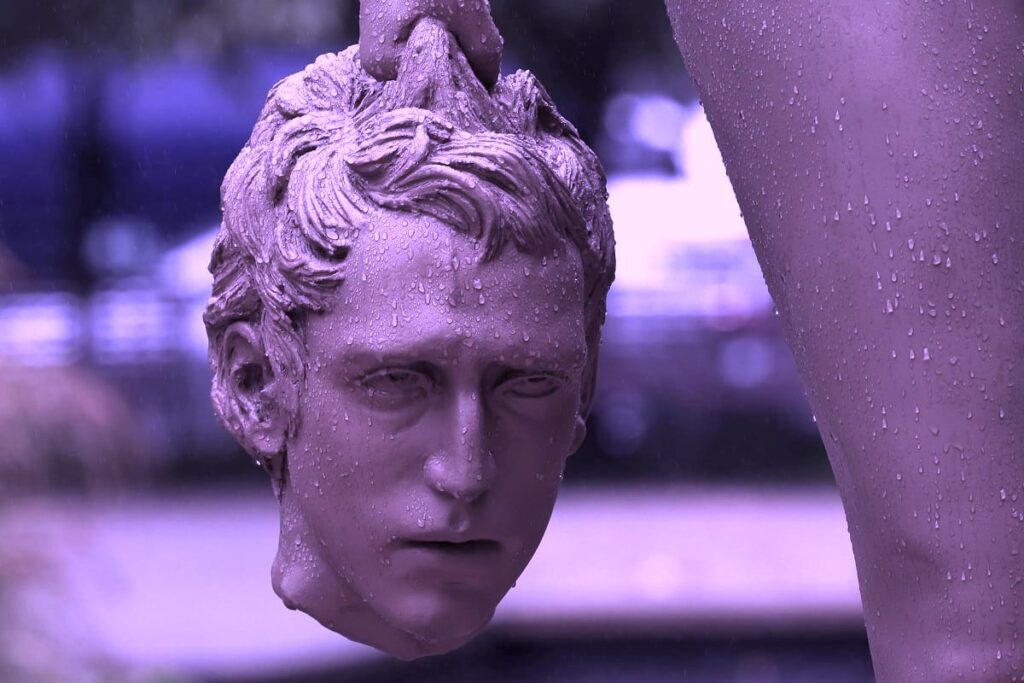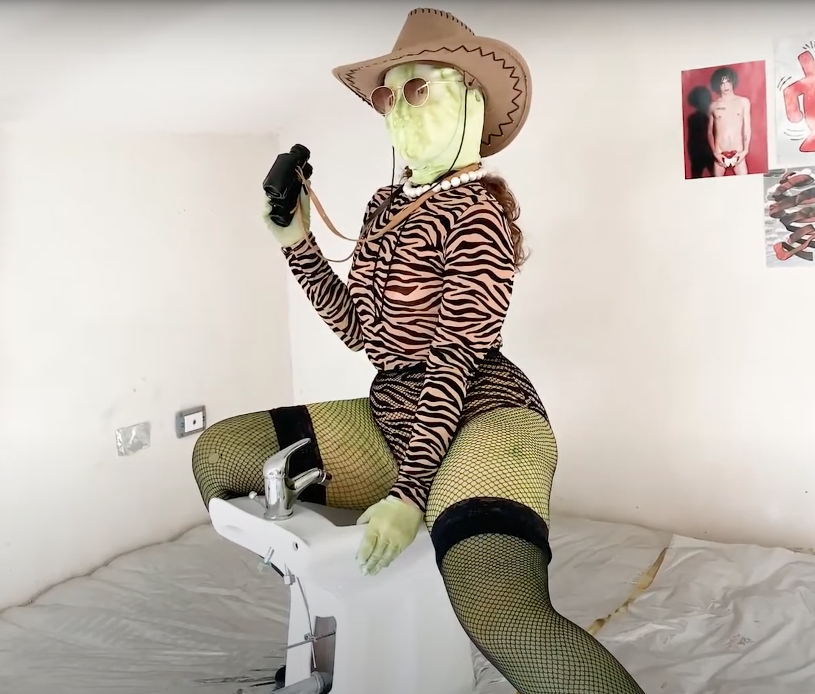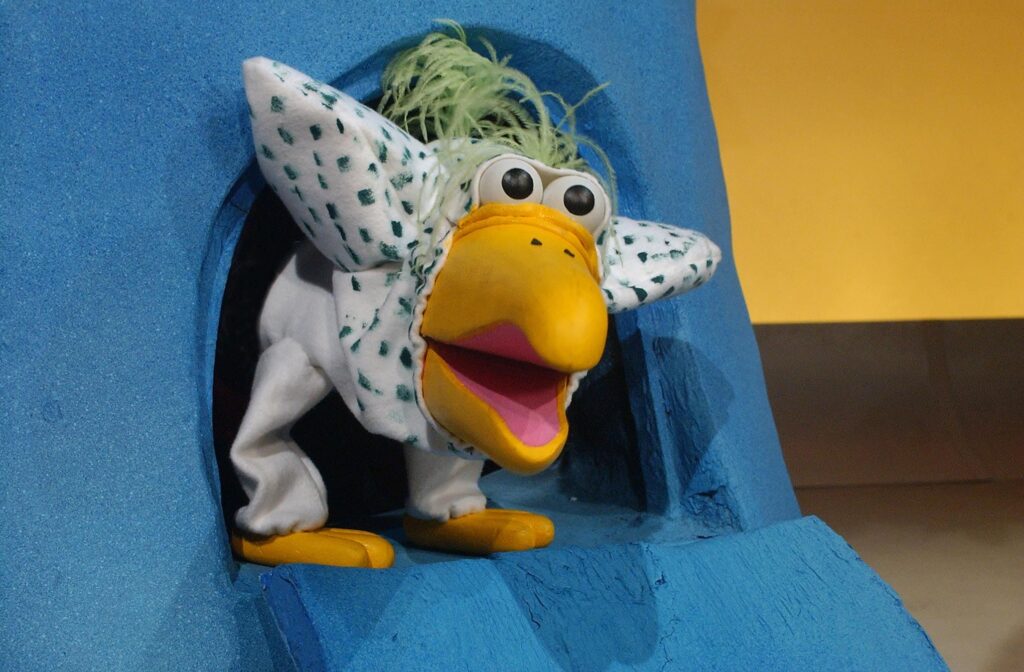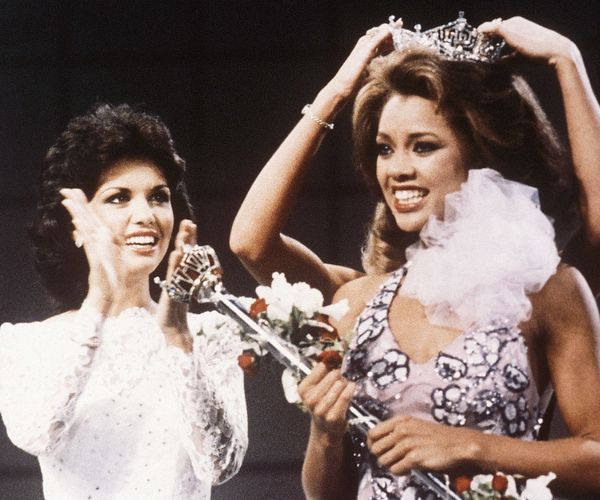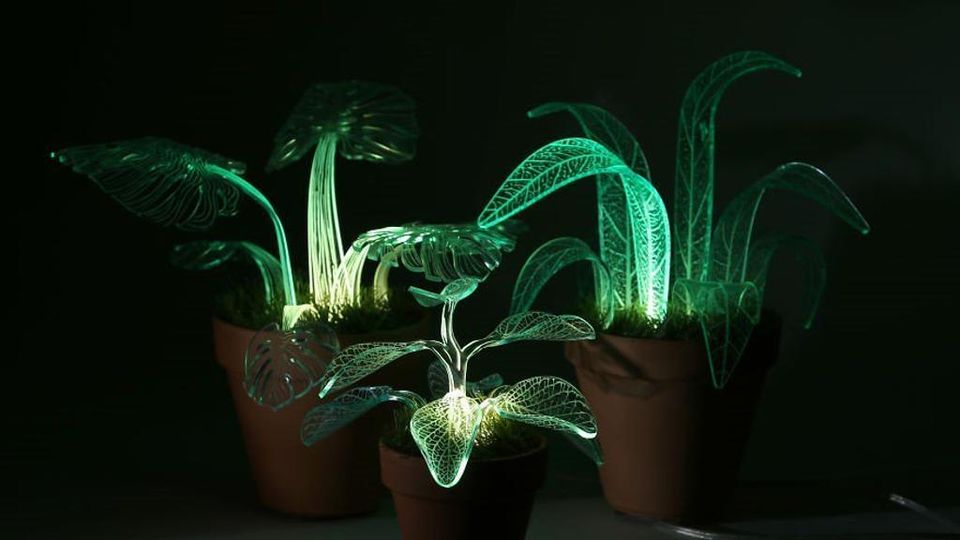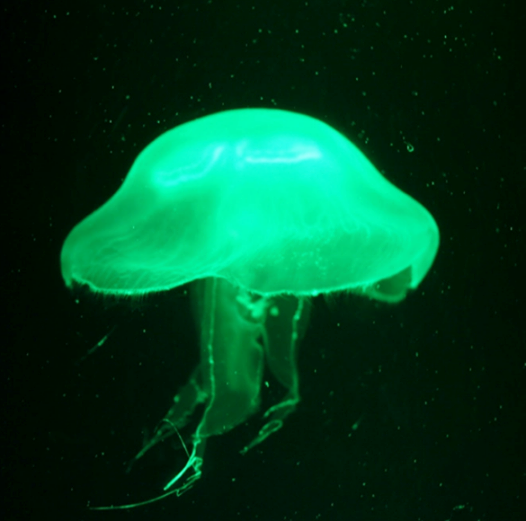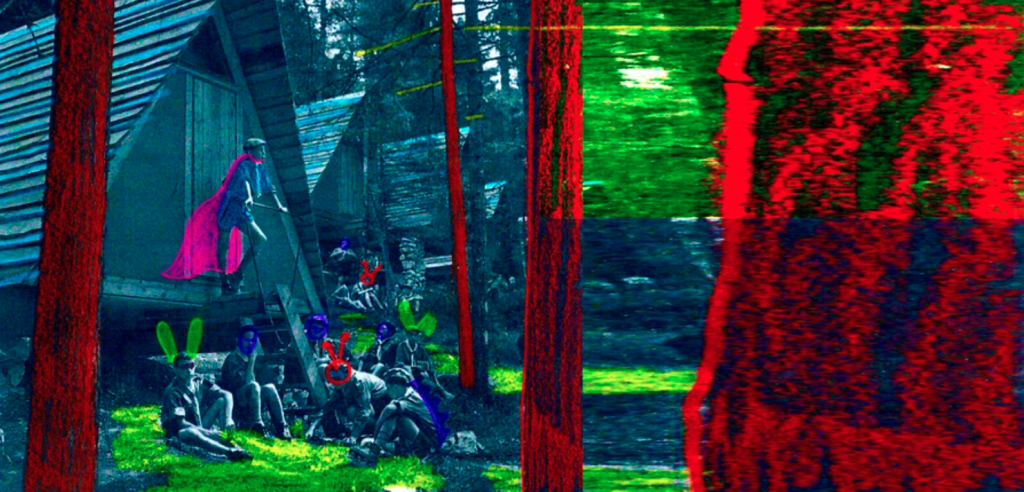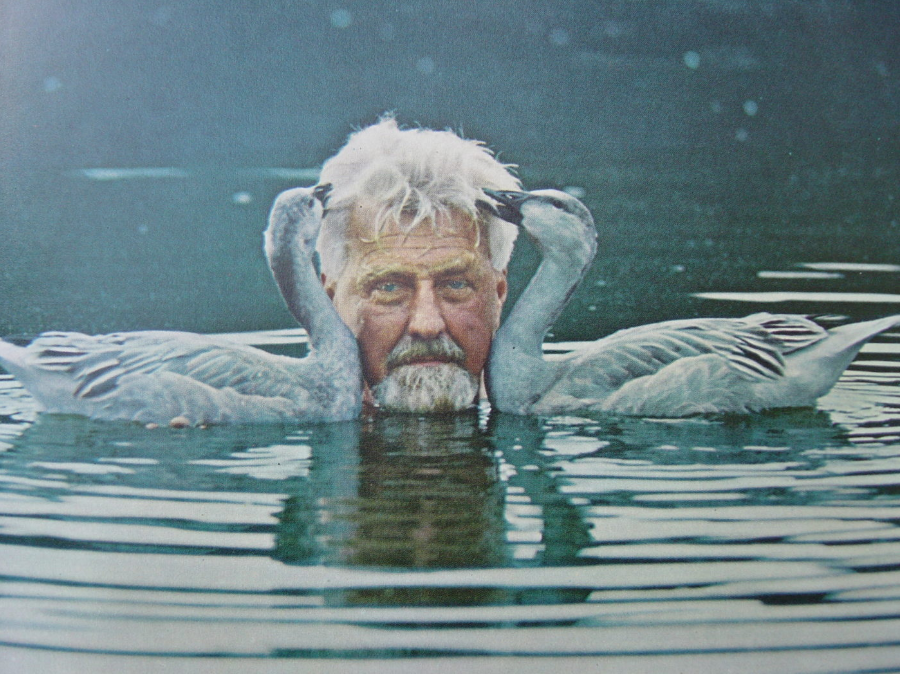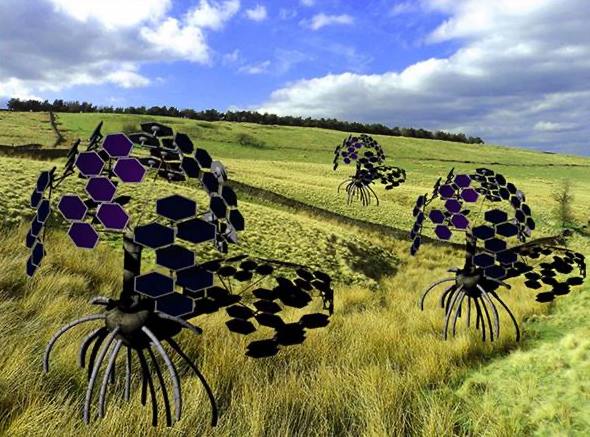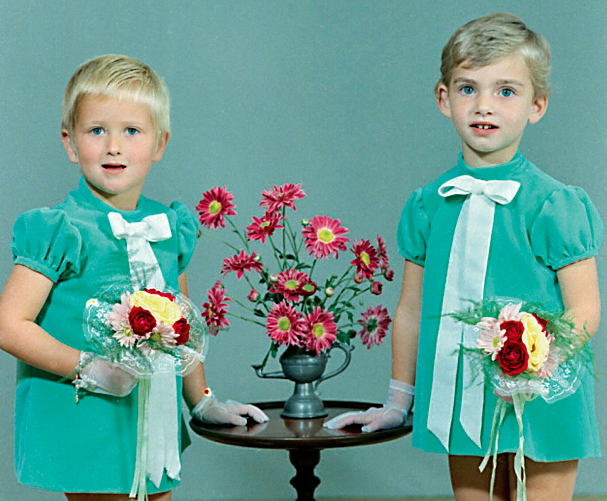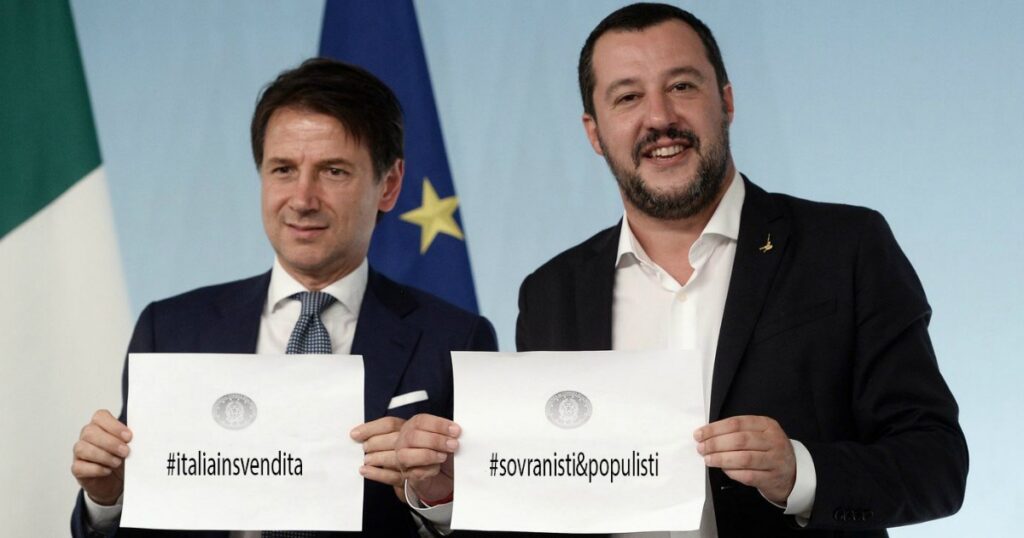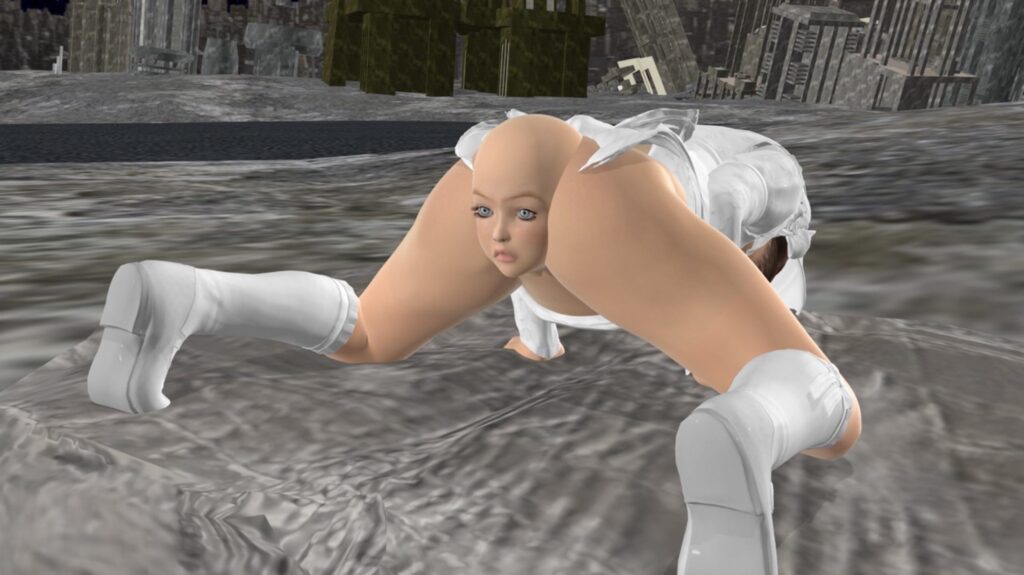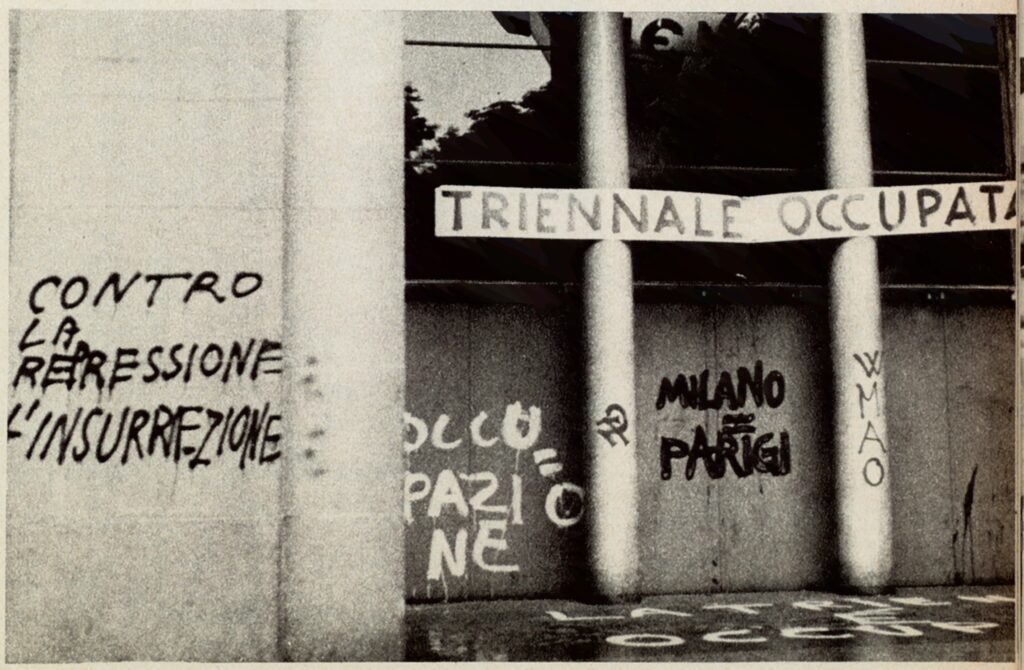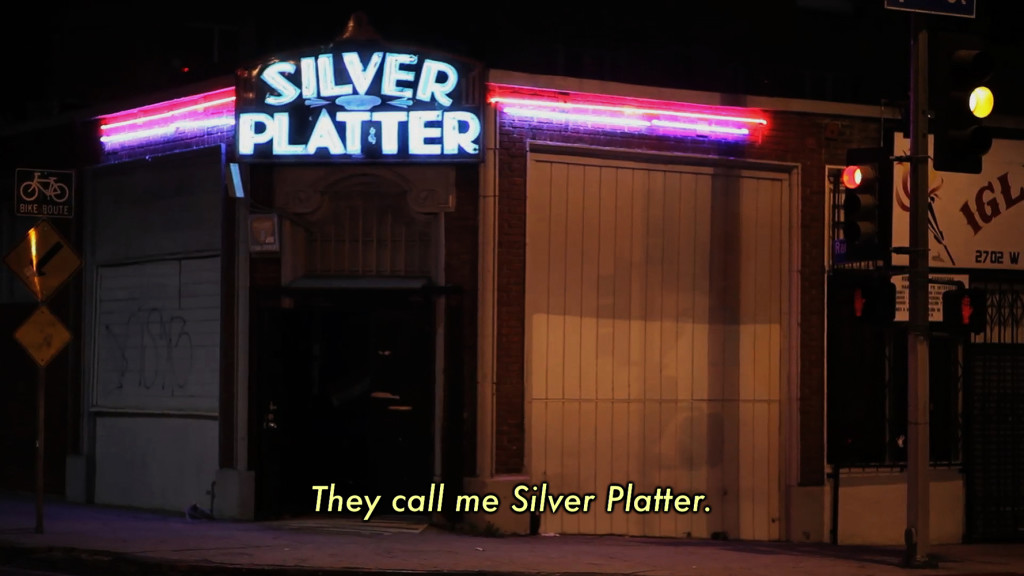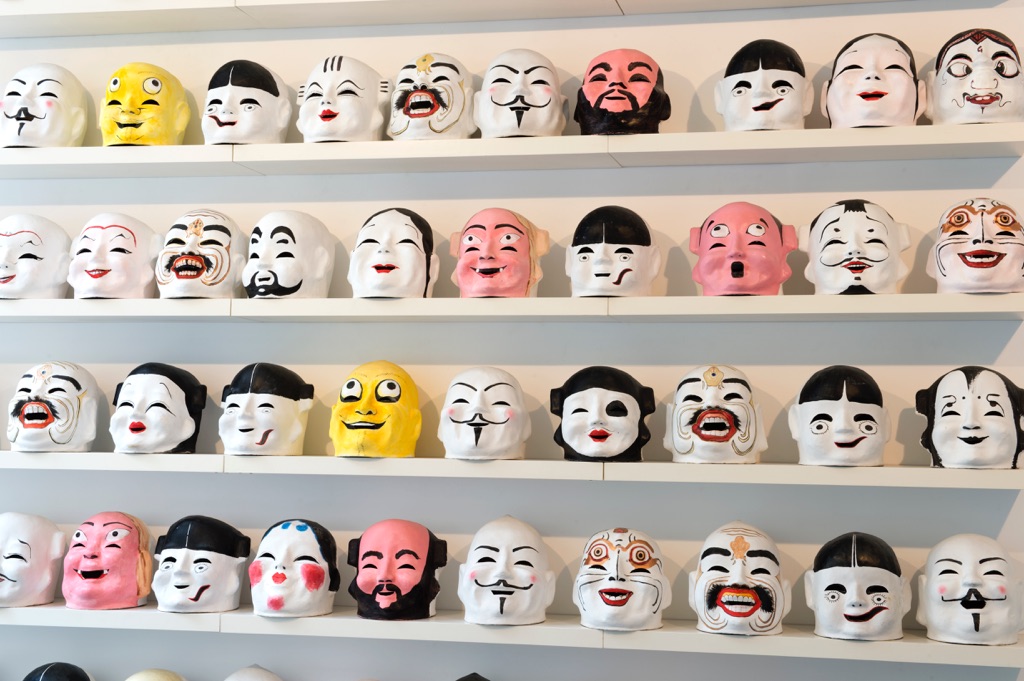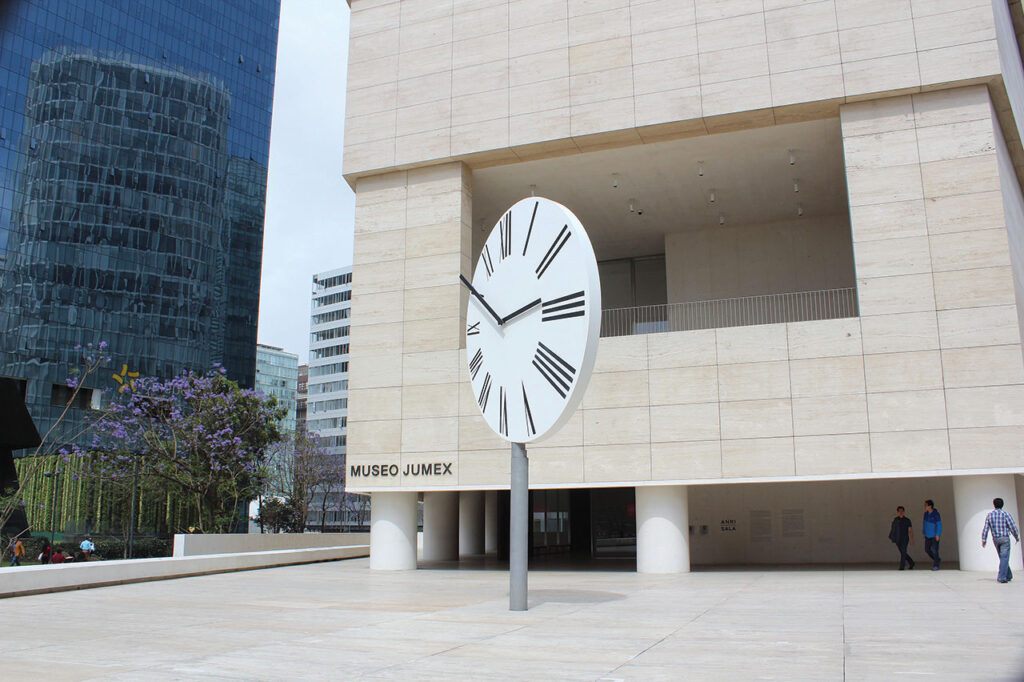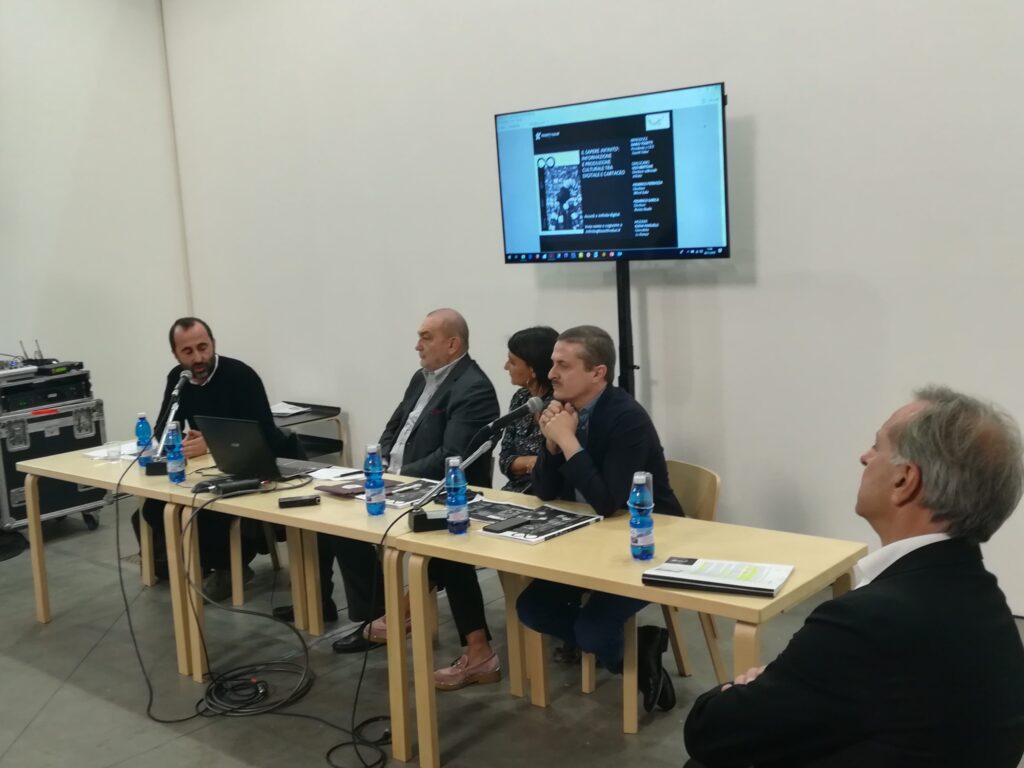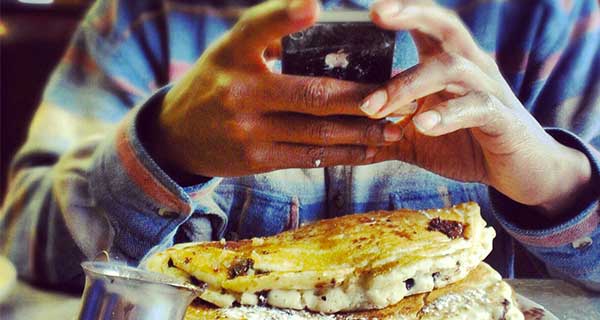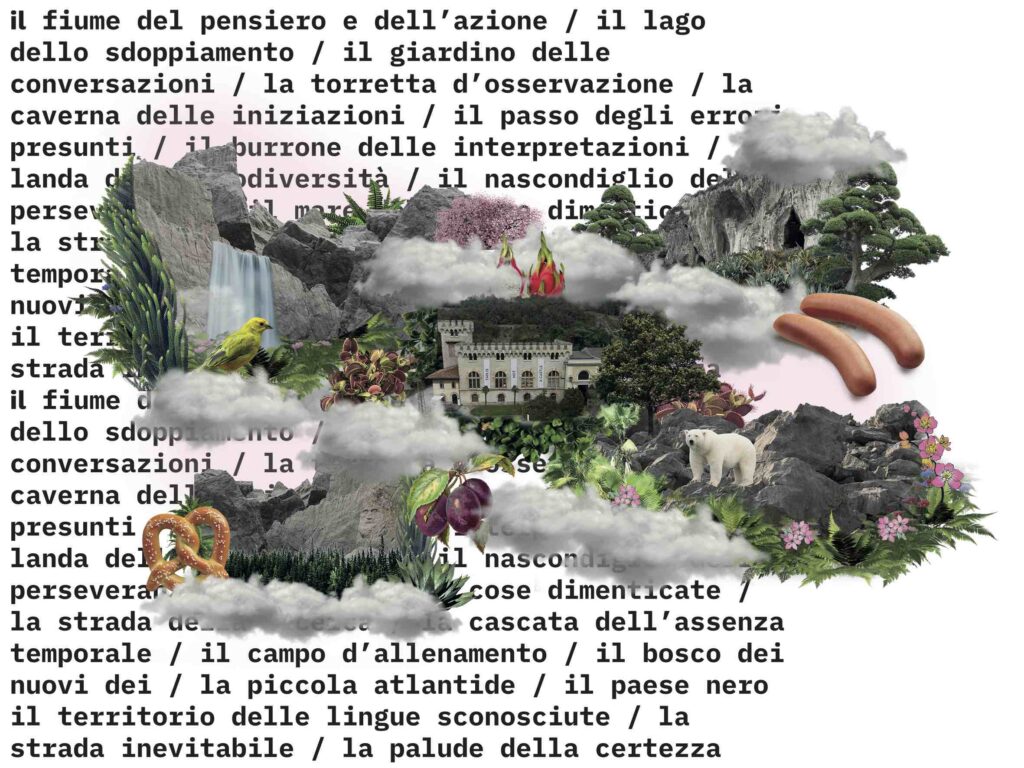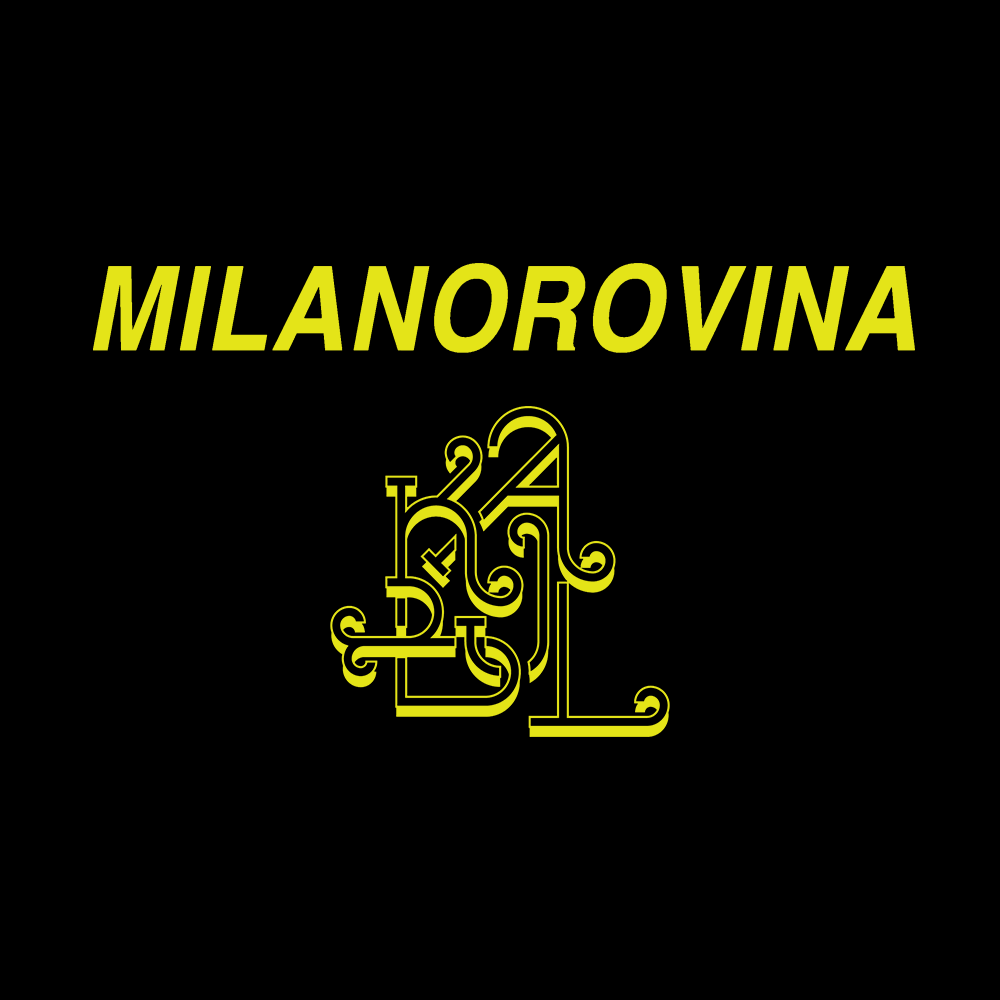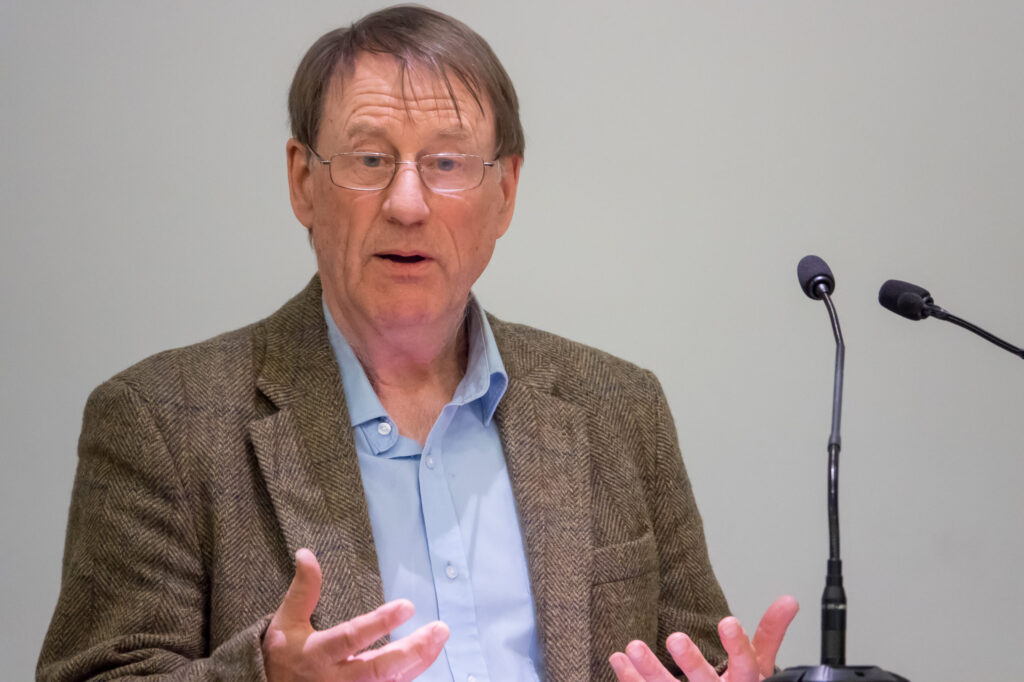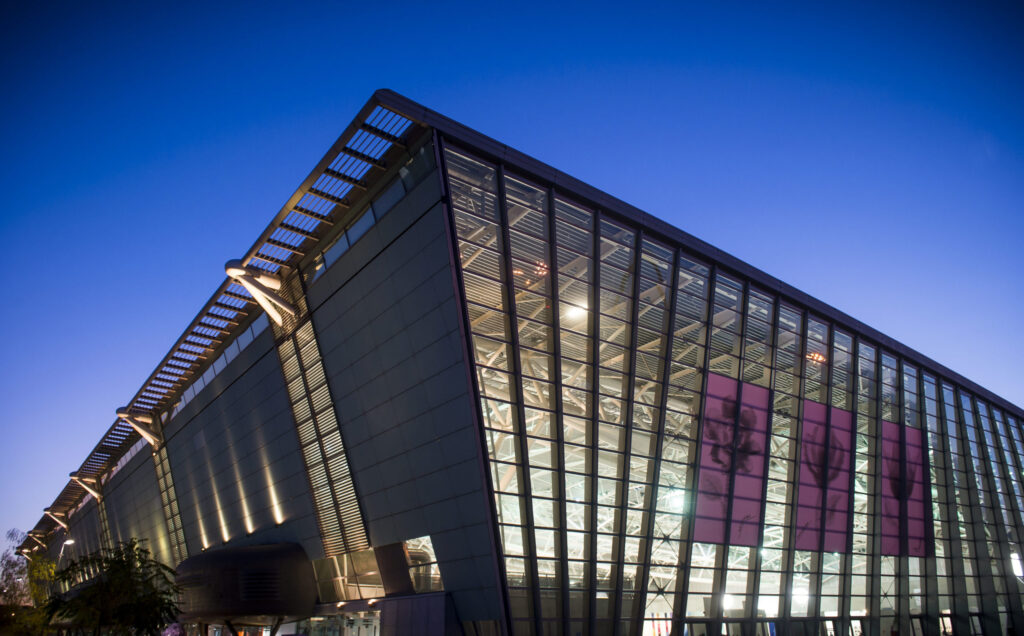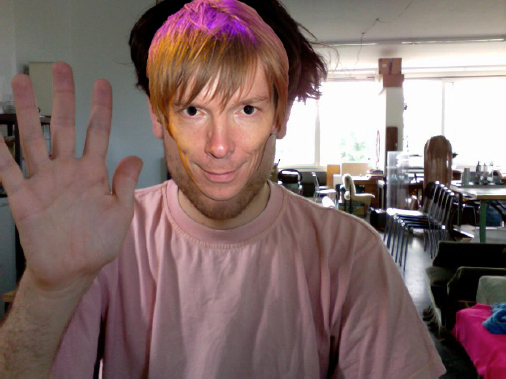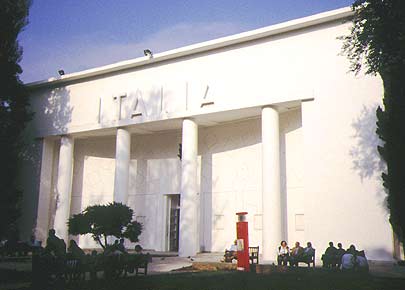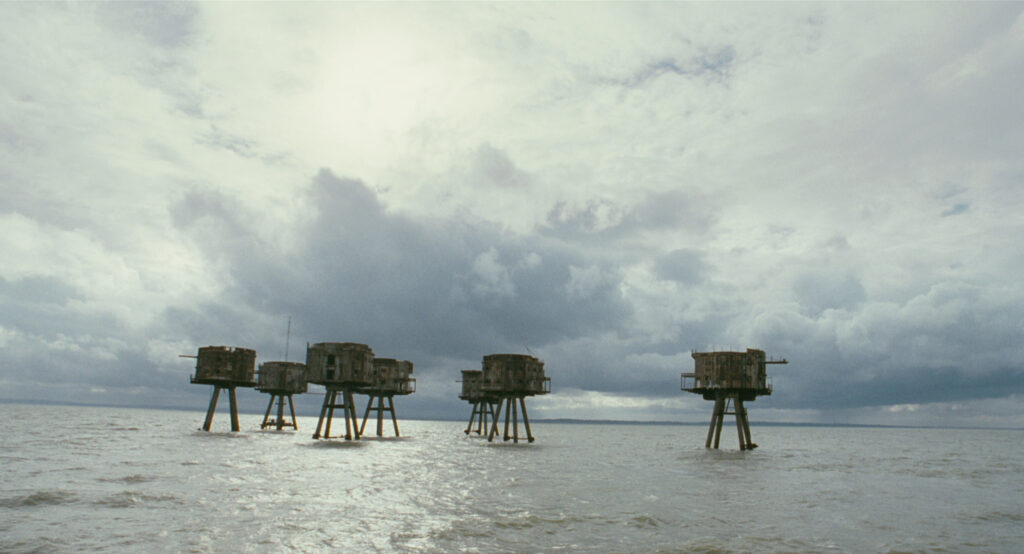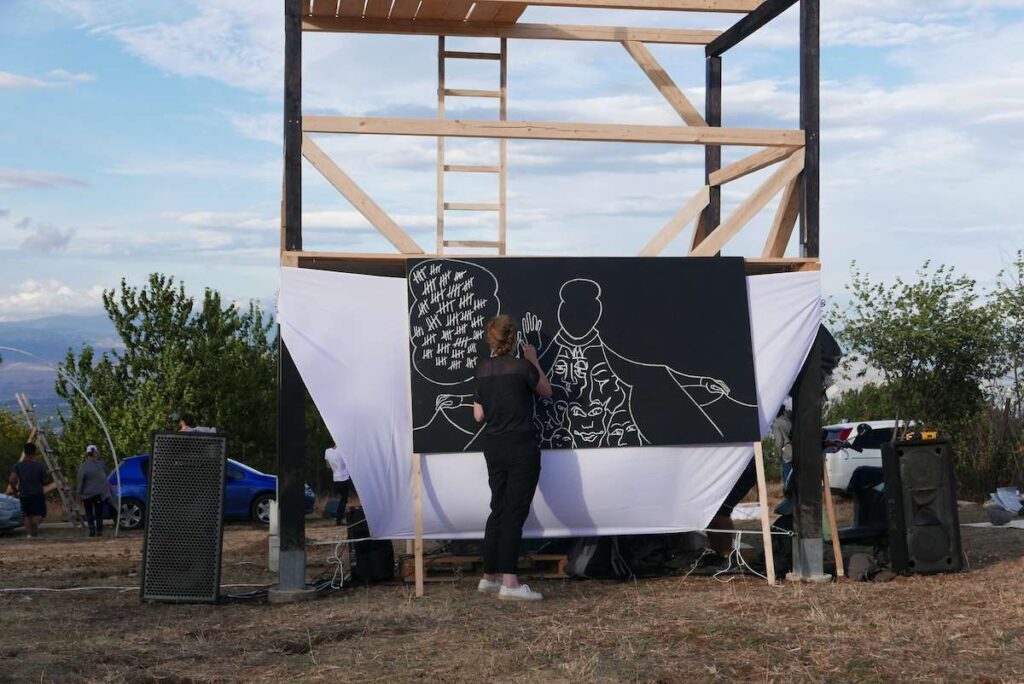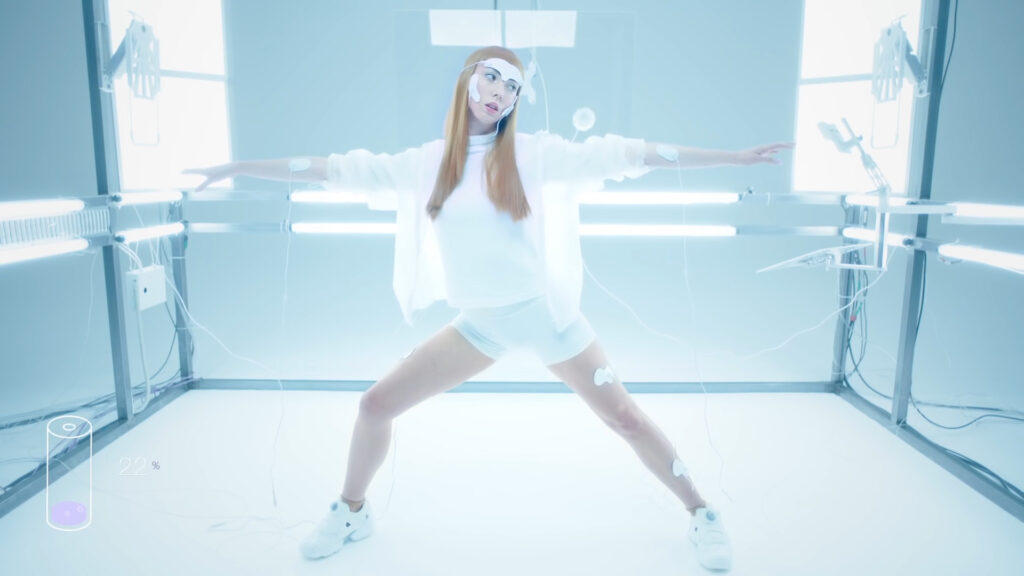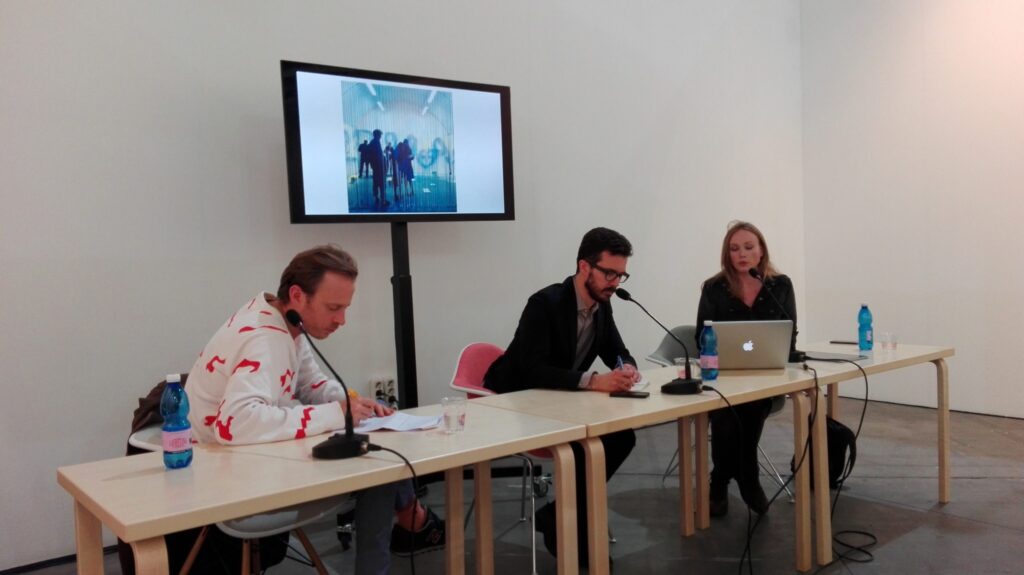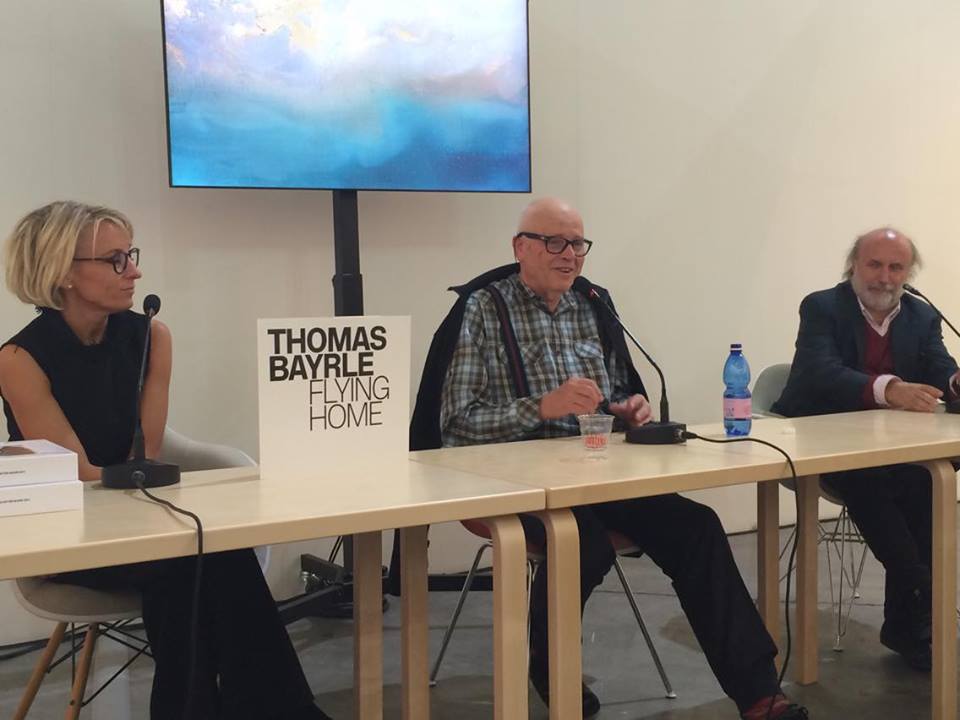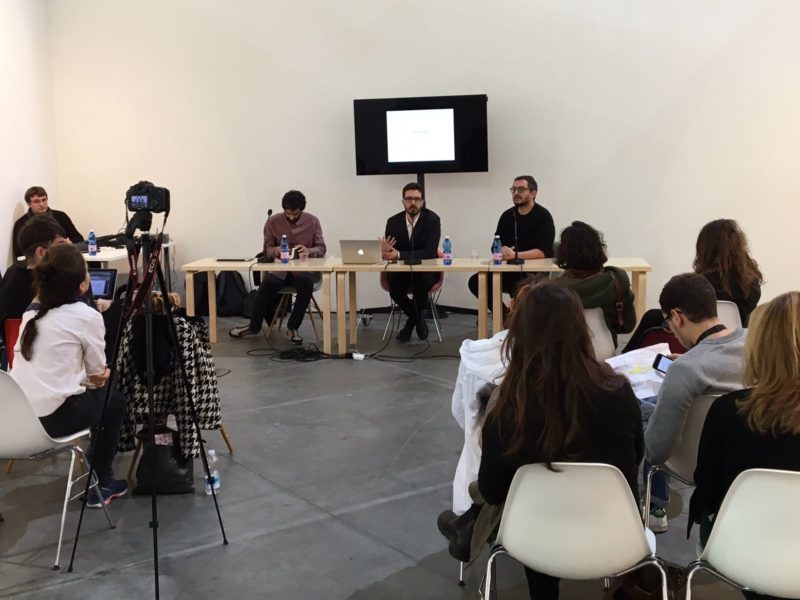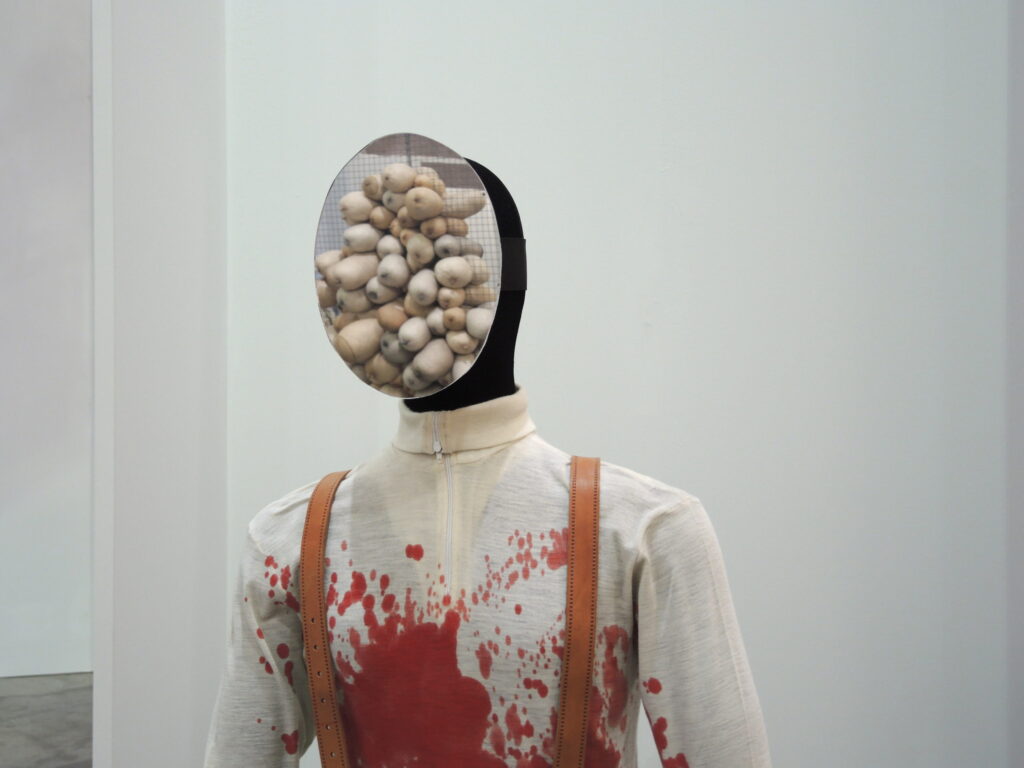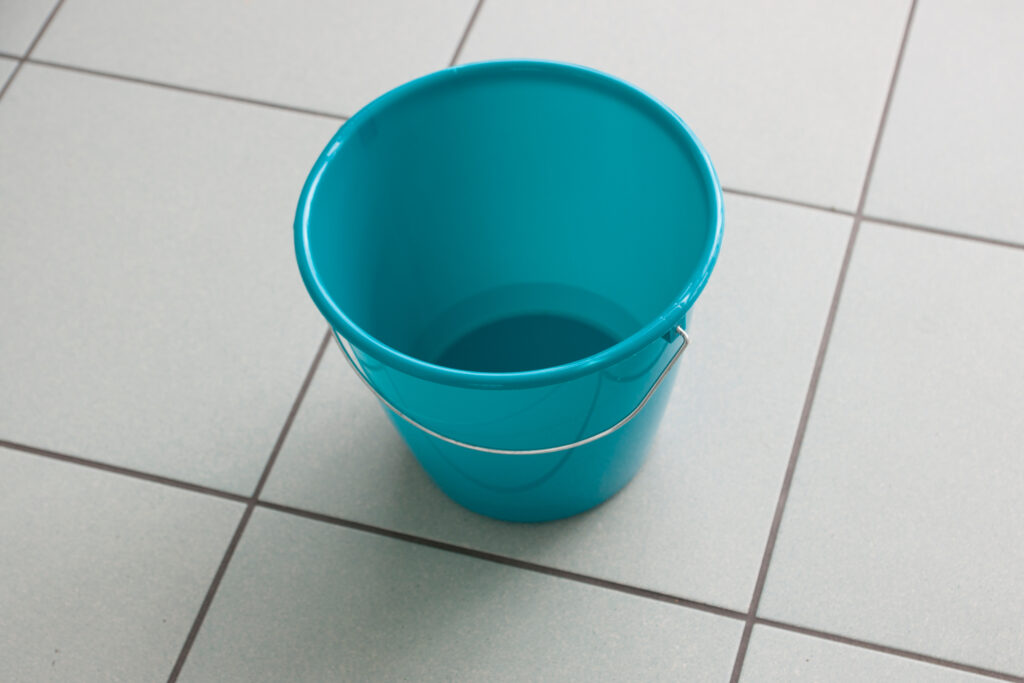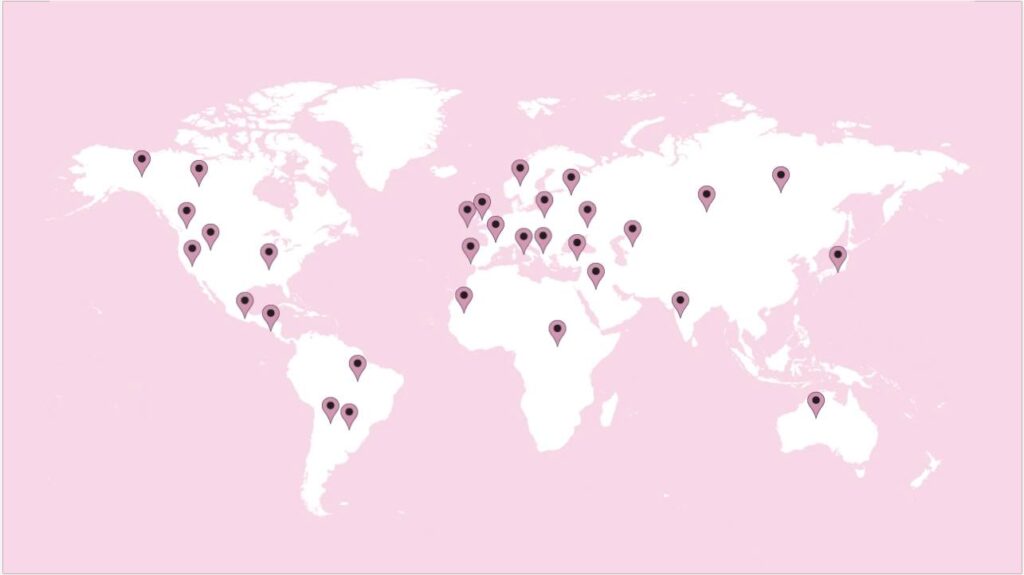 Claire Fontaine – This Neon Sign Was Made By… – 2009 – tubi fluorescenti 30×350 cm. Installazione presso Regina Gallery, Moscow. Courtesy of Claire Fontaine and Regina Gallery.
Claire Fontaine – This Neon Sign Was Made By… – 2009 – tubi fluorescenti 30×350 cm. Installazione presso Regina Gallery, Moscow. Courtesy of Claire Fontaine and Regina Gallery.
The following critical review considers artistic and curatorial practices, which are not aligned to neoliberal precepts. For this essay five-key references have been selected: ‘Human Strike’ by Claire Fontaine, DIY gynecology by GynePunk, Silent University by Ahmet Öğüt, New Ways of Doing Nothing by Vanessa Müller and Cristina Ricupero, and Site for Unlearning by Annette Krauss.11See ‘Annette Krauss’, http://hiddencurriculum.info/HC1.pdf (accessed 11th Dec. 2016). See also Anthony Huberman, “Claire Fontaine,” Bomb n.105 (Fall 2008), http://bombmagazine.org/article/3177/claire-fontaine (accessed 11th Dec. 2016). ‘The Silent University’, http://thesilentuniversity.org/ (accessed 11th Dec. 2016). Vanessa J. Müller and Cristina Ricupero, Nicolaus Schafhausen, eds. New Ways of Doing Nothing, (Berlin: Stenberg Press, 2016).
These practices reconsider static neoliberal instructions by a process of ‘un-learning’ and ‘re-functioning’. As Alex Williams affirms, “platform of neoliberalism does not need to be destroyed. It needs to be repurposed”.22Alex Williams and Nick Srnicek, “#ACCELERATE MANIFESTO,” Critical Legal Thinking online (14 May 2013), http://criticallegalthinking.com/2013/05/14/accelerate-manifesto-for-an-accelerationist-politics/(accessed 11th Dec. 2016).
This could be obtained by an emancipation of critical attitude from capitalistic restrictions.
– Human Strike
Claire Fontaine is an artistic duo founded by Fulvia Carnevale and James Thornhill aimed at investigating capitalistic implications on contemporary society. Claire Fontaine inherits feminine traits from 1970’s Italian feminist movements while also winking at Duchamp’s readymade. ‘She’ mainly works with sculptures and installation, whilst neglecting critical writing.
In her essay The Human Strike Has Already Begun, Claire Fontaine considers the notion of ‘un-learning’, which in her perspective means an abandonment of models of the past — such as revolution and communism — and a defeat of the binomials “money and time, money and space, (…) money and bodies”.33Claire Fontaine, “Human Strike Has Already Begun” in Human Strike Has Already Begun & Other Writings (Berlin: Mute and Post-Media Lab co-published, 2013), p.32.
She addresses personal intimacy to avoid outwards impositions. Rather than an act of subversion against capitalism, the ‘Human Strike’ is nothing but “a concept that thinks against itself”.44Fontaine, “Human Strike”, p.55.
One has to cast aside tendency of anxiety, need to belong, and body exploitations. Moreover, any kind of achievement has to be referred to the present, without any fear to the futurity.
Although Claire Fontaine’s theory of un-learning fits current practices, her notion of ‘Human Strike’ discloses two main weaknesses. The first is related to the so-called “capitalist realism”;55See Mark Fisher, Capitalist Realism: Is There No Alternative? (London: Zero Books, 2009).
in other terms, capitalism relies on the fearless hope to be the best system possible. Despite the fact Claire Fontaine proposes ‘Human Strike’ in the frame of “a new state, less defined, more uncertain,”66Fontaine, “Human Strike”, p.56.
she offers nothing but a ‘blank page’77Claire Fontaine’ pseudonym refers to famous brand of French stationery.
to wait for the future. But all aspects of social life are subsumed under the Capital,88See Steven Shaviro,“Accelerationist Aesthetics: Necessary Inefficiency in Times of Real Subsumption,” E-flux online journal #46 (2013), http://www.e-flux.com/journal/46/60070/accelerationist-aesthetics-necessary-inefficiency-in-times-of-real-subsumption/ (accessed 11th Dec. 2016).
so that we shall develop a systematic image of conceivable scenarios, rather than expecting people to spontaneously constitute a novel socioeconomic system.99See Williams, “#ACCELERATE”.
The latter refers to Claire Fontaine’s artistic production itself. While addressing in her works potential ‘affective’ changes, Fontaine still struggles with capitalistic leftovers. In fact, she persists with attacking the status quo rather than producing an effective alternative for it.1010See Resonant City, “Articulating Insurrection: On Claire Fontaine’s Incendiary Art Practice,” Resonant City (4 February 2013), http://www.resonantcity.net/claire-fontaine/ (accessed 11th Dec. 2016).
In order to avoid the above-mentioned weaknesses, a valid artistic/curatorial practice should construct models by impoverishing capitalism, not merely attempting to dismantle it. One might begin from the same platforms which neoliberalism has already provided for us, such us technology or logistics.1111See Williams, “#ACCELERATE”.
The notion of ‘Human Strike’ might be effectively conceivable when binomials money-body, money-space, money-time will be replaced by technology/research-body, inclusion-space, inaction-time. These binomials are functional to better set out the four following references.
– GynePunk
 «Cyborg witch» che attua un’autoanalisi. Foto di Paula Pin – Courtesy of Gynepunk.
«Cyborg witch» che attua un’autoanalisi. Foto di Paula Pin – Courtesy of Gynepunk.
Claire Fontaine claims; “if fascism hasn’t been totally defeated, it is because patriarchy and the colonization of life by commodity are still our daily bread”.1212Fontaine, “Human Strike”, p. 9.
To some extent, this enslavement relies on linguistic premises. On one hand, we are subsuming subjectivity under notions still related to capitalism — even when we talk of ‘human capital’.1313See Shaviro, “Accelerationist”.
On the other hand, we are linguistically referring to female using male’s connotations. Parts of women’s body are still named after male gynecologists; as is the case with the ‘Skene glands’.1414See ‘Skene’s gland’ https://en.wikipedia.org/wiki/Skene’s_gland.
In this frame, ‘Human Strike’ might refer to decolonization of the body and be correlated to GynePunk practice, which stated its innovative ‘re-functioning’ process by rebaptising Skene glands to Anarcha’s gland.
GynePunk is a Catalan collective whose aim is to graft uncharted modality of dealing with gender and technology in the patriarchal system. GynePunk is a hacker collective born within the confines of a post capitalistic community near Barcelona, where they reside in The Pechblenda lab. It is a ‘hacker space’ used for technological experimentation and self-education. Since 2013, GynePunk has been part of the wider biology network Hackteria. It is a community, which involves artists, hackers and scientists into an international debate on bioart, open source experimentation, and DIY biology, in order to re-functioning economically-driven research. They are settled into specificity while remaining open towards broader contexts, so that they overcome local restriction through a widespread strategy.1515See also Nick Srnicek and Alex Williams, Inventing the Future: Postcapitalism and a World Without Work (New York: Verso, 2015).
Vehemently avoiding the stagnant, competitive, and restrictive structure of capitalism, GynePunk investigates sexology at large. Klau Kinky — one of the members — was working on a personal research when she came across personal stories of Anarcha, Betsey, Lucy, three slaves suffering from fistulas. Digging into their medical history, she discovered that the father of modern gynecology, Alexander Skene, actually practiced his untried research on them without anesthesia. Addressing this brutal violence, Kinky dedicated her research to these three women1616See https://anarchagland.hotglue.me/?anarcha_lucy_betsey (accessed 11th Dec. 2016).
and renamed Skene glands to Anarcha’s gland.
GynePunk spotlights the violent history of gynecology, colonization of the female body, but also current discrimination within health treatment. In this sense, they have developed a tool kit for DIY gynecological analysis, which is conceived for immigrants, sex workers, but also for all underserved groups. Moreover, in order to bypass the public health system or to avoid mistreatment due to gender and racism, GynePunk is studying the procedures of self-analysis for STIs and other infections. Although they often work on the margin of fringe medicine, defining themselves as ‘cyborg witches’, there is a compelling scope behind their experimentation, that is acknowledge “the body as a technology to be hacked, (…) to help us be free, autonomous and independent from the system”.1717Doug Bierend, “Meet the GynePunks Pushing the Boundaries of DIY Gynecology,” Matherboard (21st August 2015), http://motherboard.vice.com/read/meet-the-gynepunks-pushing-the-boundaries-of-diy-gynecology, (accessed 11th Dec. 2016).
– Silent University
 Ahmet Öğüt, fondatore della Silent University – Courtesy of Ahmet Öğüt.
Ahmet Öğüt, fondatore della Silent University – Courtesy of Ahmet Öğüt.
Readdressing expertise to cope with social struggles is an impulse spreading not only from GynePunk practice, but also from The Silent University, an autonomous educational platform founded by artist Ahmet Öğüt. While GynePunk’s kit for DIY gynecological analysis provides a medical support to underserved groups such as immigrants and refugee, the Silent University spotlights the lack of a systematic reception of migrants into the cultural system.
The Silent University provides an independent educational milieu for migrants, asylum seekers, and those who cannot practice their professions or use their academic qualifications due to political or social restrictions. The Silent University locates itself at “the intersection between contemporary art and modern pedagogy”, filling a gap conventional institutions are still struggling with. Distancing itself from institutional top-down procedure, this collective platform speaks in terms of adhocracy1818See ‘Adhocracy’ https://en.oxforddictionaries.com/definition/adhocracy (accessed 11th Dec. 2016).
focusing “decentralization and participatory horizontal models of transferring knowledge”.1919Ahmet Öğüt, “The Pitfalls of Institutional Pedagogy,” World Policy (12th June, 2013), http://www.worldpolicy.org/blog/2013/06/12/pitfalls-institutional-pedagogy (accessed 11th Dec. 2016).
In this sense, Ahmet Öğüt is a partisan of artistic pedagogical practice as emancipated from short-term socially engaged experimentation. Thus, The Silent University works as an antibiotic to be inoculated into the fading body of neoliberalism, provoking a silent yet effective long-term reaction.
Once incorporated into the cultural platform of The Silent University, marginalized groups are asked to teach, to re-appropriate their knowledge, and above all to activate learning by re-addressing the notion of silence. Silence is conceived as a means to establish a stronger criticality through the listening. As John Cage claims, “I am here, and there is nothing to say, (…) what we require is silence; but what silence requires is that I go on talking”2020John Cage, Silence: Lectures and Writings, (Connecticut: Wesleyan University Press, 1961), p. 109
. The Silent University stands on the idea that silencing the limbo of migrants’ integration reveals “the systematic failure” in valuing their skills and knowledge.
The Silent University proposes a parallel model to conventional institutions. It does not subvert existing platforms, but rather distancing itself from administrative tangles in favor of horizontal networking. Since 2012, The Silence University has spread its platform both physically and virtually. After having been established in London in collaboration with Tate, Delfina Foundation and The Showroom, The Silent University network has been grafted in Hamburg, Stockholm, Ruhr, Mülheim, Ammam and Athens. However, The Silent University offers a practical methodology of re-settling a viable narrative of education, rather than leveraging on a reproducible brand. Prompted by this end, it includes migrant academics, lecturers, and consultants, who tailor courses on students’ qualification. It means not only negotiating participants’ requests, but also listening to collective needs. The success in establishing horizontal relationships is directly proportional to the invested time, since “pedagogical practice requires long-term engagement, commitment, and determination”.2121Öğüt, “The Pitfalls”.
The Silent University proposes a parallel way to conceives the institutional pedagogy within the neoliberal higher education, shifting the focus from what learning to how learning.
 Georges Perec, Bernard Queysanne – Un Homme Qui Dort – 1974 – still video b/n – 81 min. Courtesy of Cecile Neurisse e Bernard Queysanne.
Georges Perec, Bernard Queysanne – Un Homme Qui Dort – 1974 – still video b/n – 81 min. Courtesy of Cecile Neurisse e Bernard Queysanne.
– New Ways of Doing Nothing
The act of un-learning consists in reconsidering modern certainty into a new perspective. As above argued, the notion of silence can shift from a misinterpreted passive state to a self-reflexive condition. Similarly, ‘laziness’ might be perceived as a “source of inspiration”2222Vanessa J. Müller and Cristina Ricupero, Nicolaus Schafhausen, eds. New Ways of Doing Nothing, (Berlin: Stenberg Press, 2016), p.3
and as “a form of passive resistance”.2323Ibid.
In the frame of the exhibition New Ways of Doing Nothing — hosted in 2014 at Kunsthalle Wien —curators Vanessa Müller and Cristina Ricupero have proposed twenty-one artists to reflect upon productivity in the context of neoliberalism. ‘Doing nothing’ refers to artist Karl Holmqvist utterance, according to which artistic ‘inaction’ would unleash latent inventiveness, so often constrained by hyper-productive neoliberalism. Displayed works attempts to achieve ‘nothing’, like the series Today I Wrote Nothing (2009) by artist Natalie Czech. In their rationale, curators followed the tracks left by the main character of the Herman Melville’s Bartleby, the Scrivener: A Story of Wall Street. With his polite yet pretentious refusal ‘I would prefer not to’, Bartleby acted a passive resistance to neoliberalism. However, within a neoliberal perspective, ‘doing nothing’ means refusing imposed standards, which are prerequisites to happiness. The overabundance is generally perceived as a way to escape ‘the fear of nothing’ rather than a downwards maelstrom. In this frame, hyper-activity is an attitude aimed at fulfilling our impossibility to achieve nothing.
 Natalie Czech – Today I Wrote Nothing – 44 pp. – 13×20 cm (edizione di 500) – 2010 – Courtesy of Natalie Czech.
Natalie Czech – Today I Wrote Nothing – 44 pp. – 13×20 cm (edizione di 500) – 2010 – Courtesy of Natalie Czech.
By a sarcastic perspective, New Ways of Doing Nothing reclaims the “right to be lazy”2424See Paul Lafargue, The Right To Be Lazy, Charles Kerr tran. (Chicago: Charles Kerr and Co., 1883).
as sanctioned by Paul Lafargue. A non-action would be even more productive than to be addicted to work, since “the furious mania for work”2525Ibid.
inevitably leads to an exhaustion of the individual. The only way to re-direct unrestrained working to progress is opting for a productive state of inaction. In particular, Today I Wrote Nothing (1976) by Czech encloses this aim. The artist attempts to reproduce a note that Russian poet Danii Kharms appointed on his diary: “Today I wrote nothing. Doesn’t matter. 9 January”. Collaging and editing this short page, Czech actually puts un-written into action, producing at one time visual outcomes and a text.
Although the Bartleby’s formula ‘I would prefer not to’ triggers the entire exhibition, it cannot be seen as an effective alternative to neoliberalism. As Deleuze claims, “the formula functions as a veritable agrammaticality”,2626Gilles Deleuze, “Bartleby; or, The Formula” in Essays Critical and Clinical (Minneapolis: University of Minnesota Press, 1997), p.70.
since it logically excludes all alternatives. In Un Homme qui dort (1974) by Perec and Queysanne,2727The film was displayed at New Ways of Doing Nothing (2014).
the specious “formula of glory” reaches its peak. Once the main character — a twenty-five-year-old student in Paris — refuses any kind of action, by abandoning his studies, avoiding his peers, and practically “sleepwalking through life”,2828Müller, New Ways, p. 9
the passive resistance advocated by Bartleby comes to be “ravaging, devastating, and leaves nothing standing in its wake”.2929Deleuze, “Bartleby,” p.70.
In this case, there is no difference between overworking alienation and pretentious inactivity.
– Site for Unlearning
An operative way to address overworking, as well as to perform ‘nothing’, arises instead from artist Annette Krauss. Her artistic research is located at the intersection between politics and informal knowledge, whilst not disregarding pedagogy. She adopts a long-term collaborative practice, which reminds Ahmet Öğüt in his intent of responding to compelling social questions. In her attempt to find answers, Krauss aims at debunking granted truths by the process of un-learning. Since her early works, Krauss has been involving artists, educators, and non-professionals into collaborative projects such as Site for Unlearning (#0–ongoing) and Hidden Curriculum (2007– ongoing) — which has been hosted at Whitechapel Gallery and The Showroom in London. From the first project, three main questions arise: how to challenge “social norms and structures that we internalize”?3030See http://siteforunlearning.tumblr.com/(accessed 11th Dec. 2016).
How to deal with “the persistence of bodily knowledge”? “Why do we feel the costant need to be productive”?3131Ibid.
In the latter project, pedagogical purposes reach their zenith.
 Annette Krauss – Site for Unlearning #1 – particolare della performance in cui l’artista sperimenta la procedura di B. J. Ader di pedalare su un canale – 2013 – Courtesy of Annette Krauss.
Annette Krauss – Site for Unlearning #1 – particolare della performance in cui l’artista sperimenta la procedura di B. J. Ader di pedalare su un canale – 2013 – Courtesy of Annette Krauss.
Site for Unlearning is an artistic project pursuing social emancipation from granted conventions, which respectively belongs to our vision, experience, and body. In a structured long-term process — which is tracked per episodes — Krauss uses contemporary art to question the way we perceive the ‘(in)visible’. As she affirms, “at the core of [my] experiments is the investigation of art’s potential to engage with the seemingly ‘impossible’ and to imagine things otherwise”.3232Ibid.
Thus, the answer to the first question resides into a constant negotiation between established limits and ability to creatively push them. In Site for Unlearning #1, the artist plays with the cliché of riding a bike. Is it physically possible forgetting how to ride a bike? Through focused yet clumsy exercises, Krauss provokes a short circuit in our way of thinking about the act of learning. Within a multi-level crossover, the artist combines her performative vein with B.J. Ader’s latest experiments on the same topic. In a similar way, she experiments the “unlearning to walk” once she is invited to specifically works on Tbilisi social context. In both cases, the struggle dwells in shaking physically automatisms off, by perfoming acts of re-learning that remind those required to overcome a trauma. In fact, capitalism has instilled such subliminal preceptions that we cannot distinguish the generated learning from the innate talent anymore. Performance anxiety is the symptom of this condition of overproducing just to justify own existence. The need to be ‘always on’ informs any level of our daily life, especially when we run a business. Be competitive, productive, and cutting edge, means survives precariousness. In this ‘rat race’, we even neglect to satisfy what Krauss calls “reproductive tasks”,3333See http://cascoprojects.org/casco-case-study-2-site-for-unlearning-art-organization-0 (accessed 11th Dec. 2016).
that simply are cooking, cleaning, or maintain social relationship outside a workplace. Bearing these considerations in mind, Krauss set out Unlearning #3, in collaboration with Casco Team. Here, once again, the artist embraces an exercise of self-training to un-learn and to re-purpose aspects of daily life that go unnoticed.
More on Magazine & Editions
Magazine , ESCAPISMI - Part I
Spettacolarizzazione del conflitto
Strategie di coping nell’epoca della necropolitica
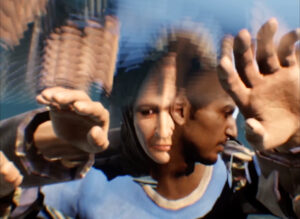
Magazine , PEOPLE – Part II
Il pubblico è una comunità. Ricerche sulle pratiche “socially engaged” negli Stati Uniti di inizio anni ’90
Può una pratica artistica lavorare sul concetto di costruzione e definizione di una comunità? Qual è il ruolo dell’artista all’interno di un processo di trasformazione che coinvolge lo spazio urbano e le persone che lo vivono?
Editions
Printed edition
Assedio e mobilità come modi per stare al mondo: le prime ricerche di KABUL in edizione limitata.
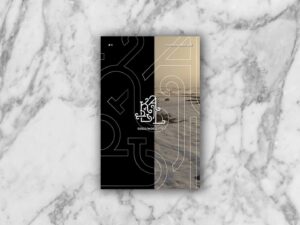
Editions
Utopia on now. Dalle avanguardie artistiche all'utopia del fallimento
Excursus teorico dalla definizione di utopia classica al suo fallimento e alla sua ridefinizione
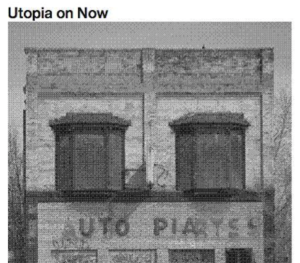
More on Digital Library & Projects
Digital Library
Imitazione di un Sogno
Esplorazioni filosofiche e sensoriali tra sogno e realtà.
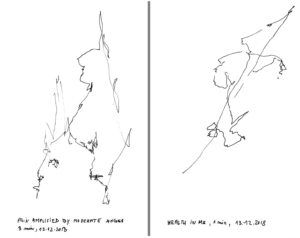
Digital Library
La tanatopolitica e il suicidio per mano della società
"Il tempo è finalmente scaduto... Non sono una brava persona, ho fatto cose cattive. Ho ucciso, e ora è tempo che mi uccida": su guerra e pandemia per disaffermare la biopolitica.
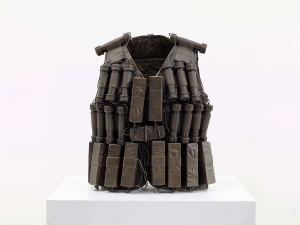
Projects
Le forme pop della didascalia
L’uso della didascalia nel contesto museale e la descrizione dell’immagine nell'epoca della cultura visiva: una riflessione scaturita dal secondo appuntamento di Q-RATED (Quadriennale di Roma).
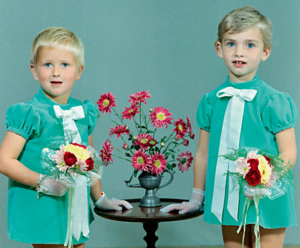
Projects
Sconfiggere il populismo sovranista con il linguaggio esoterico dell’arte contemporanea e la collaborazione dei musei
Quali sono i diversi approcci adottati da curatori e direttori di musei per condurre un workshop nella propria istituzione? Una riflessione scaturita da Q-RATED, il programma di workshop organizzato da Quadriennale di Roma.
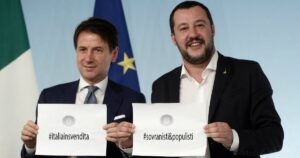
Iscriviti alla Newsletter
"Information is power. But like all power, there are those who want to keep it for themselves. But sharing isn’t immoral – it’s a moral imperative” (Aaron Swartz)
-
Giulia Colletti is in charge of the Public Programs and Digital Sphere at Castello di Rivoli Museo d’Arte Contemporanea. She has been recently appointed member of the Curatorial Board of the 19th Biennial of Young Artists from Europe and the Mediterranean. She is an iCI (Cape Town) and Curators Lab (12th Shanghai Biennale) alumna. She has independently curated an array of exhibitions with artists including Elisabetta Benassi; Sarah Browne; Marcel Broodthaers; Núria Güell; Adelita Husni-Bey; Hanne Lippard; Wolfgang Tillmans; and Sue Tompkins, amongst others.
C. Bishop, Artificial Hells: Participatory Art and the Politics of Spectatorship, Verso Book, Berlin 2012.
M. Fisher, Capitalist Realism: Is There No Alternative?, Zero Books, London 2009.
C. Fontaine, Human Strike Has Already Begun & Other Writings, Mute and Post-Media Lab, Berlin 2013.
F. McKee, How to Know What’s Really Happening, Mai Abu ElDahab, Maha Maamoun, Ala Younis, Stenberg Press, Berlin 2016.
H. Melville, Bartleby, The Scrivener: A Story Of Wall-Street, in The Piazza Tales, Modern Library, New York 1997.
V. J. Müller, C. Ricupero, N. Schafhausen, New Ways of Doing Nothing, Stenberg Press, Berlin 2016.
S. Sheikh, Capital (It Fails Us Now), b_books, Berlin 2006.
N. Srnicek, A. Williams, Inventing the Future: Postcapitalism and a World Without Work, Verso, New York 2015.
A. Sundararajan, The Sharing Economy: The End of Employment and the Rise of Crowd-Based Capitalism, MIT Press, Cambridge 2017.
KABUL è una rivista di arti e culture contemporanee (KABUL magazine), una casa editrice indipendente (KABUL editions), un archivio digitale gratuito di traduzioni (KABUL digital library), un’associazione culturale no profit (KABUL projects). KABUL opera dal 2016 per la promozione della cultura contemporanea in Italia. Insieme a critici, docenti universitari e operatori del settore, si occupa di divulgare argomenti e ricerche centrali nell’attuale dibattito artistico e culturale internazionale.
